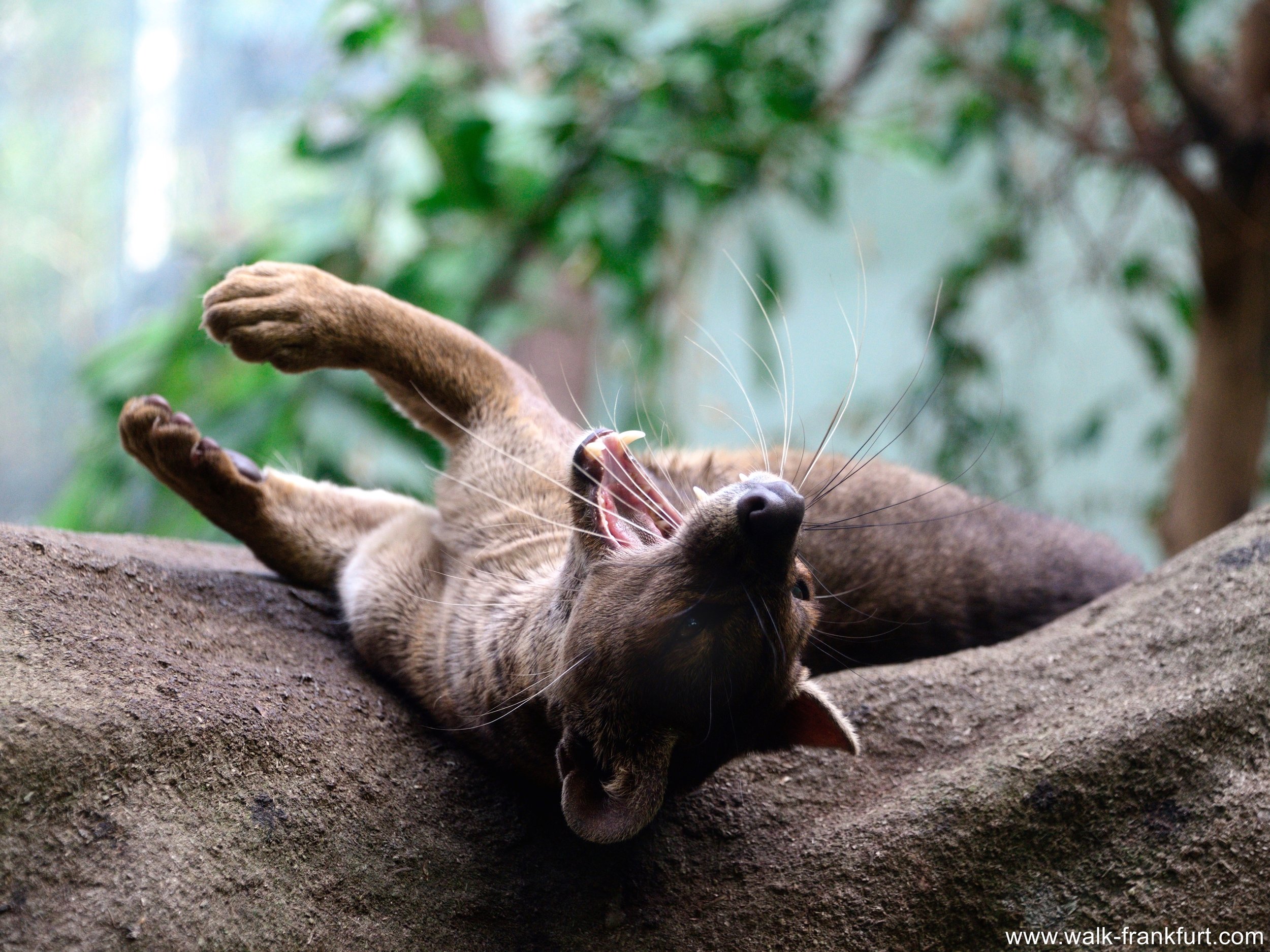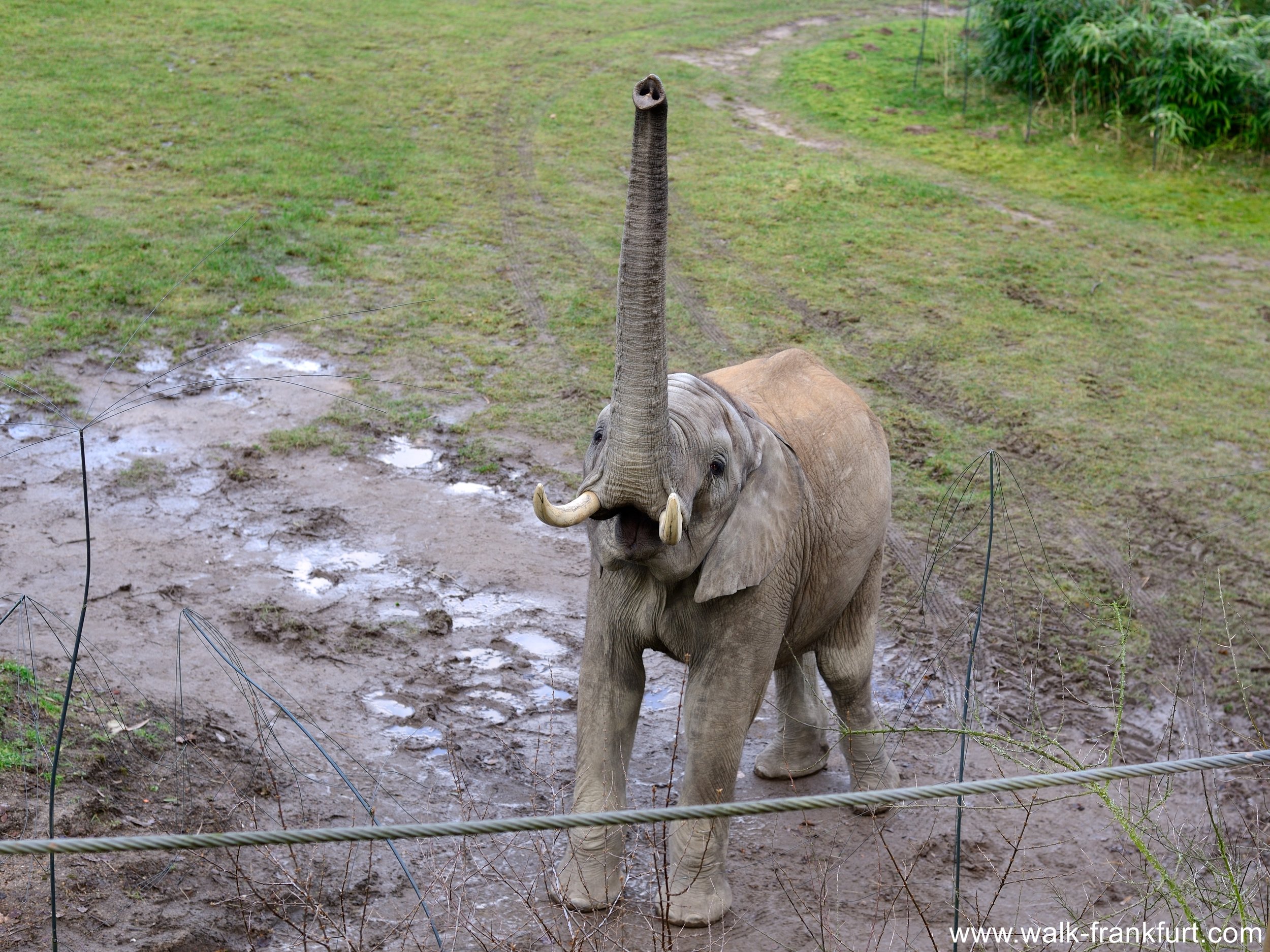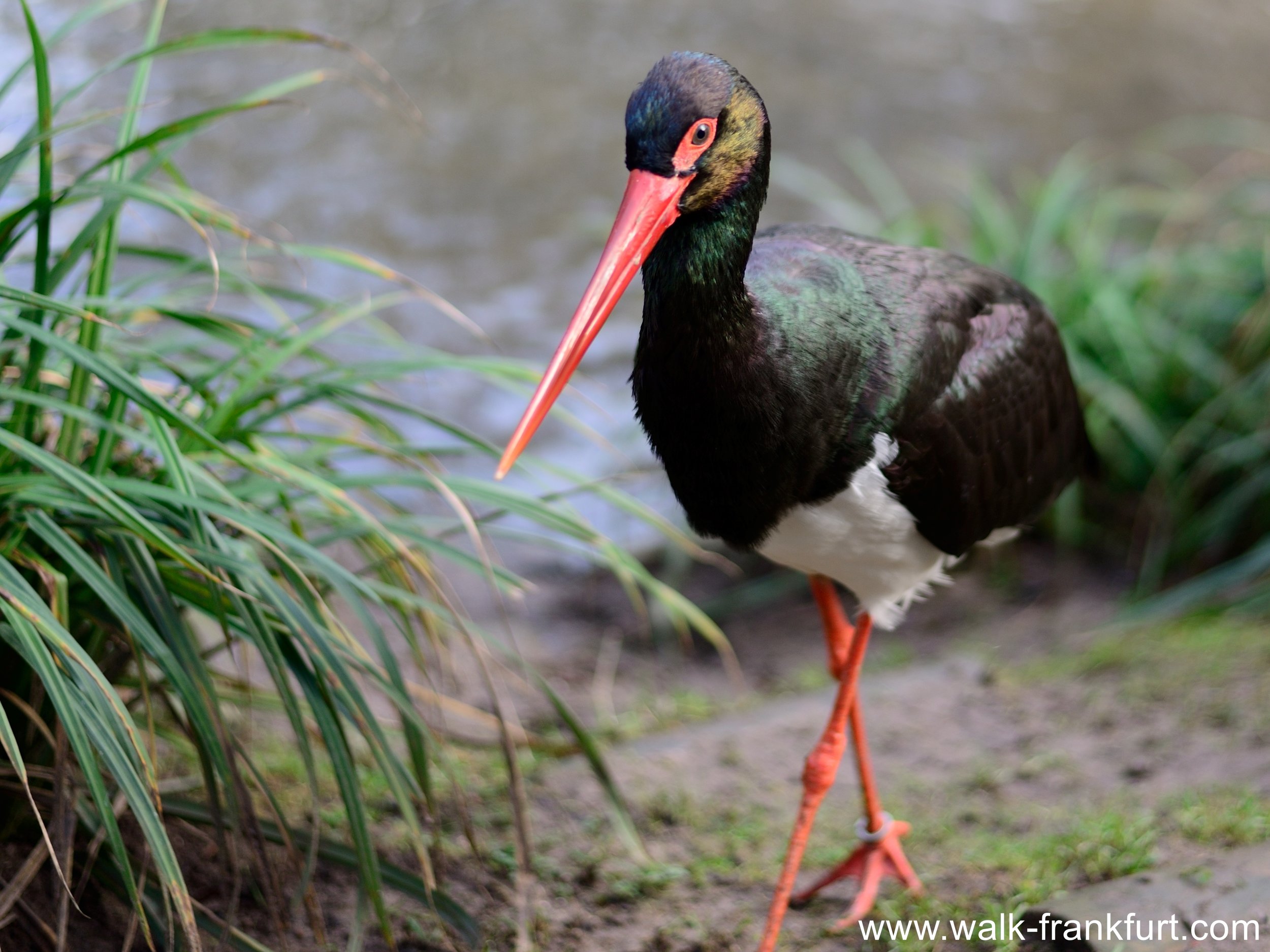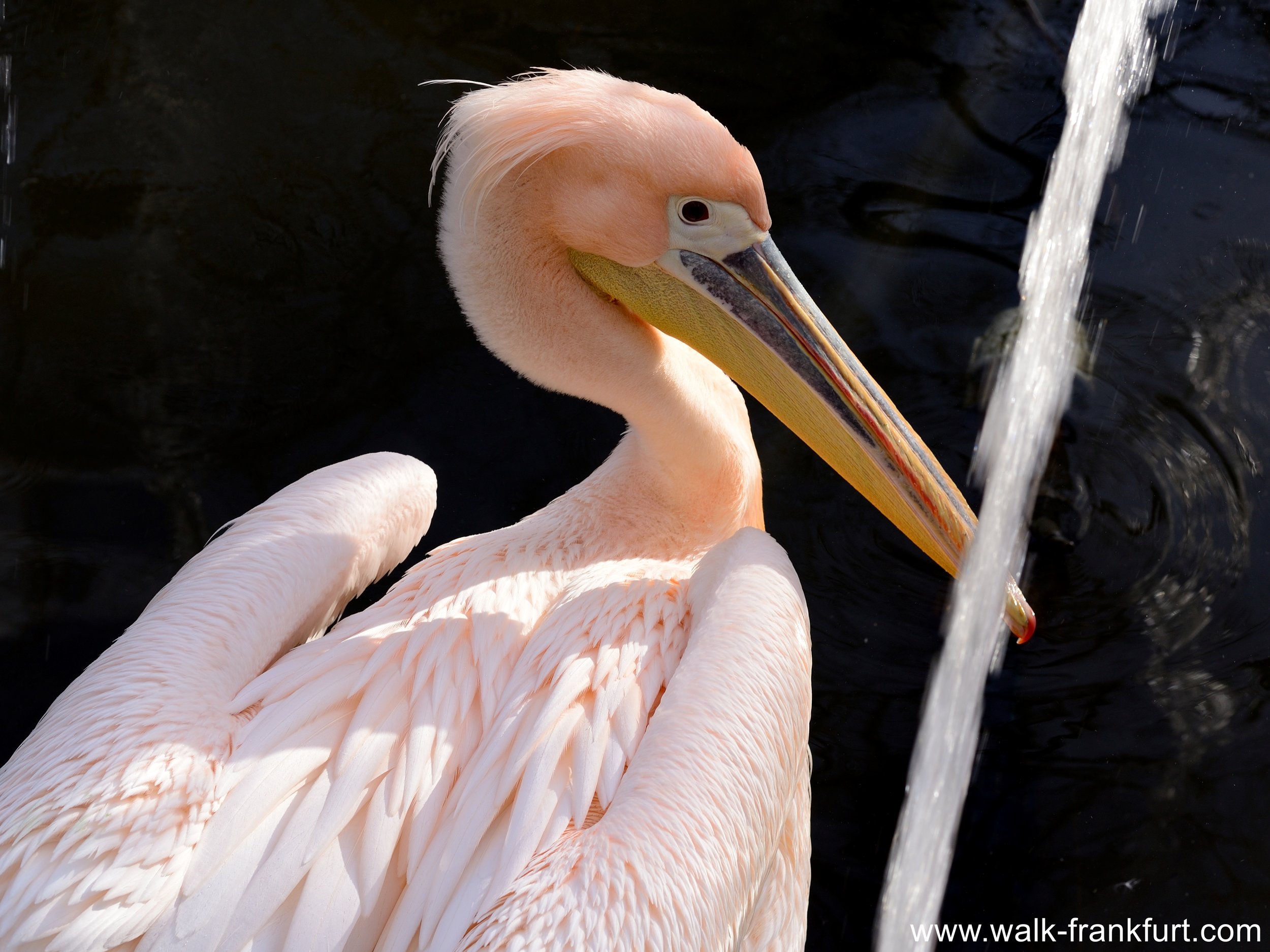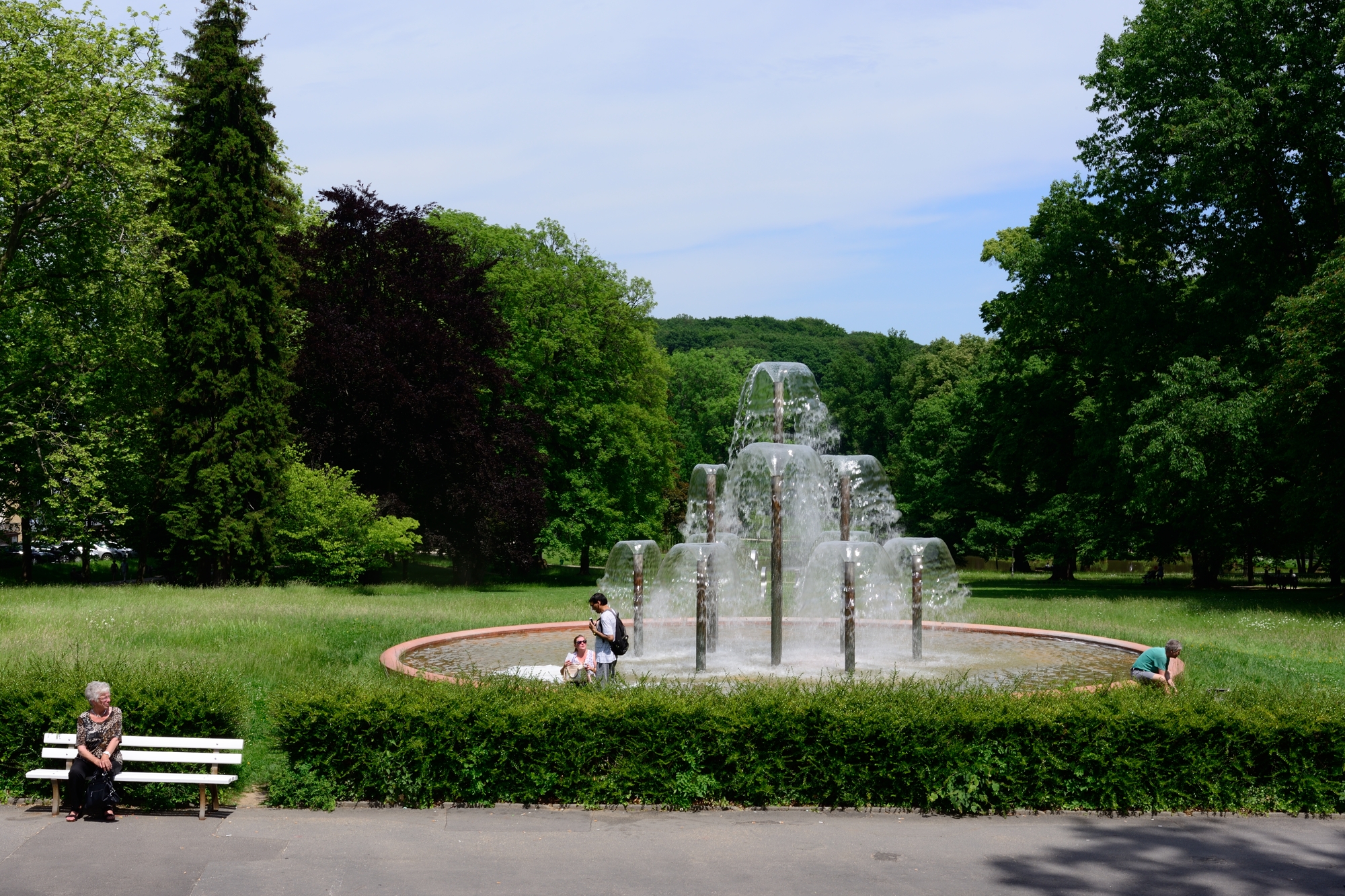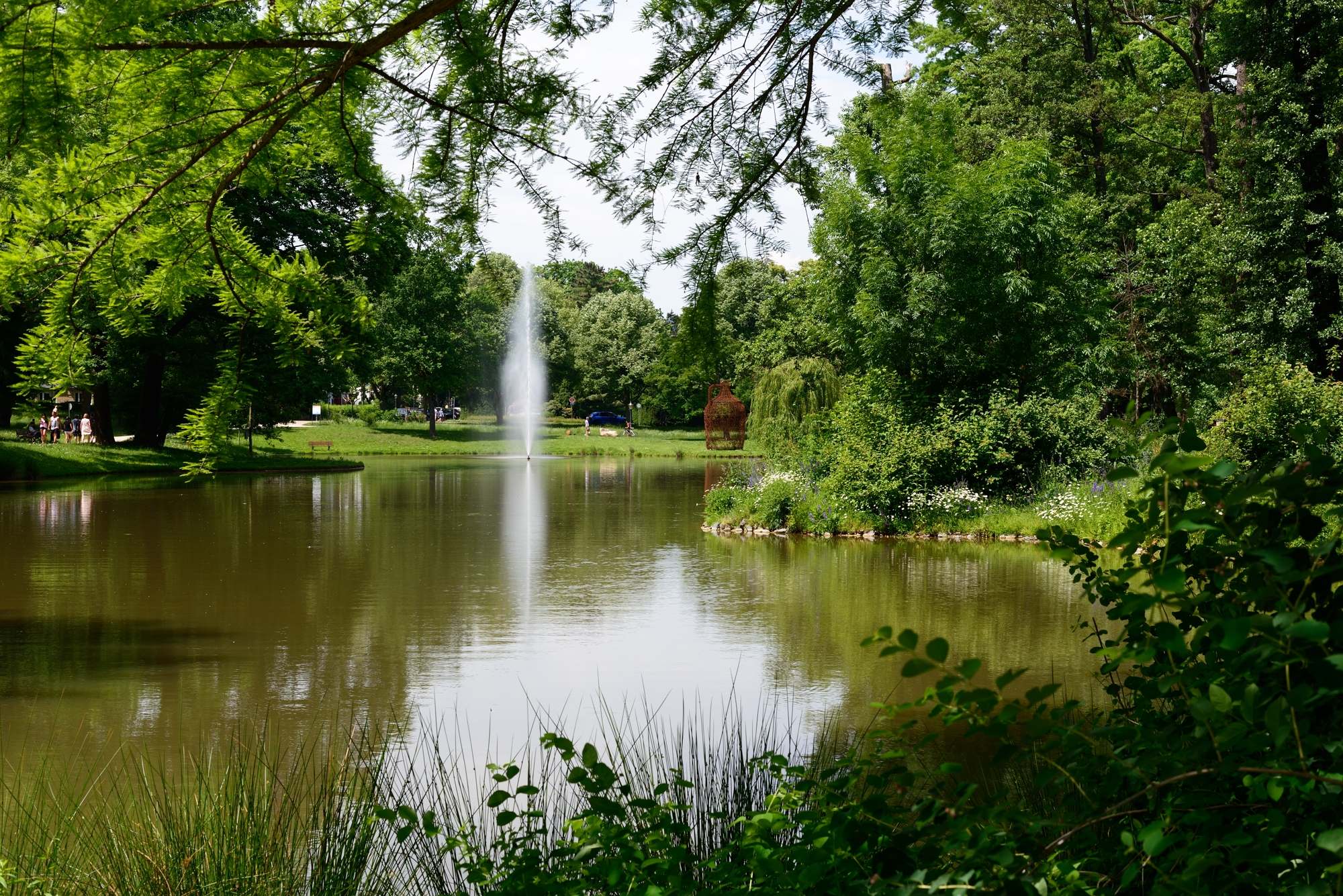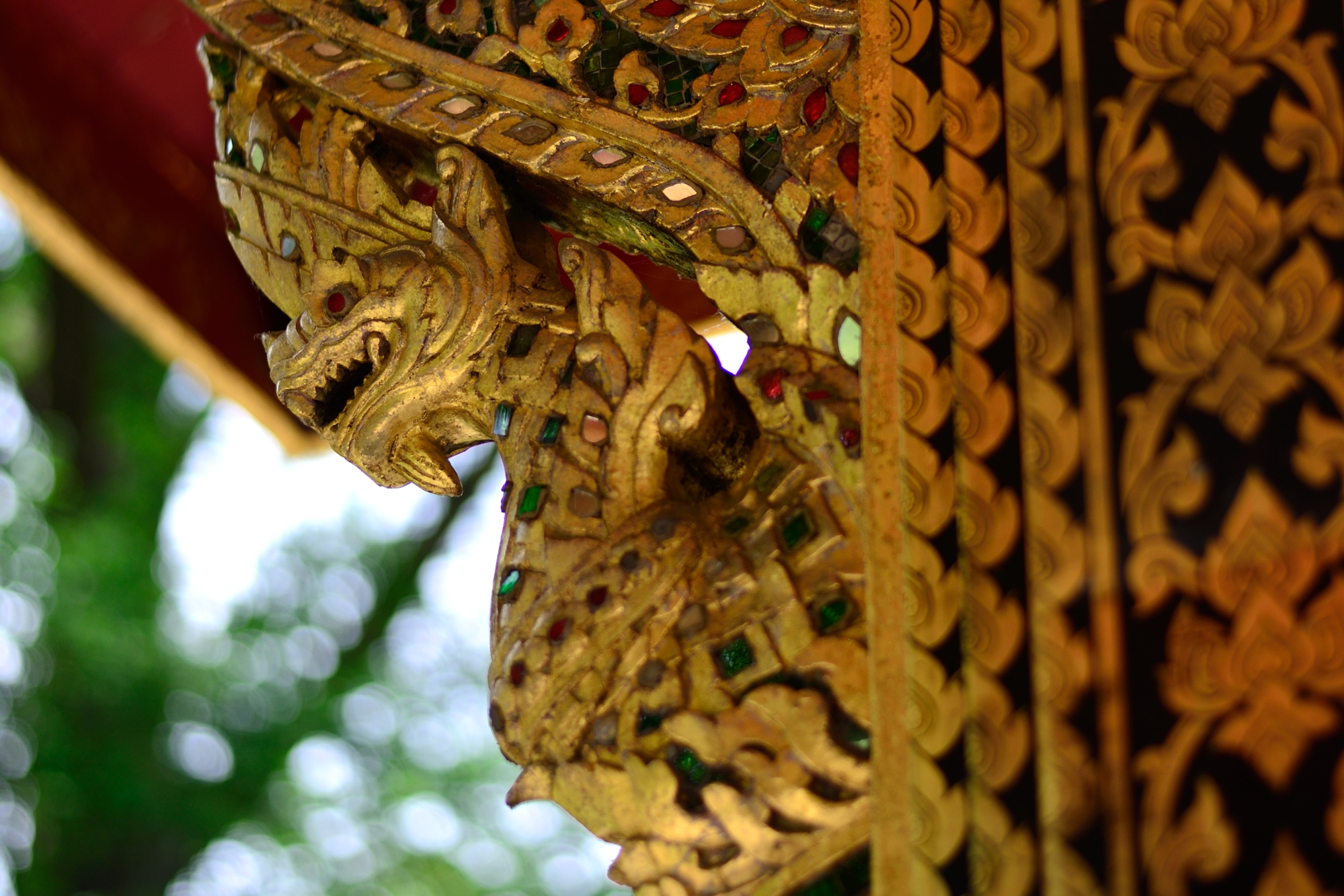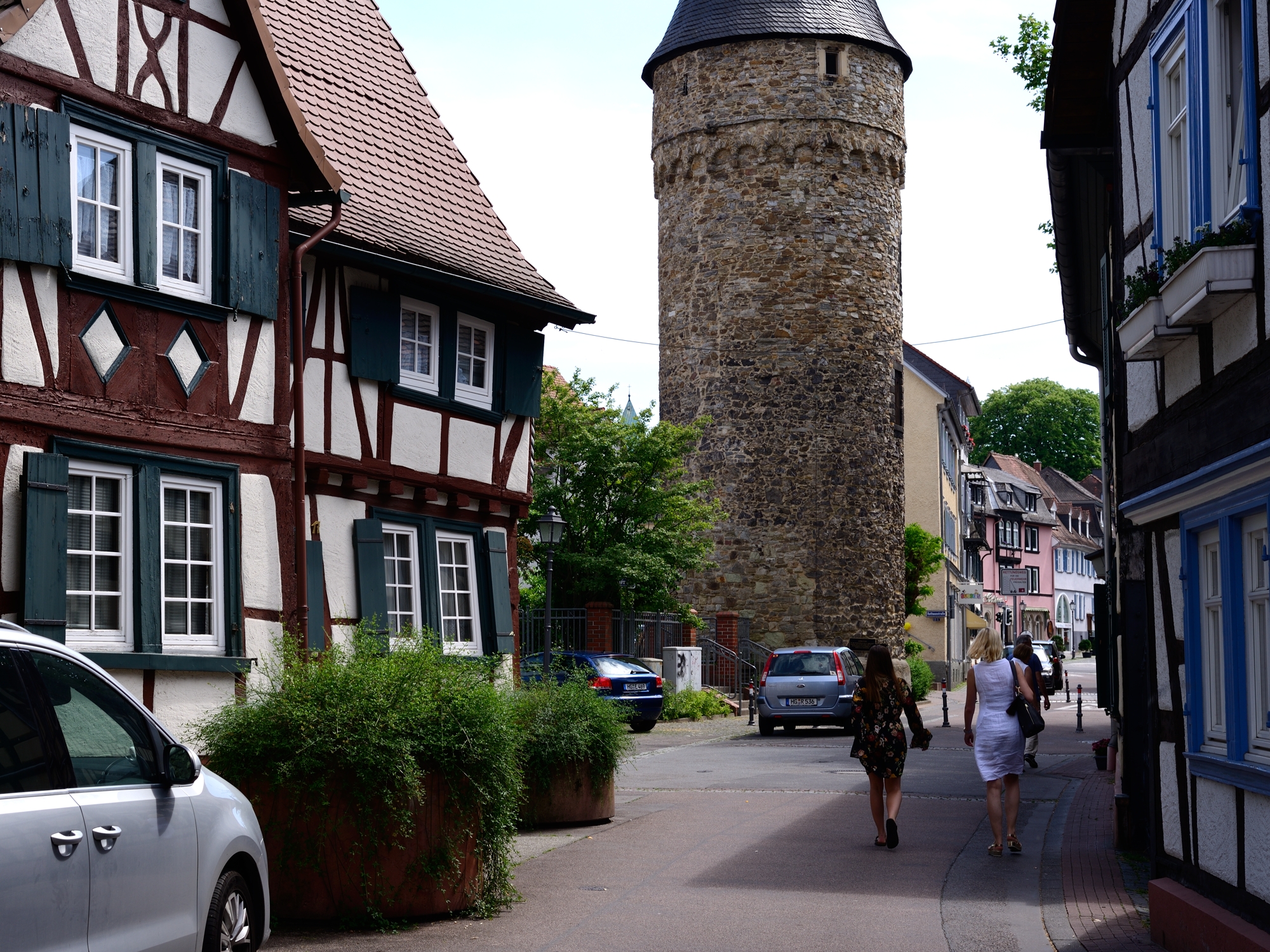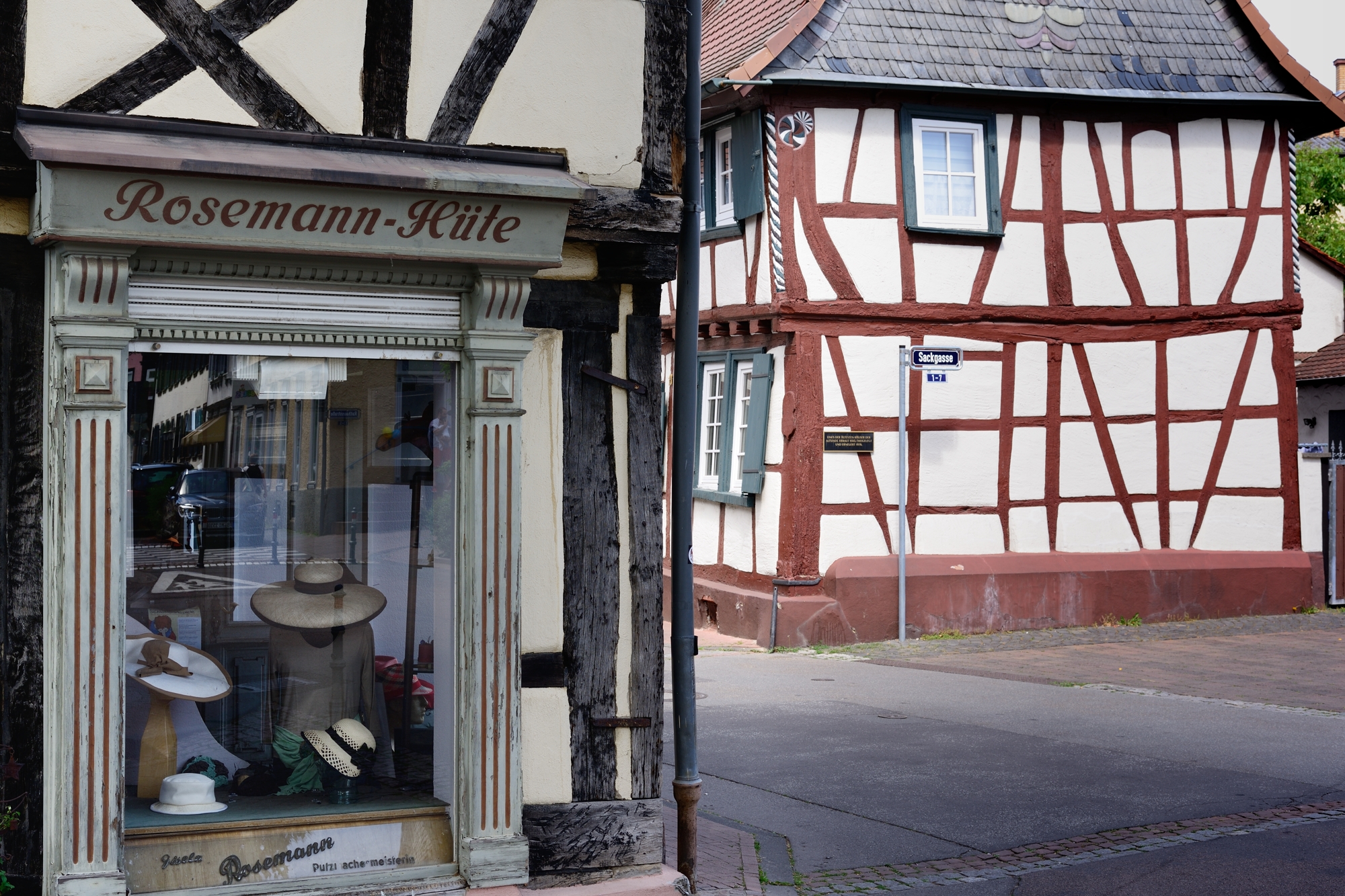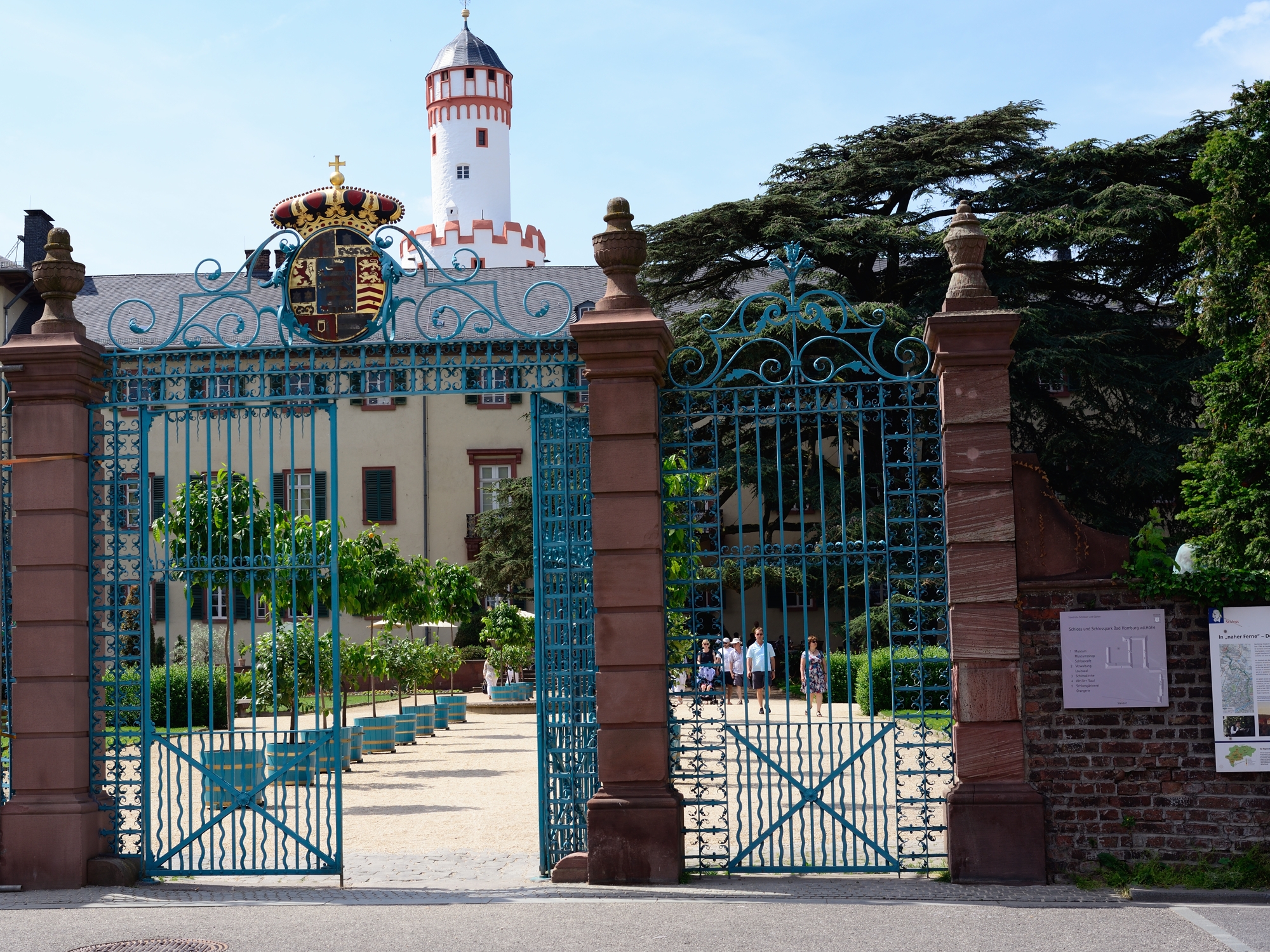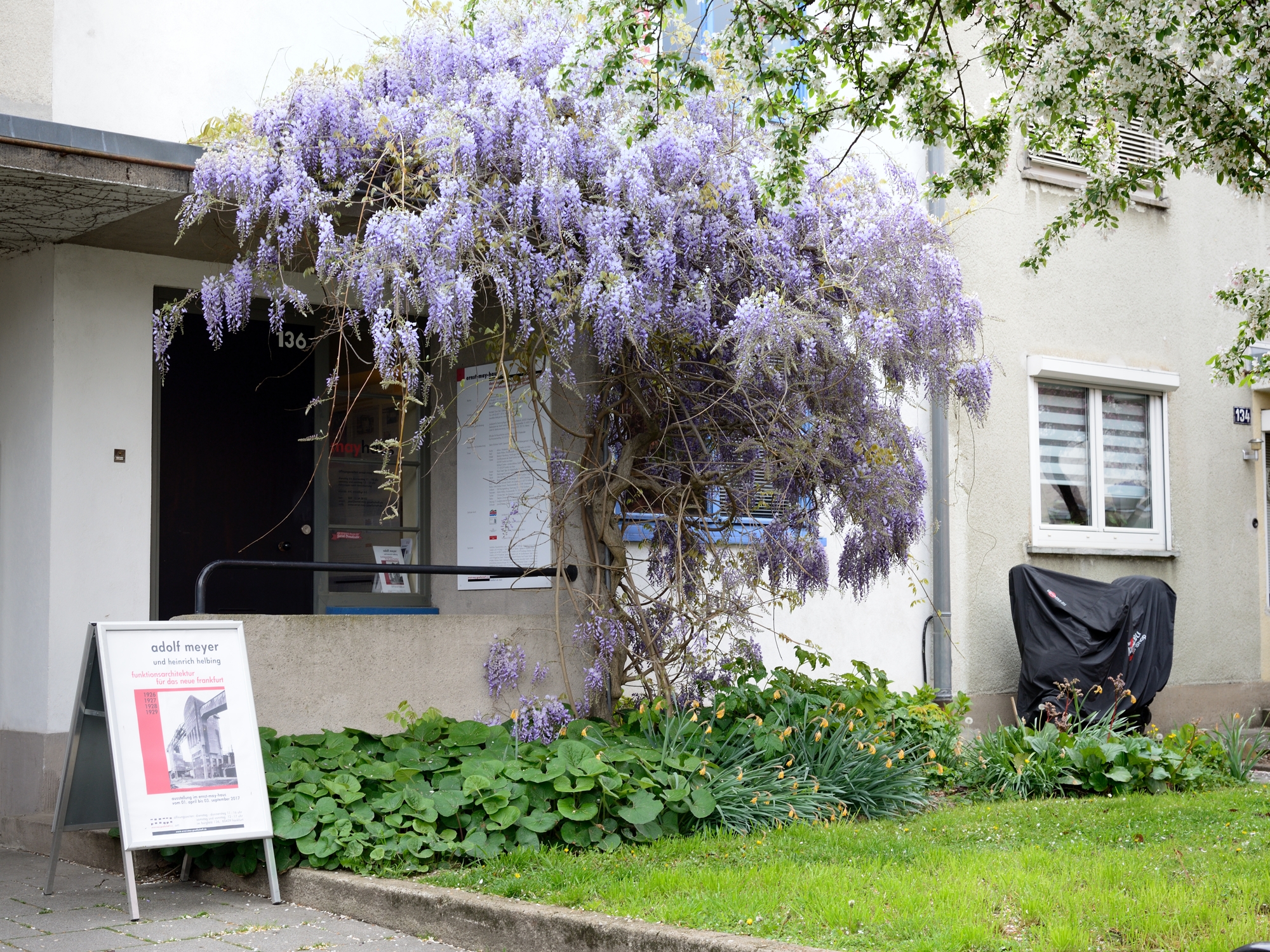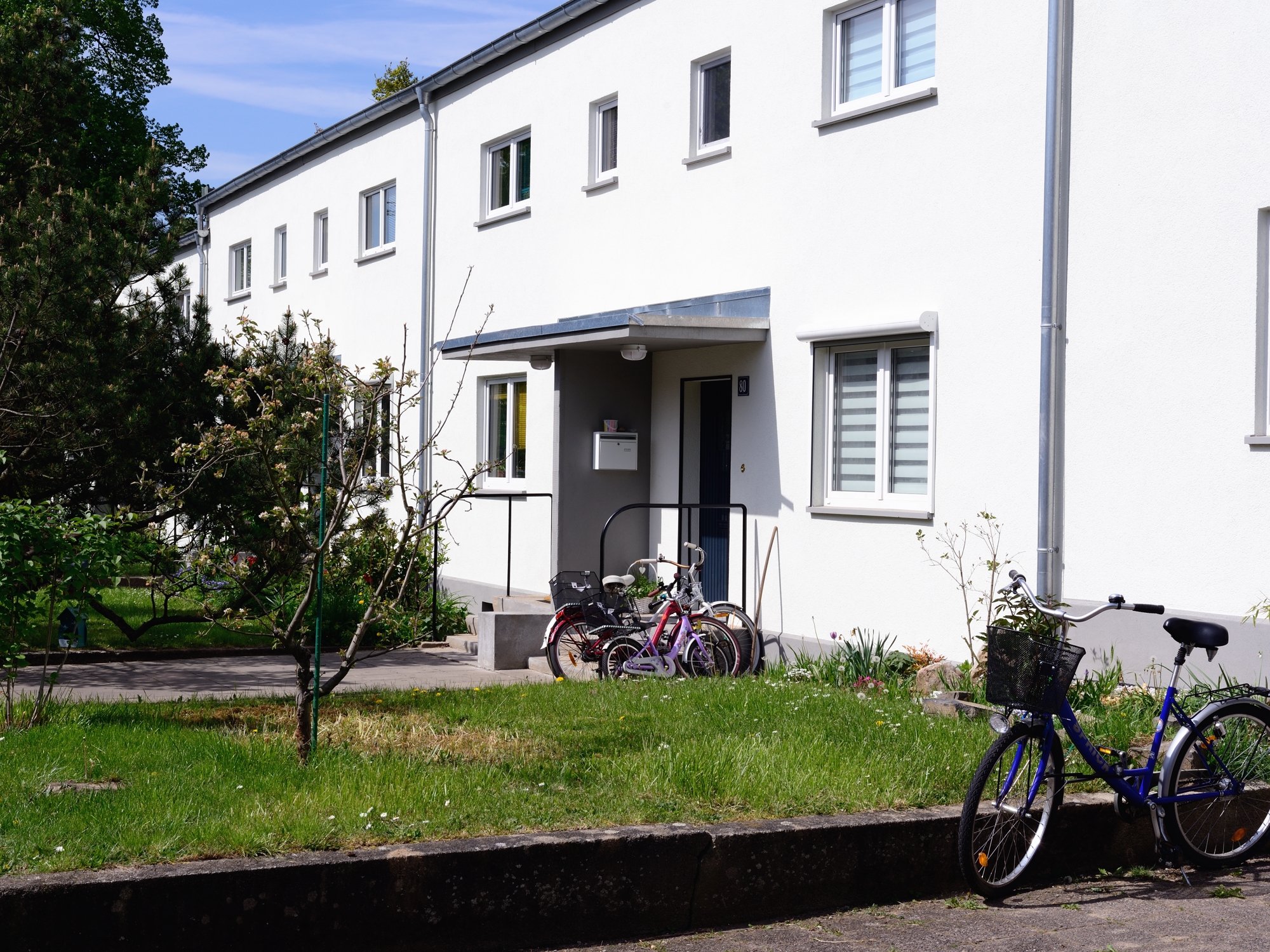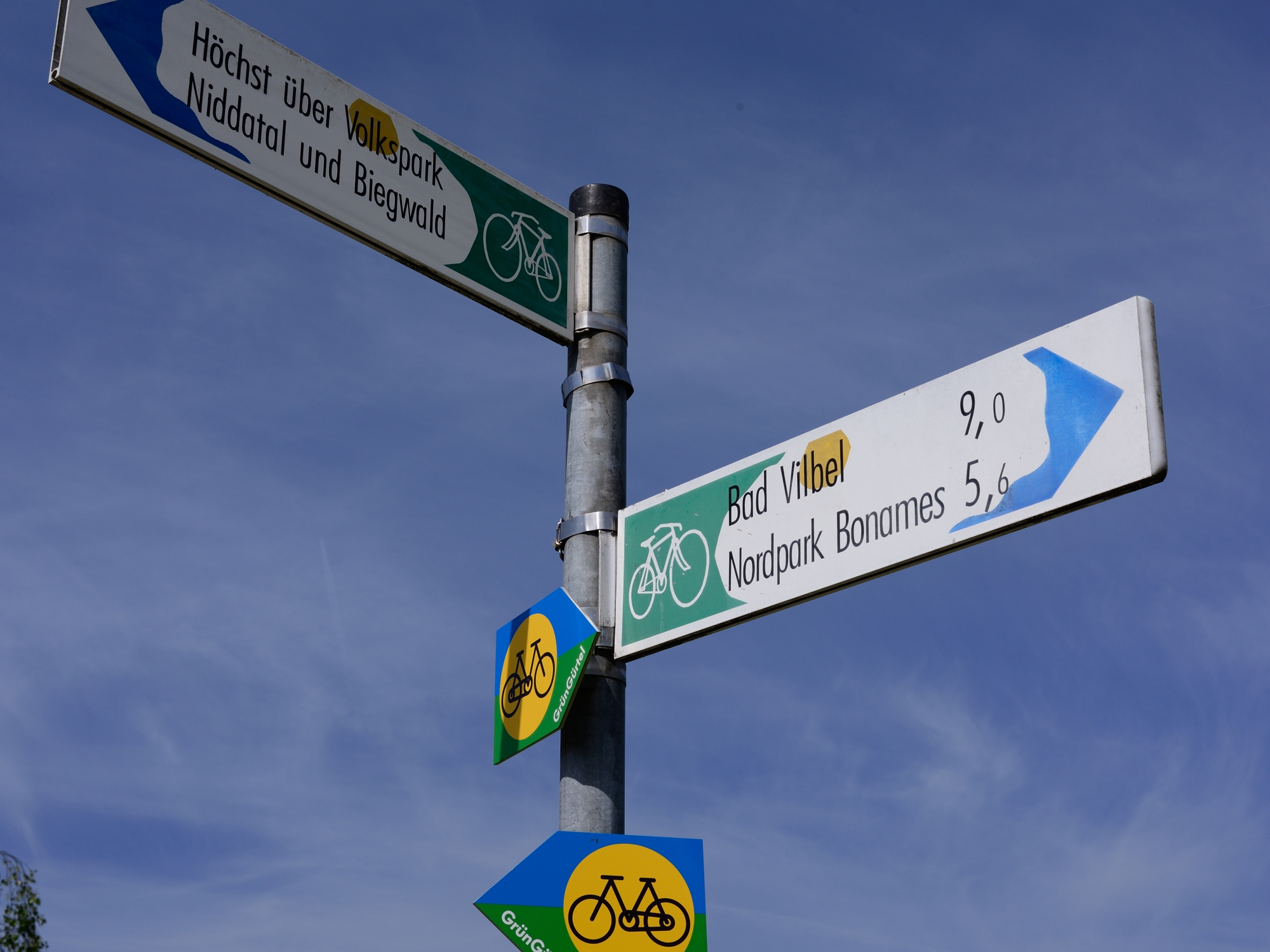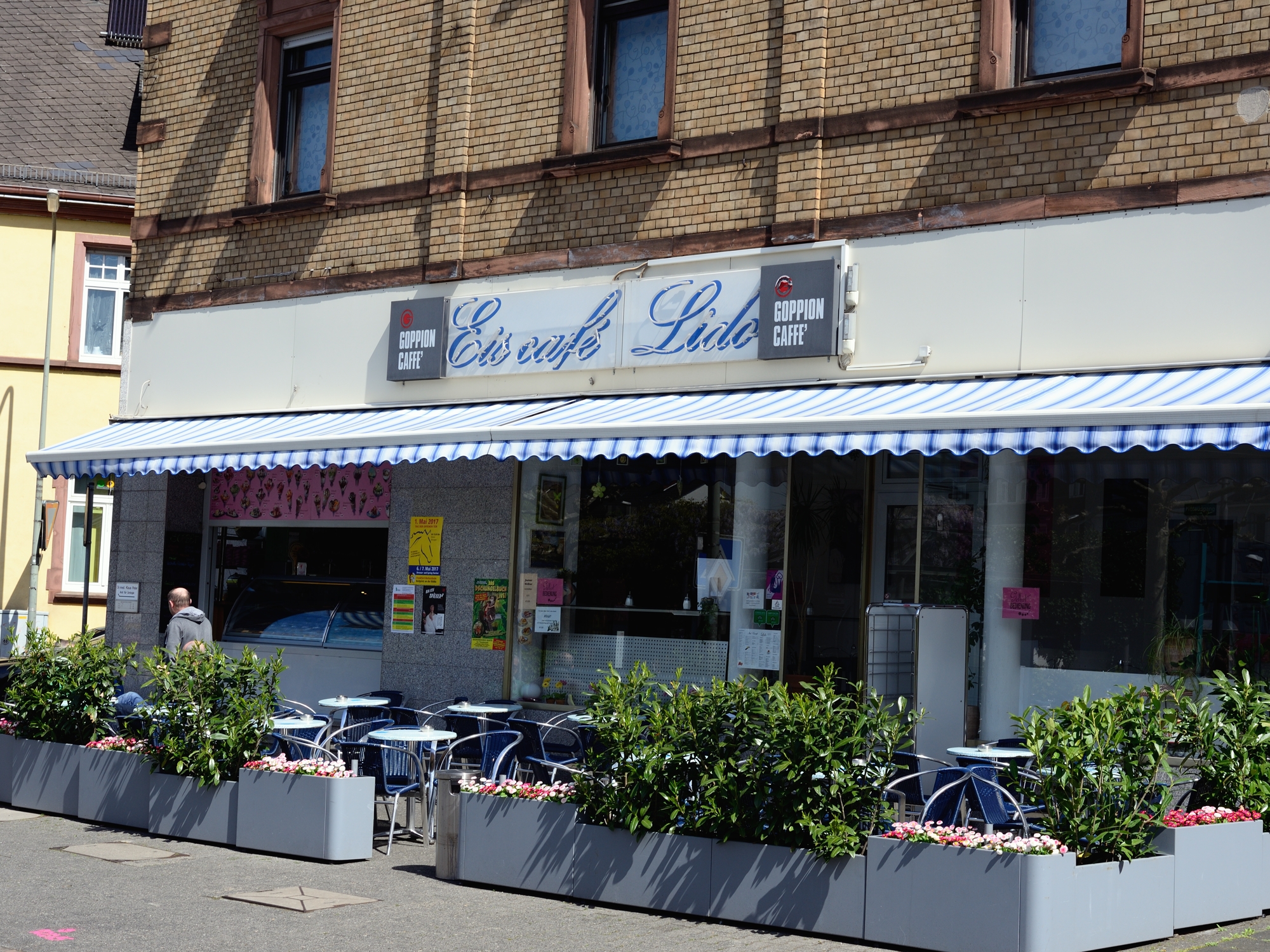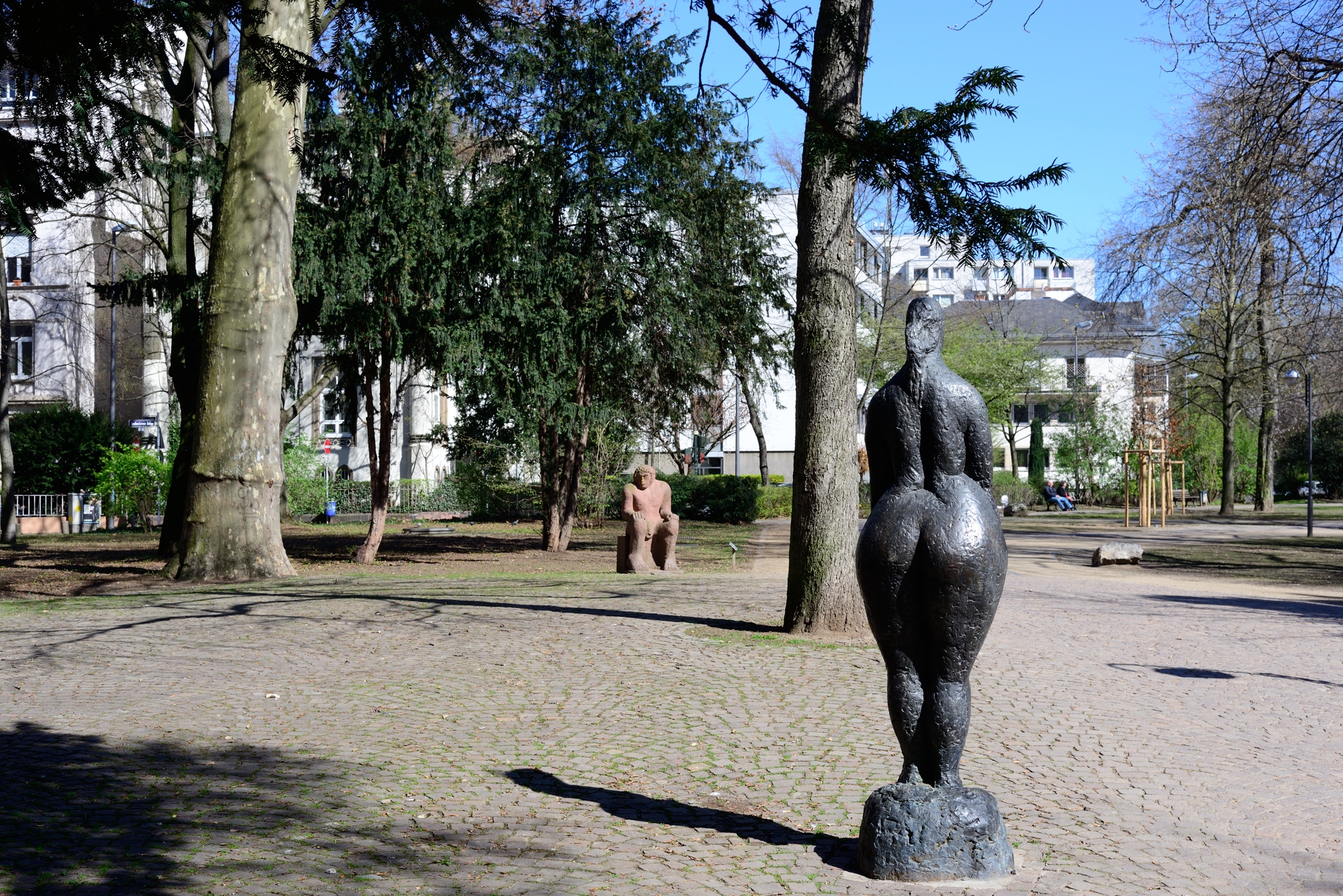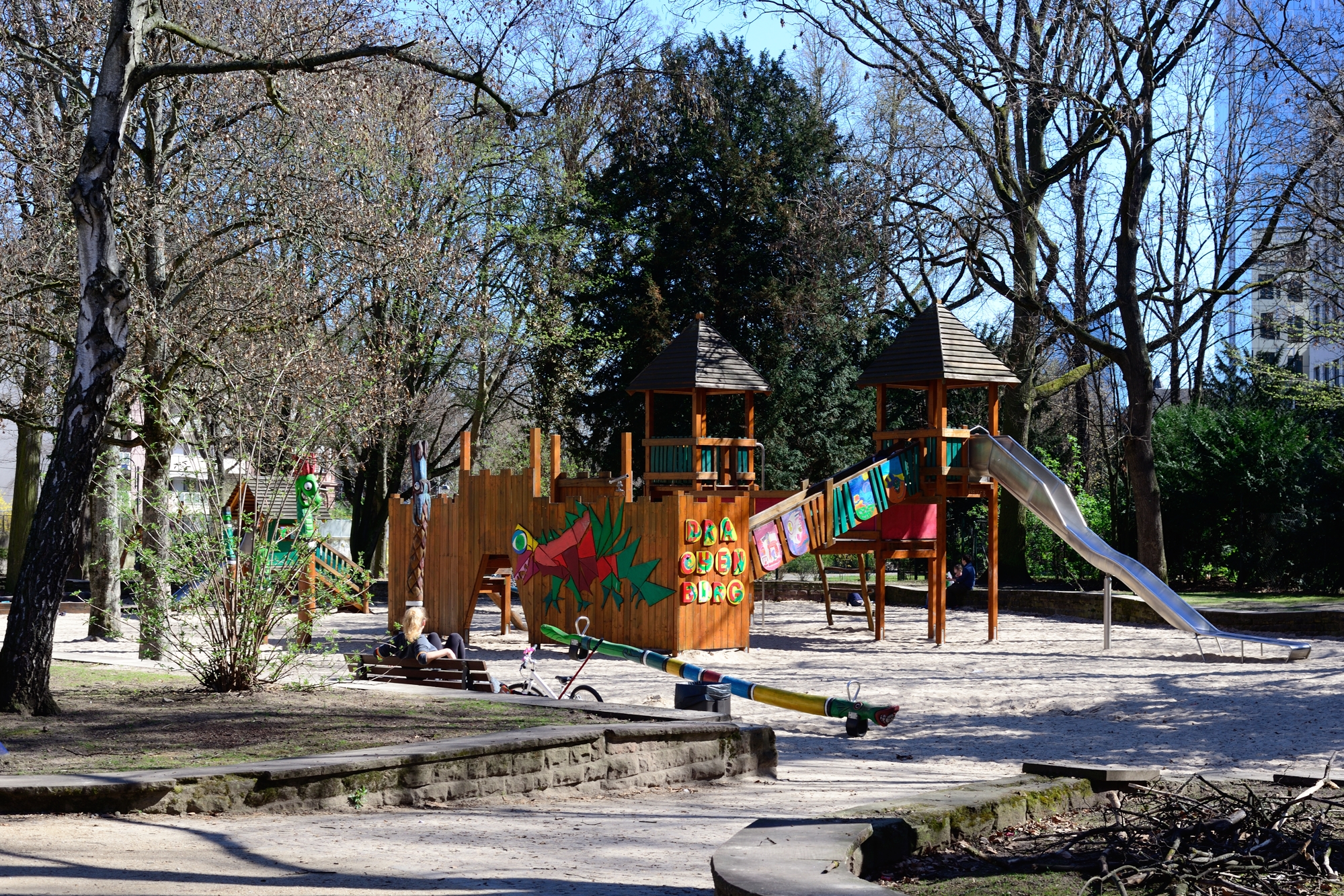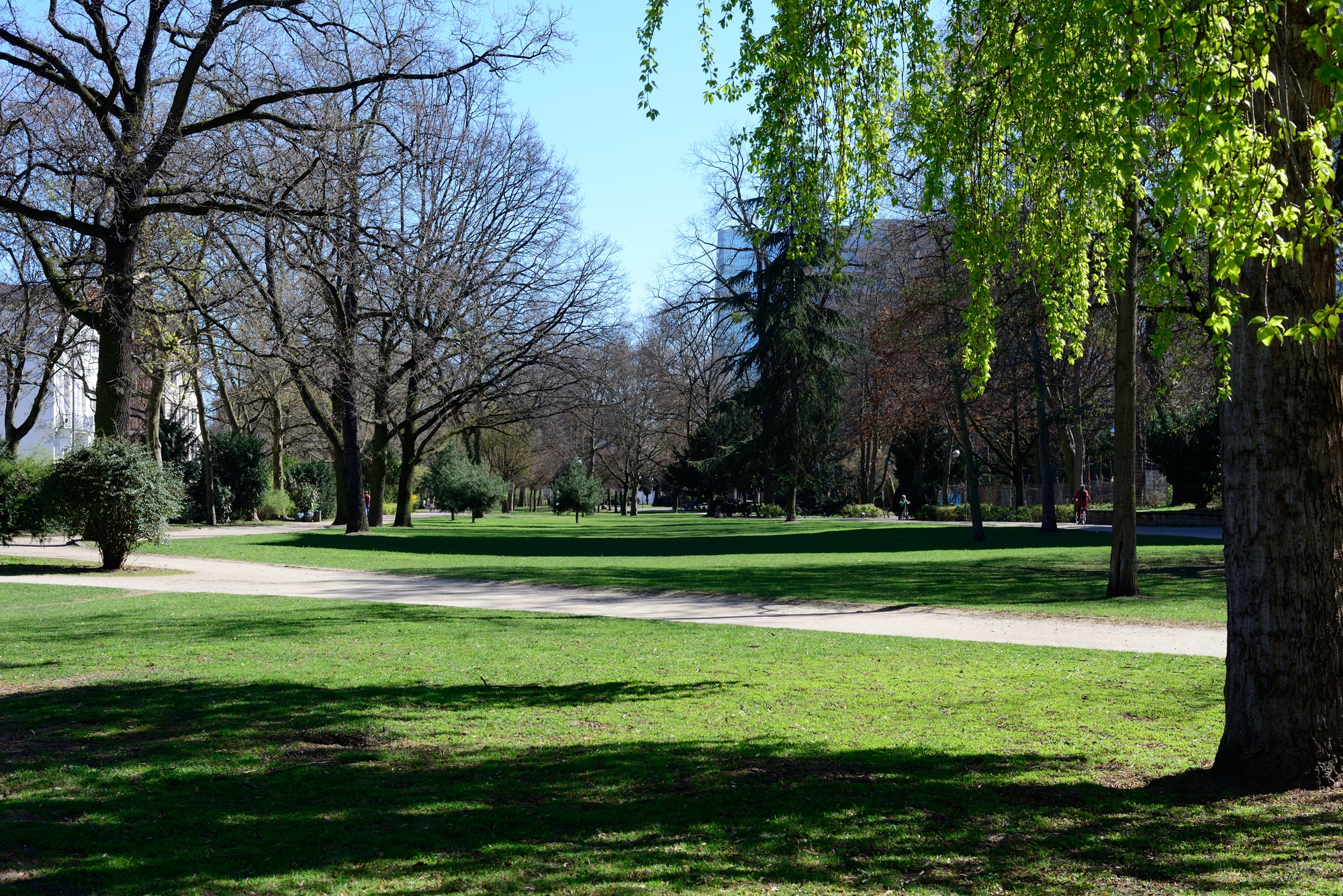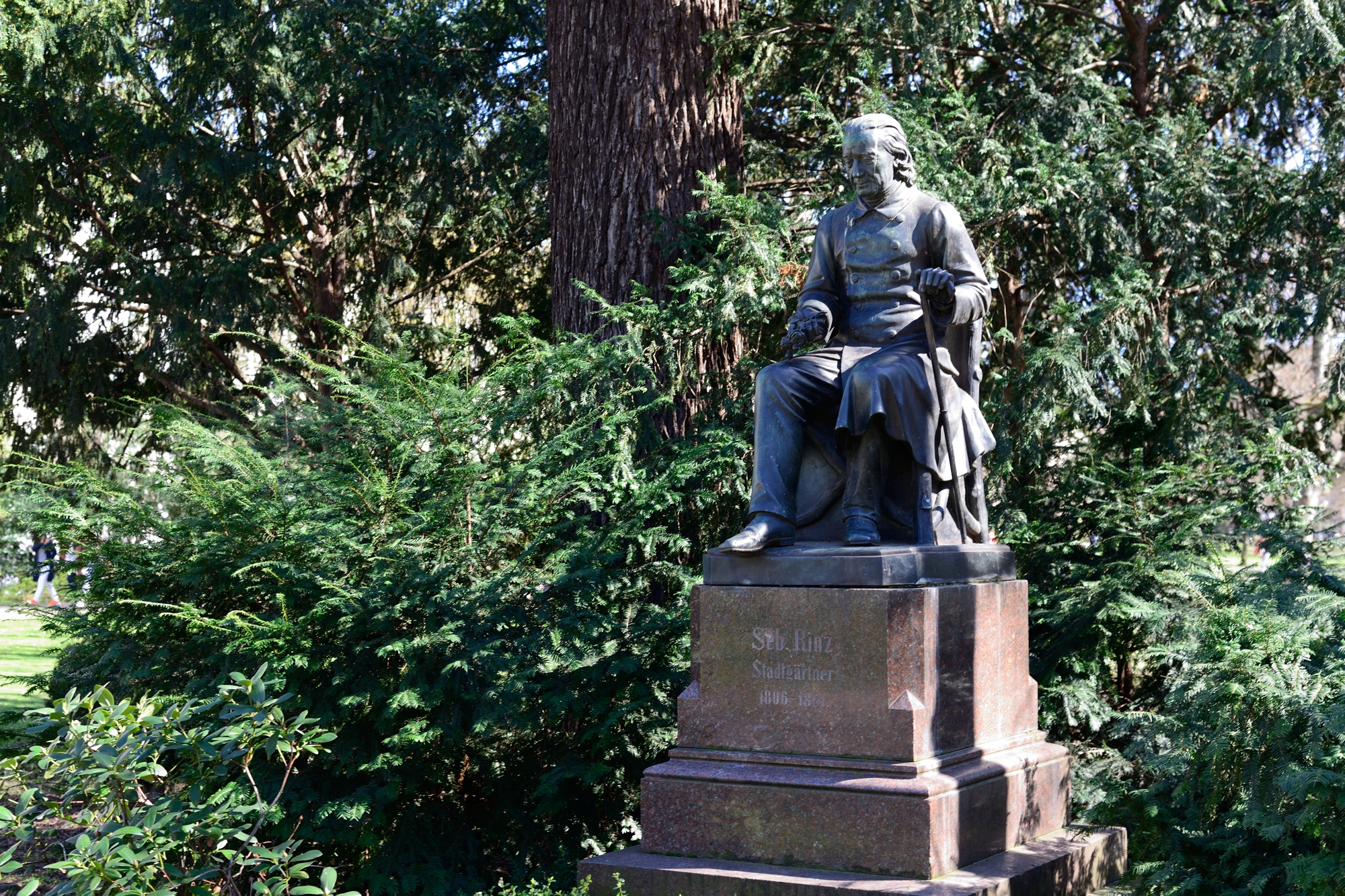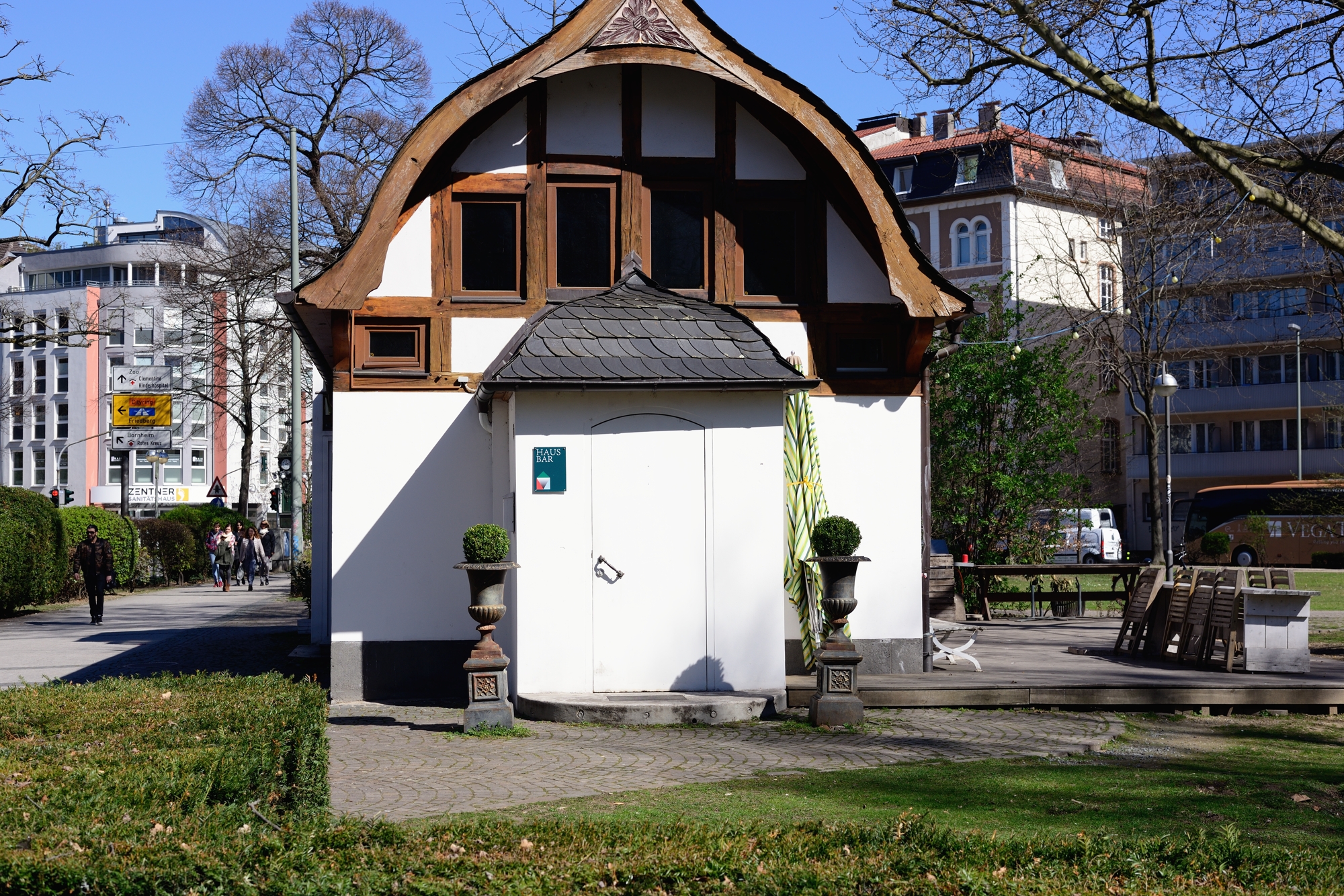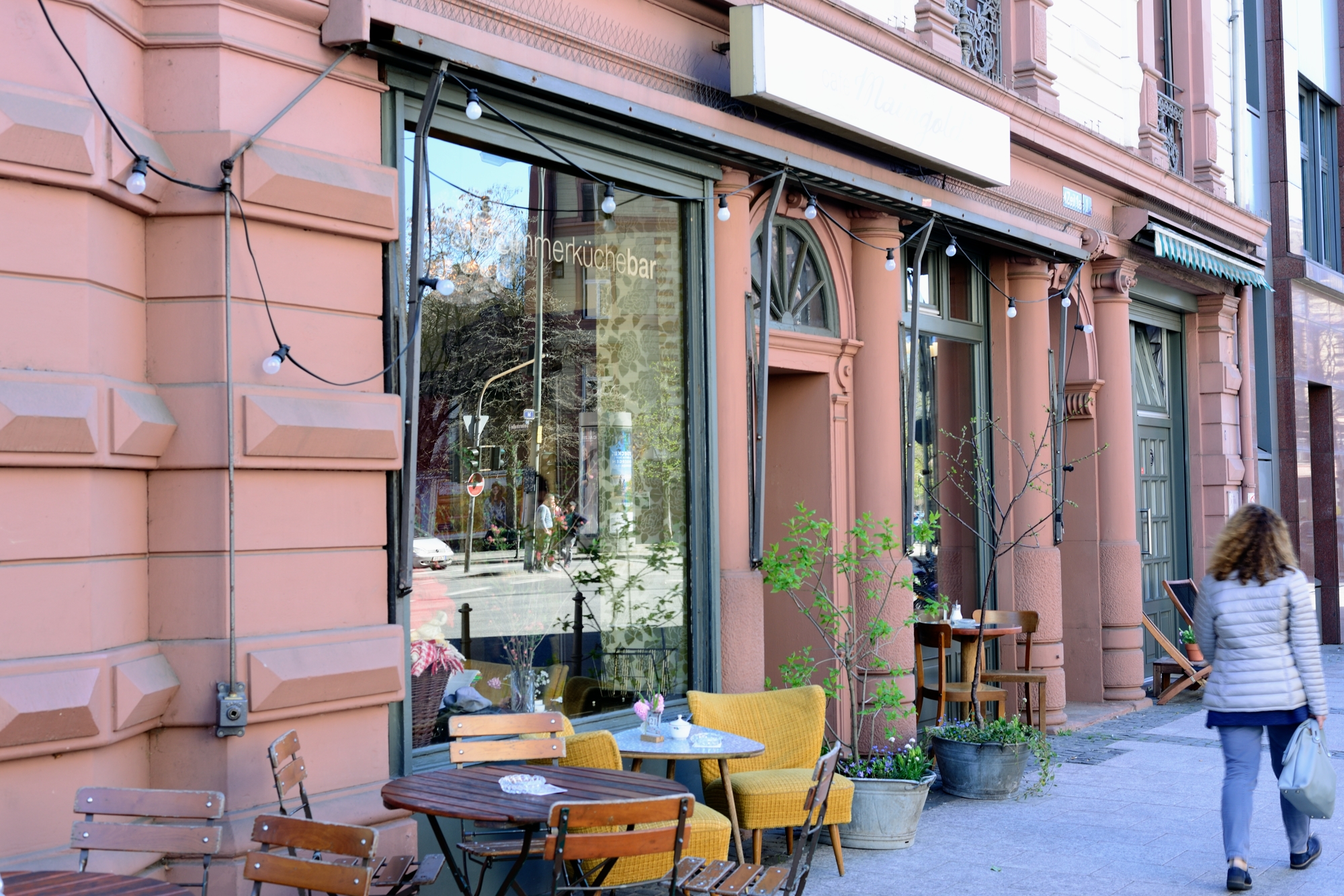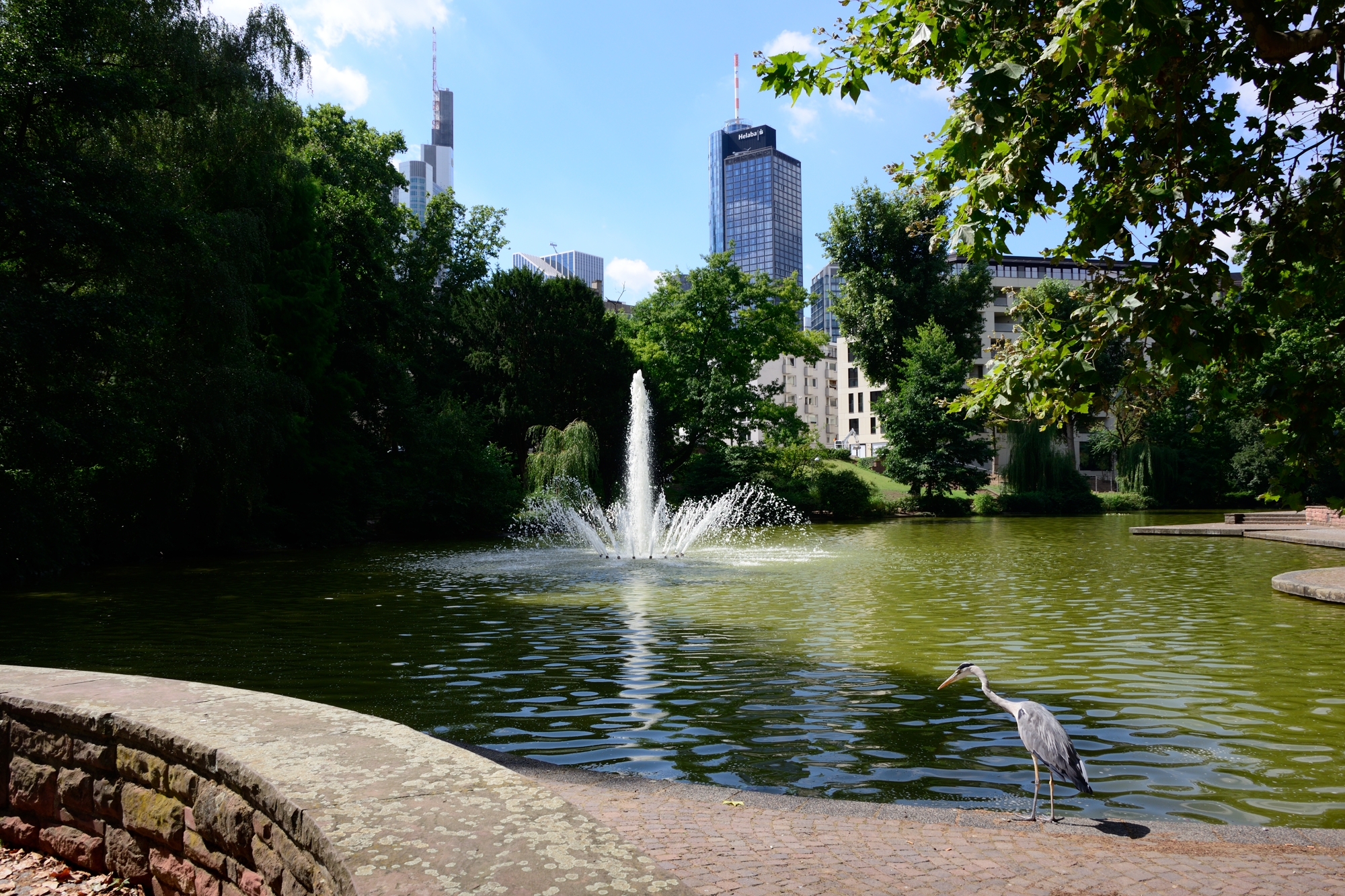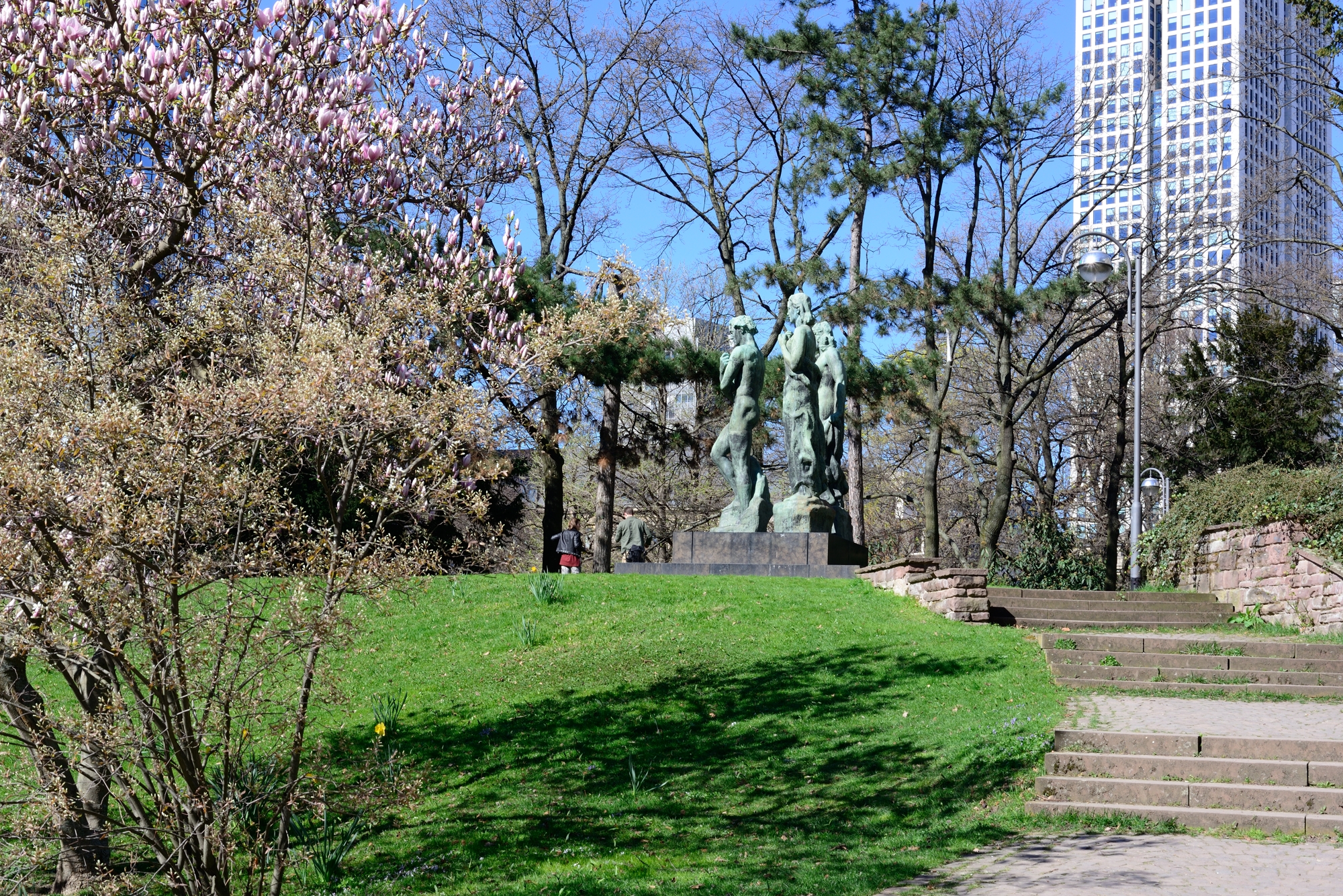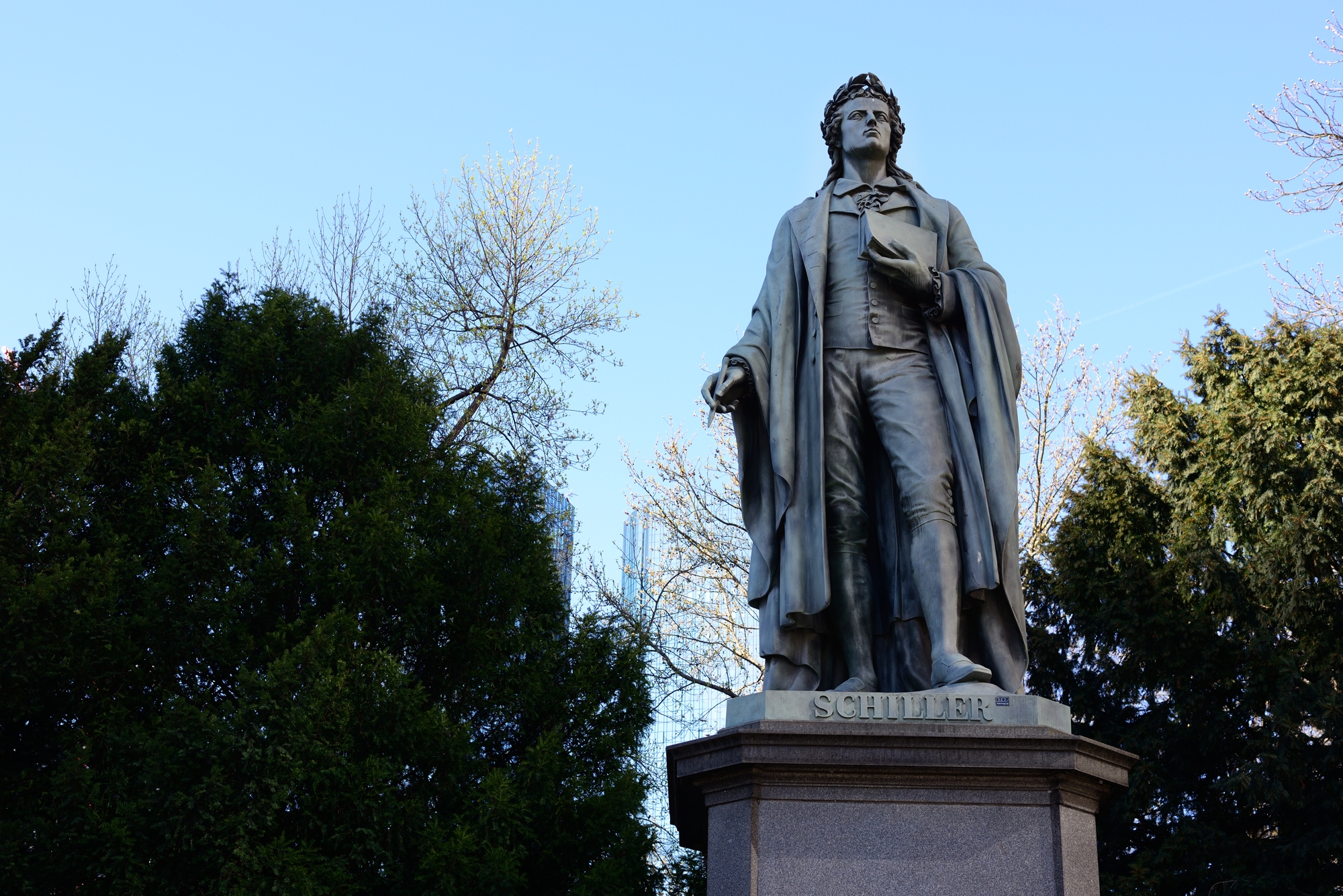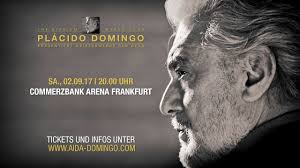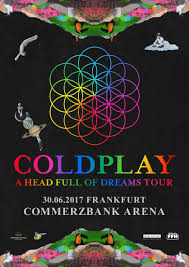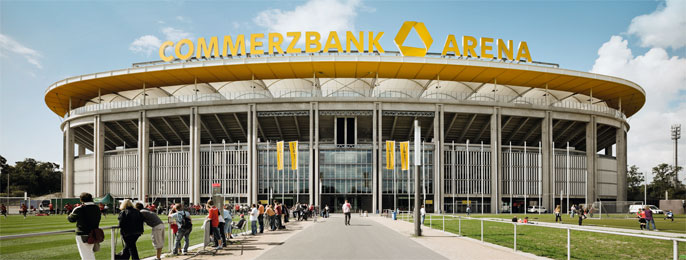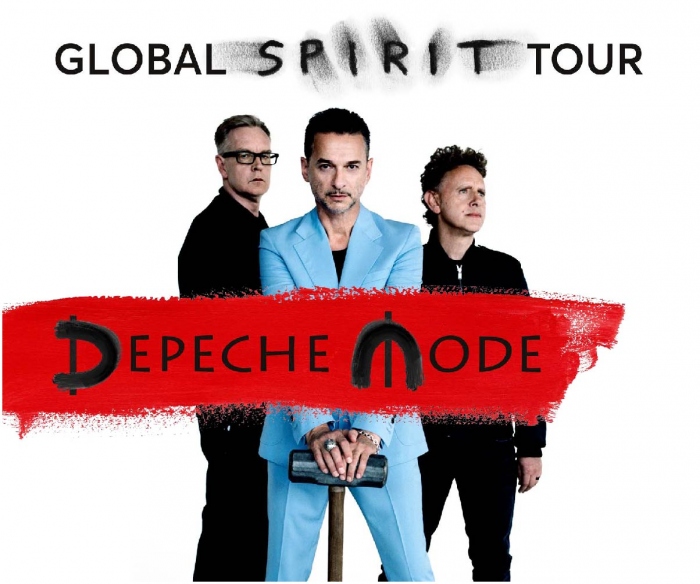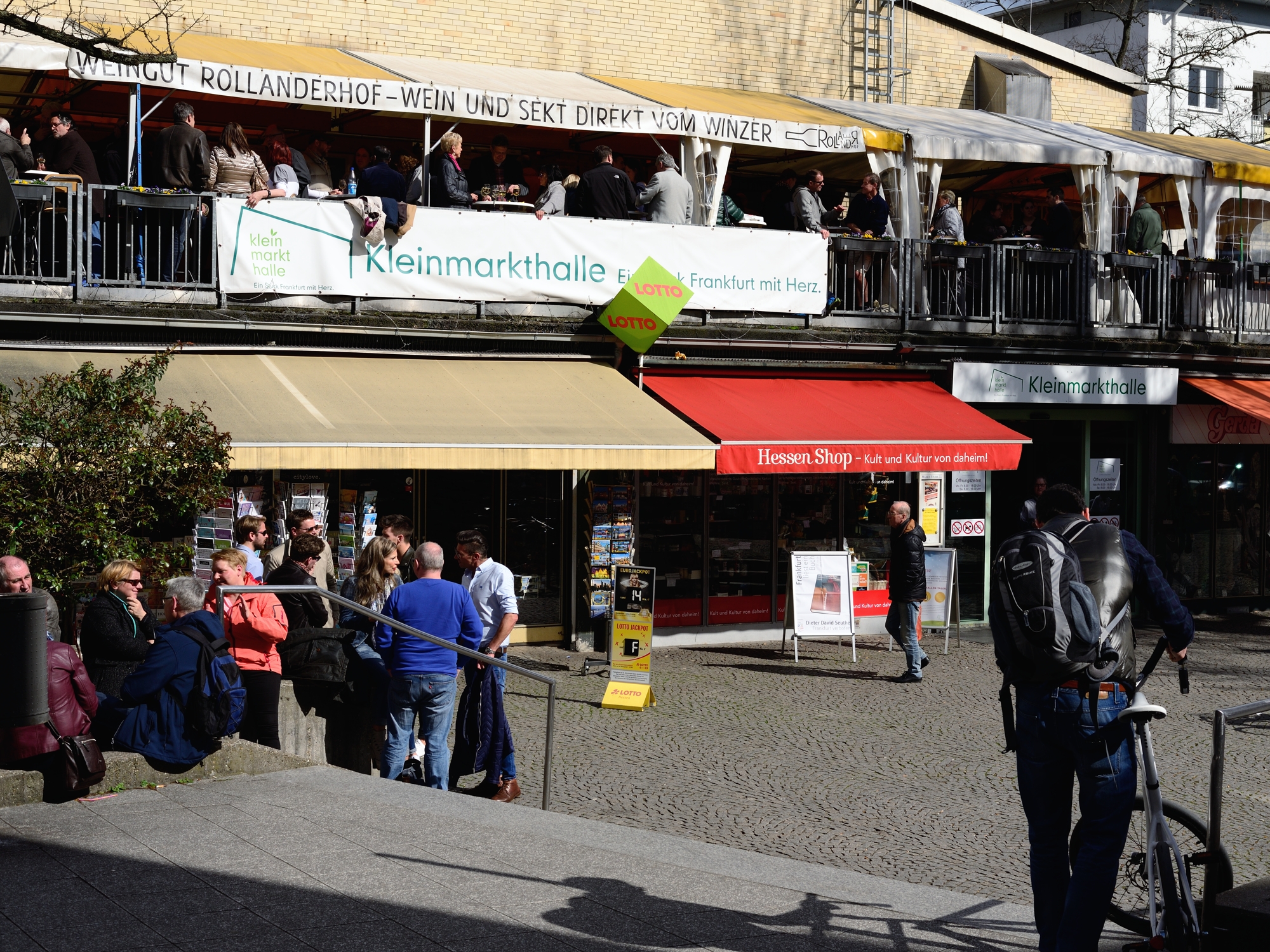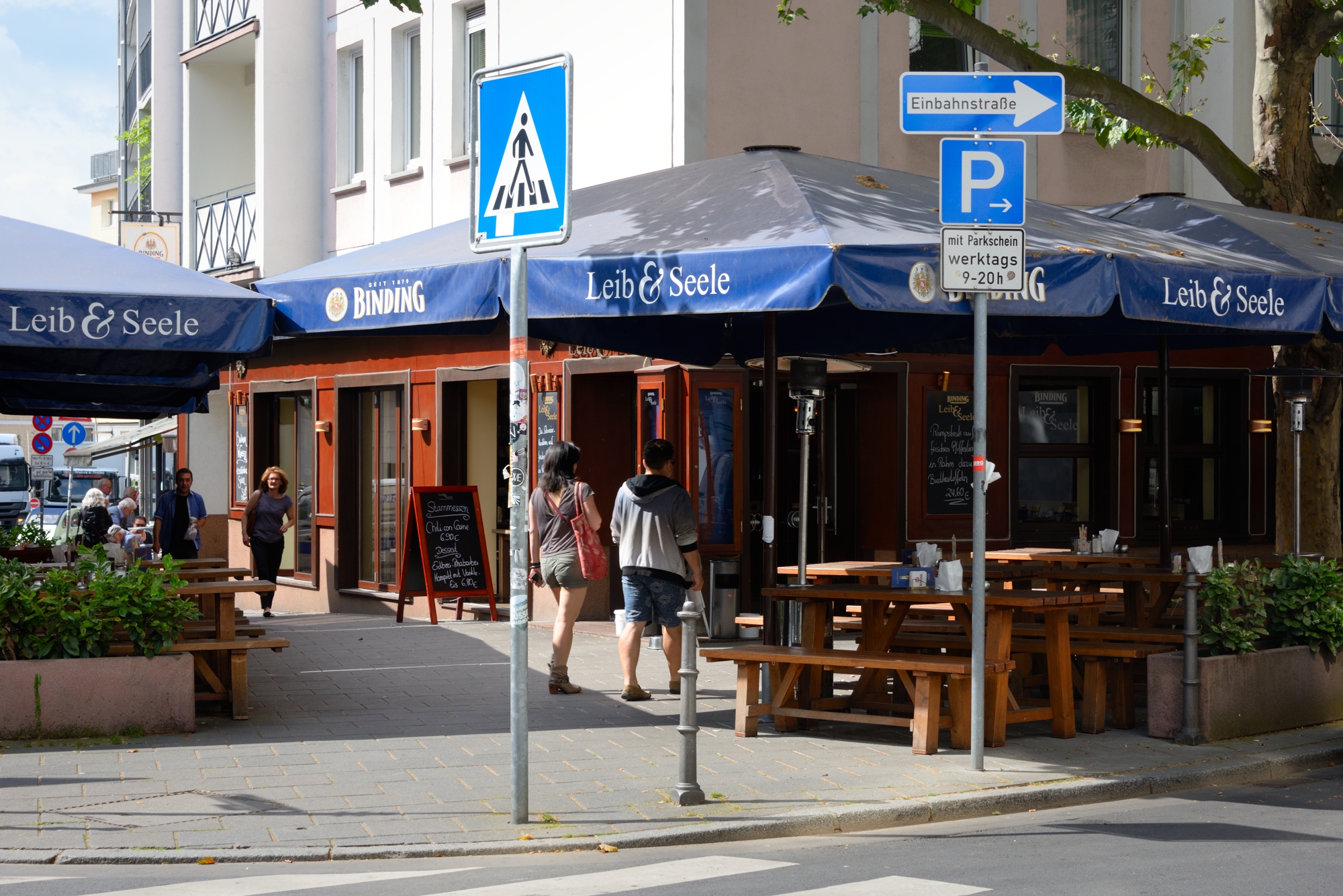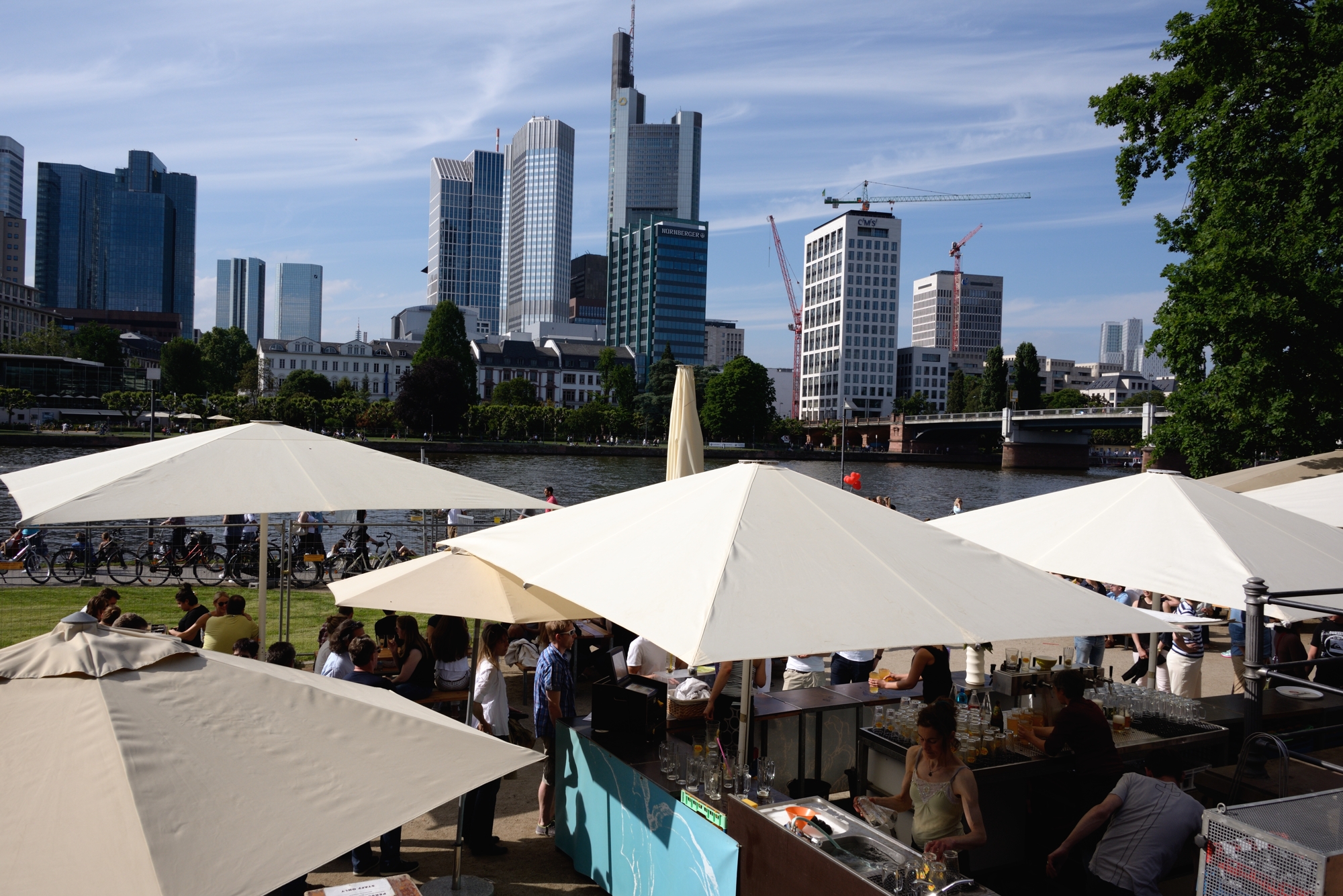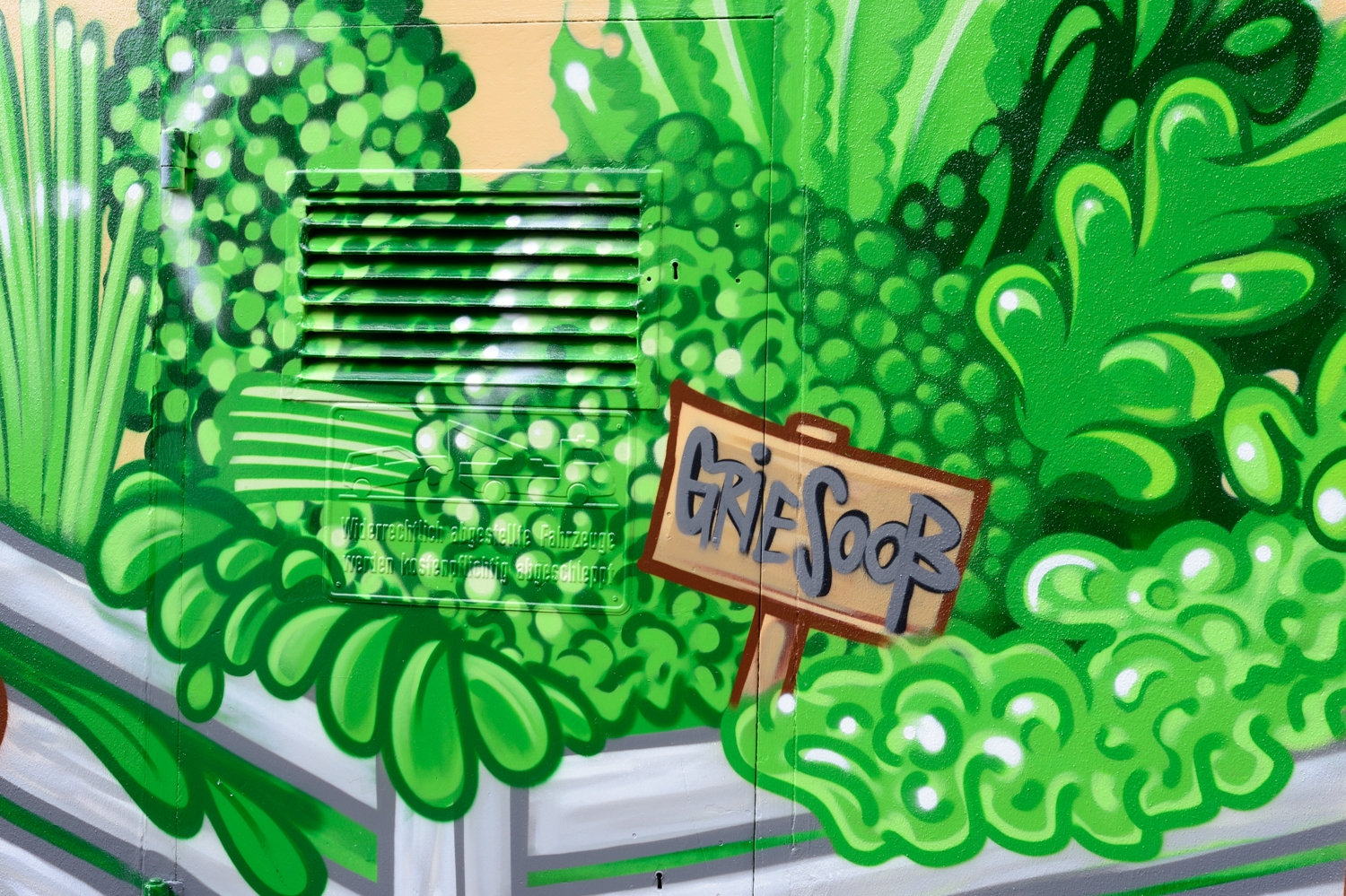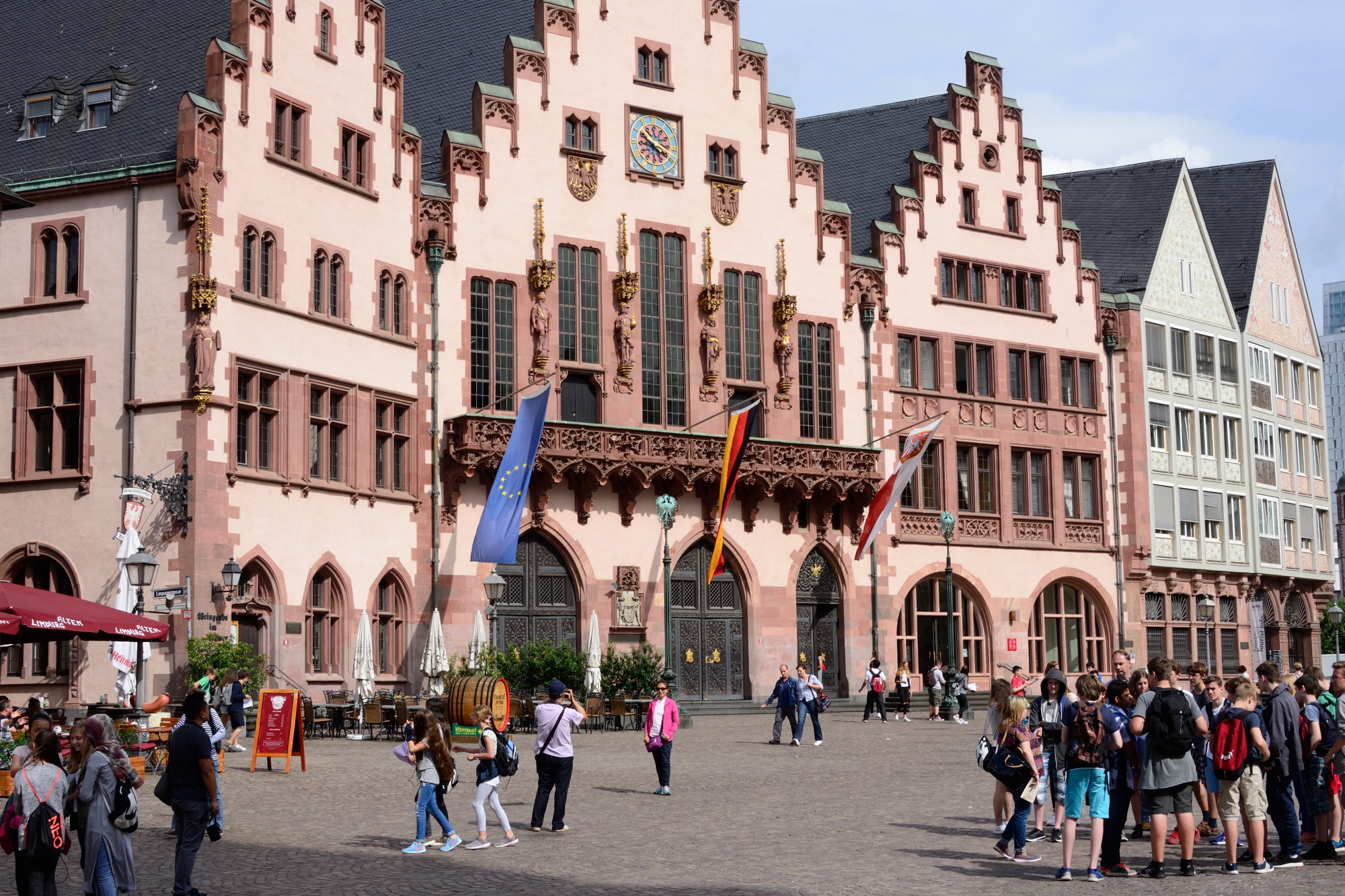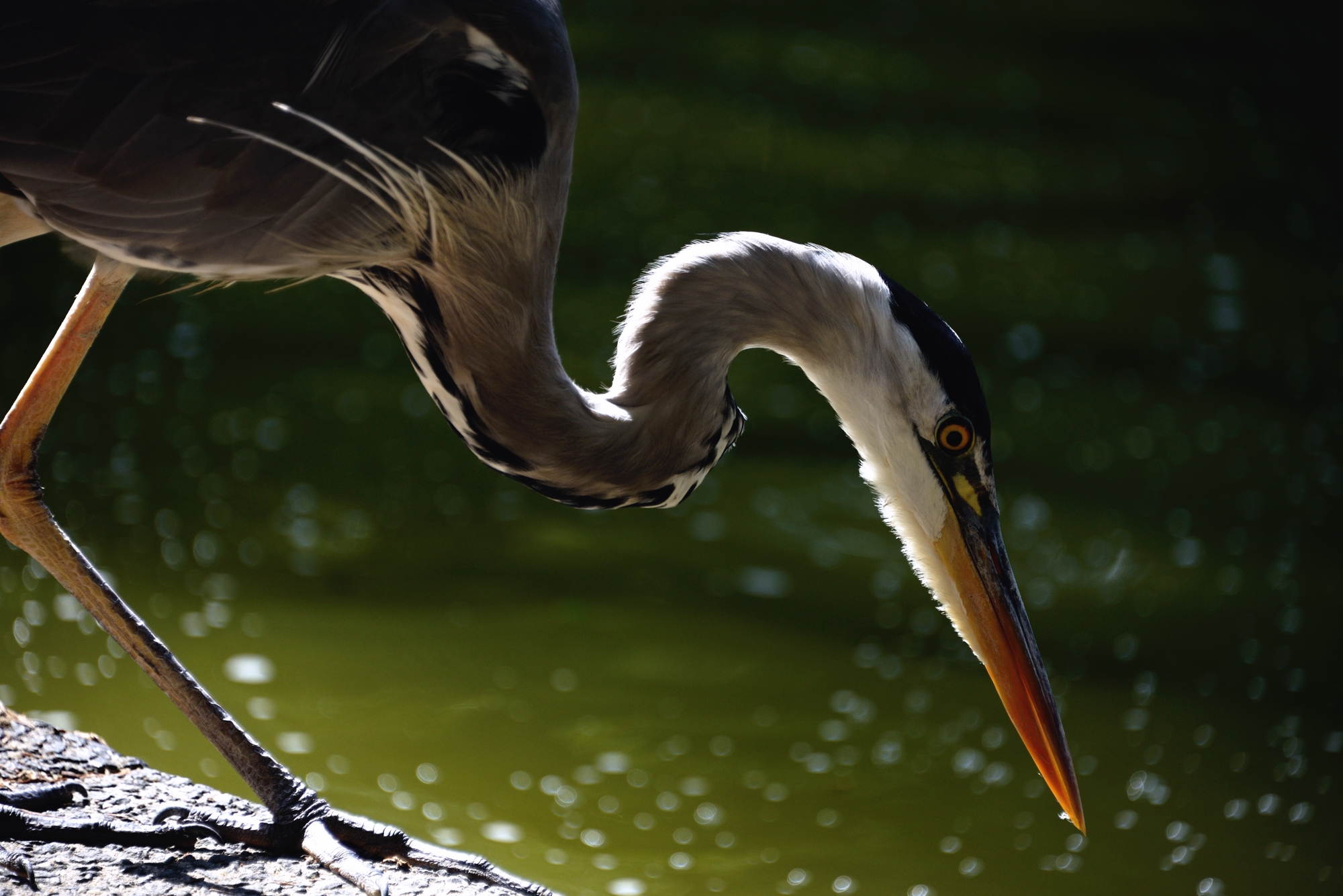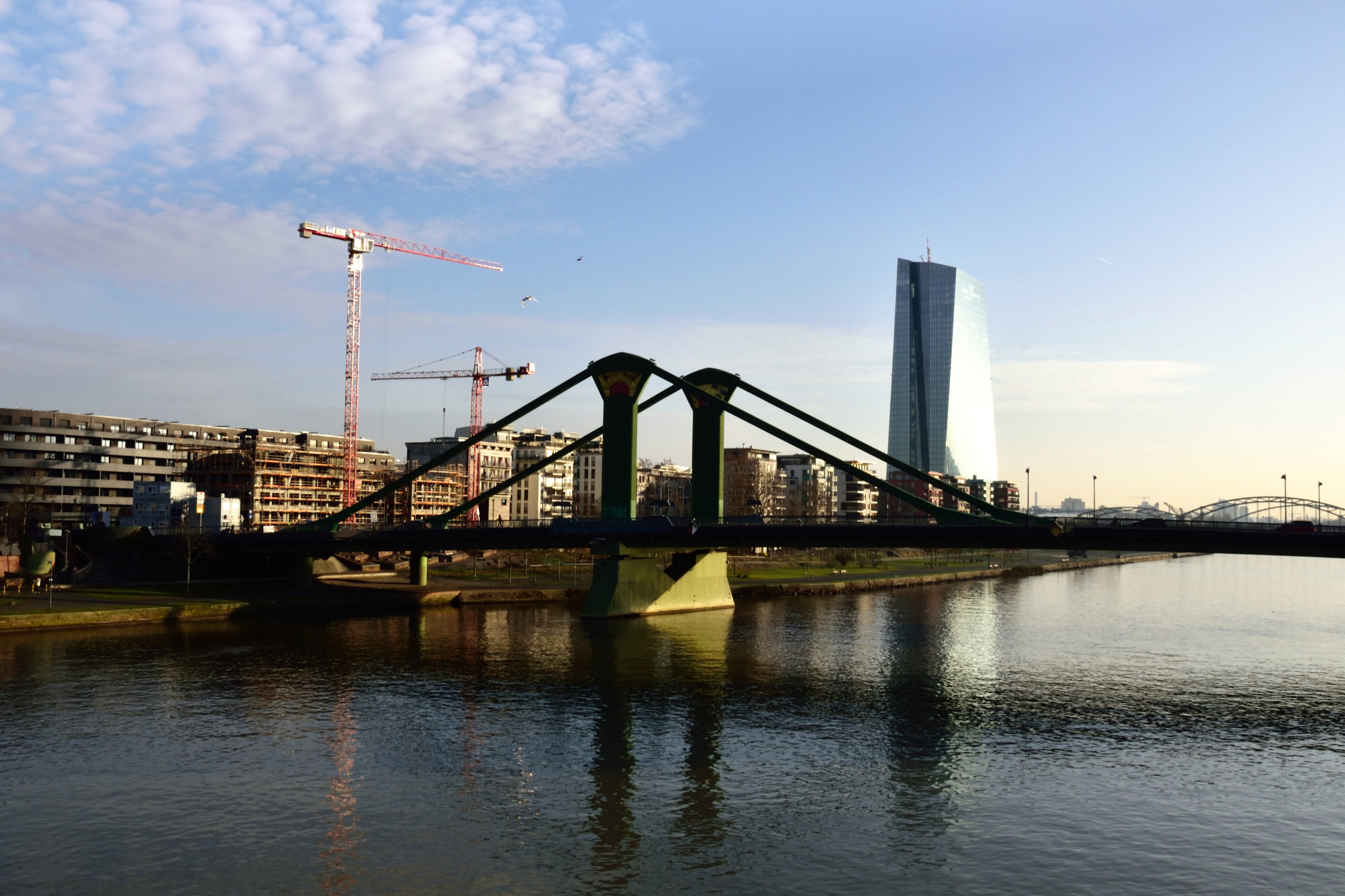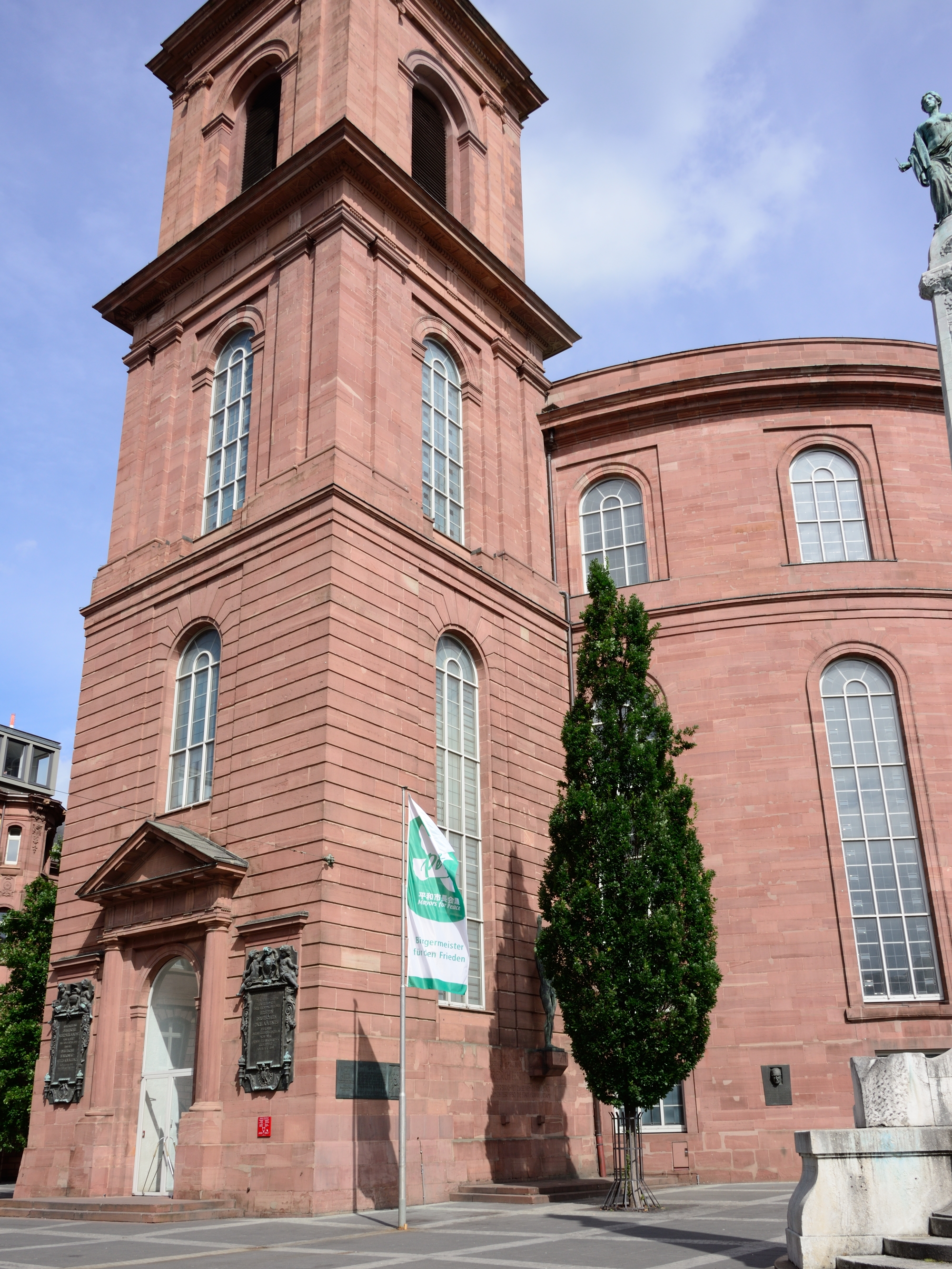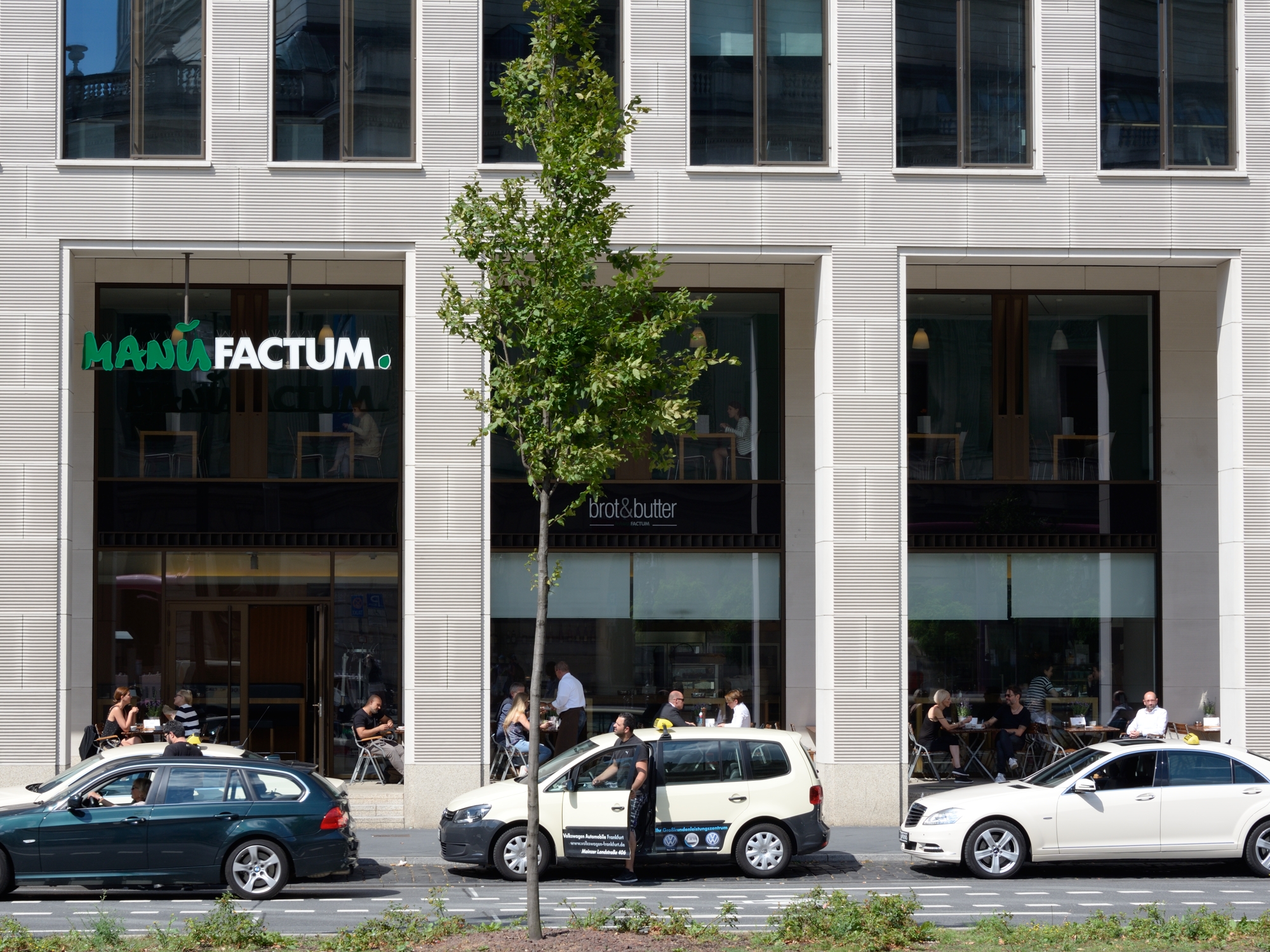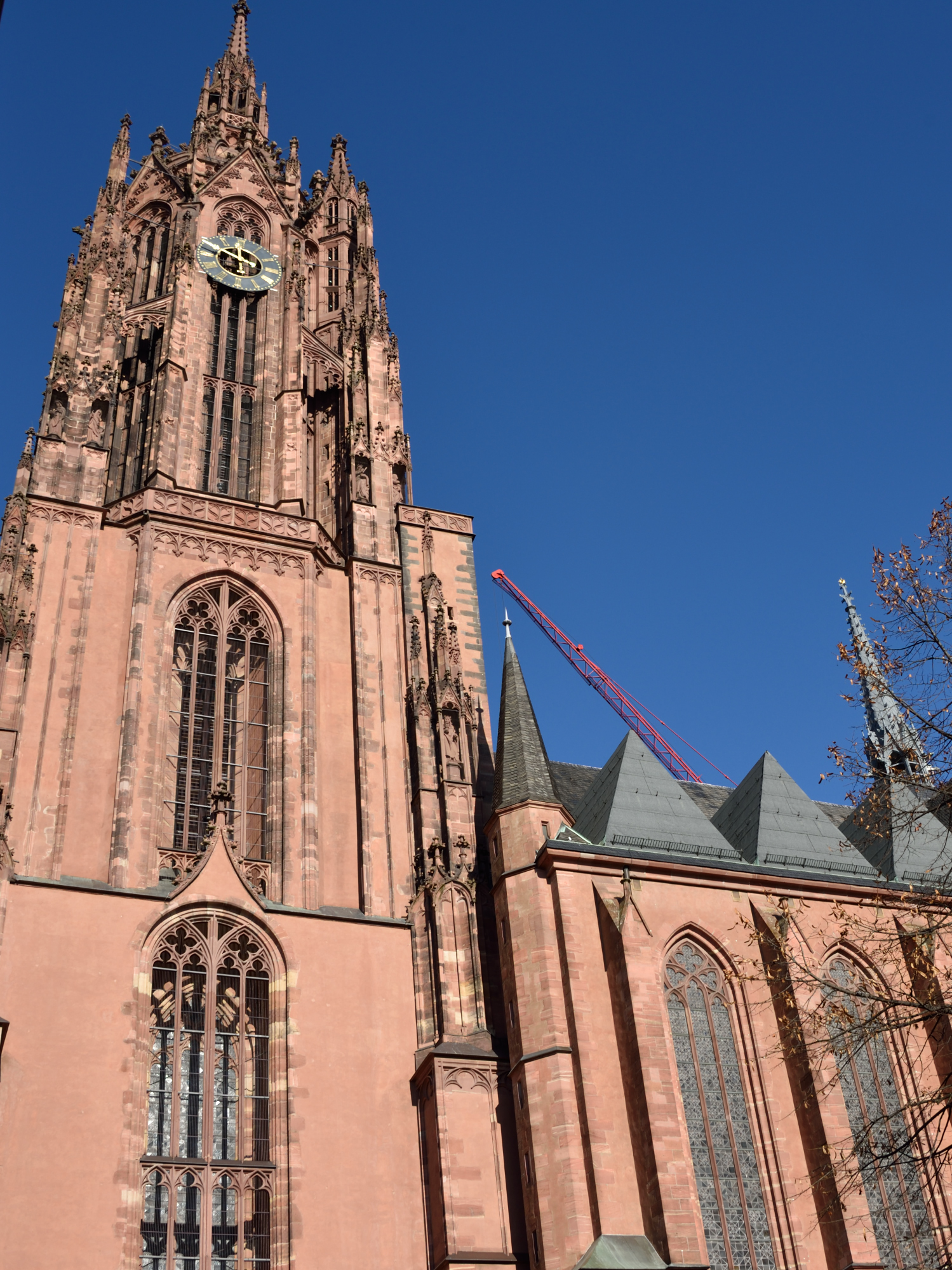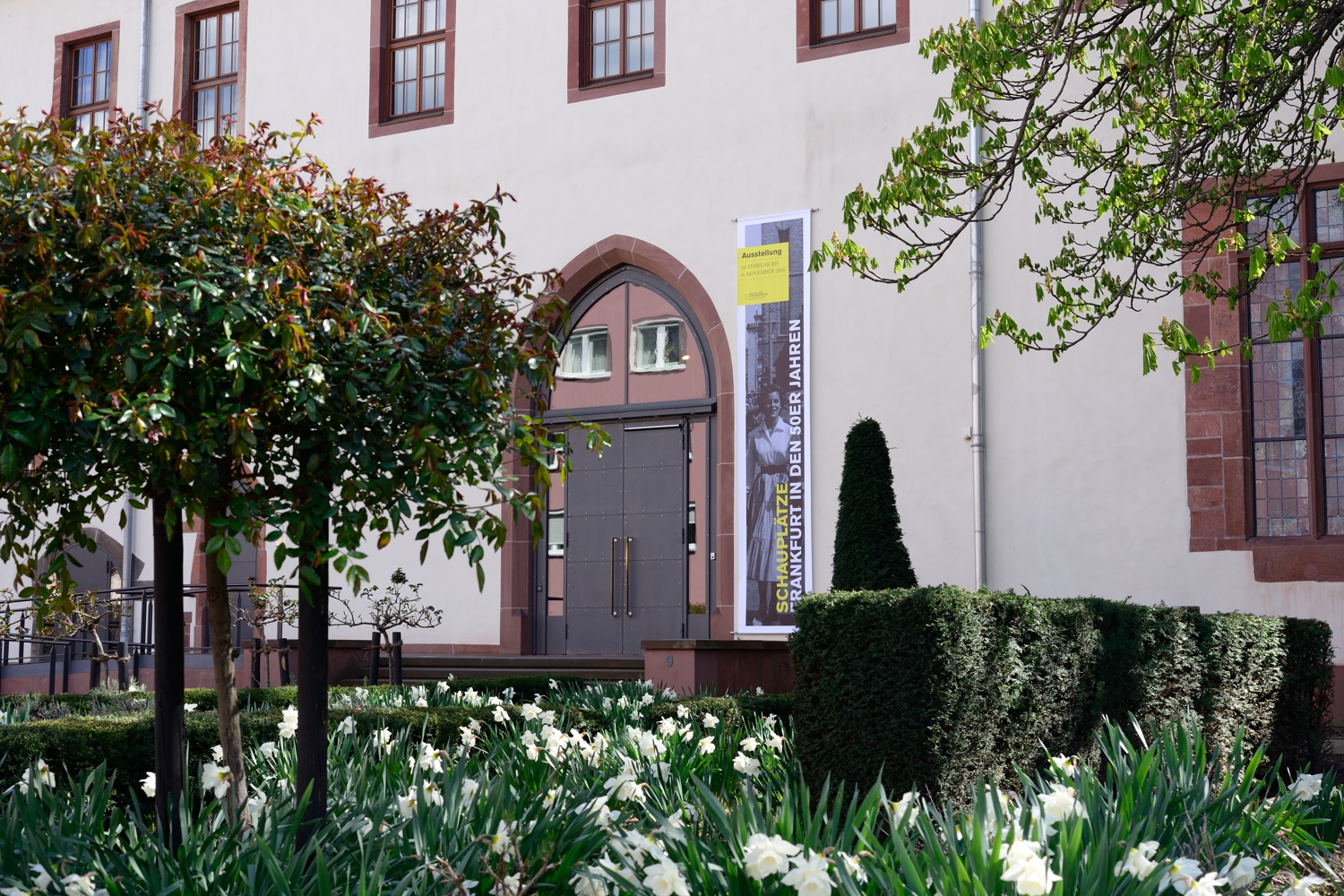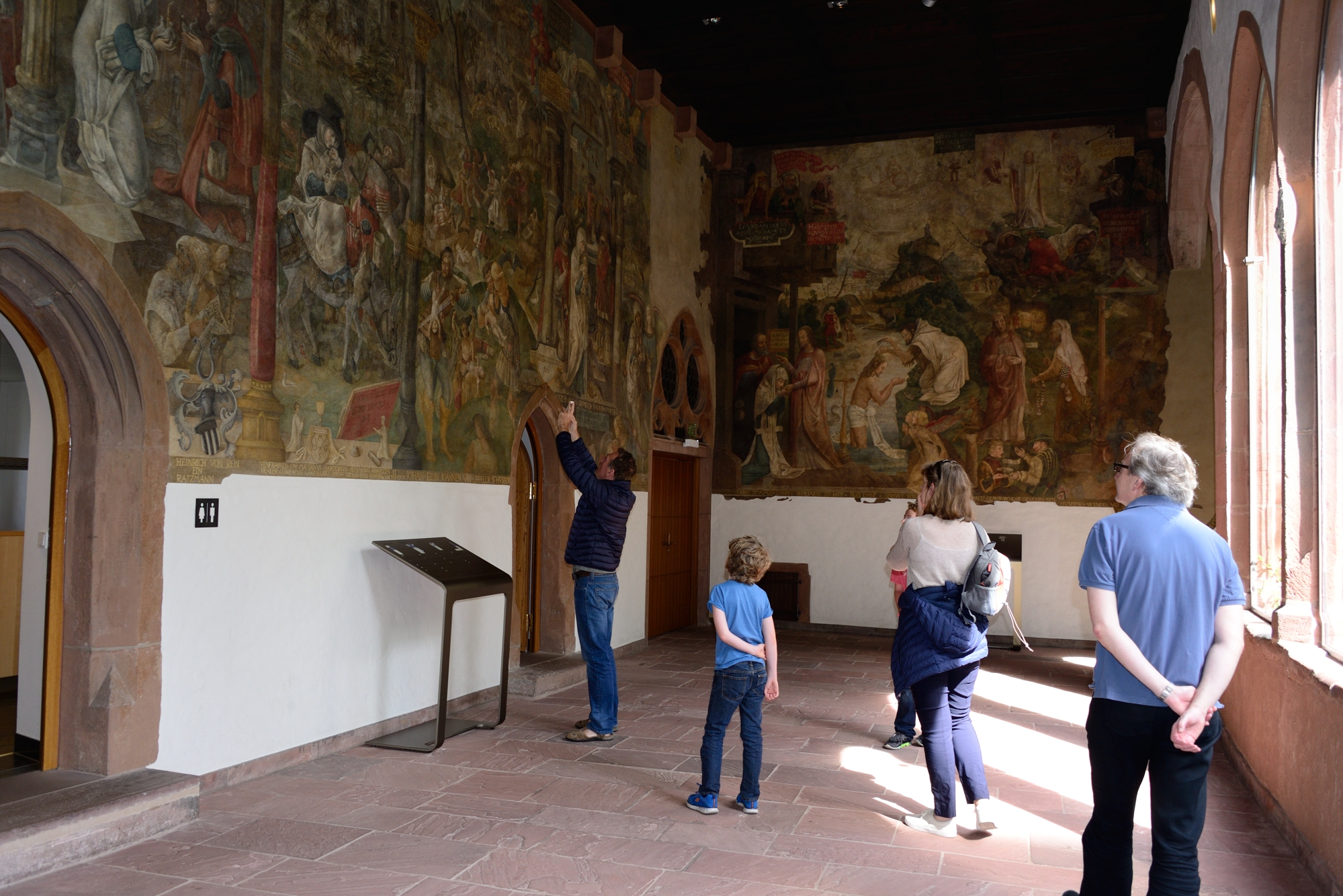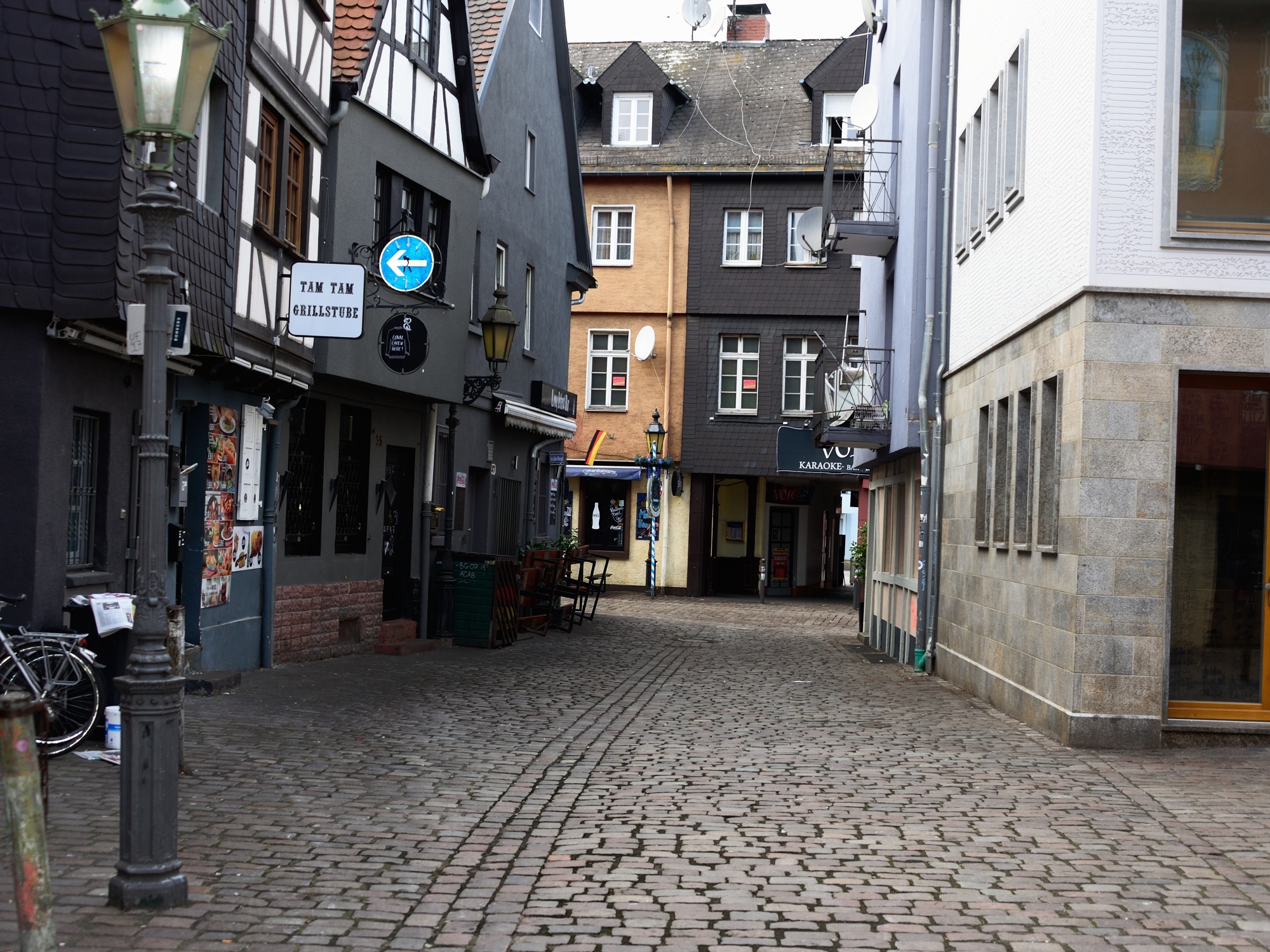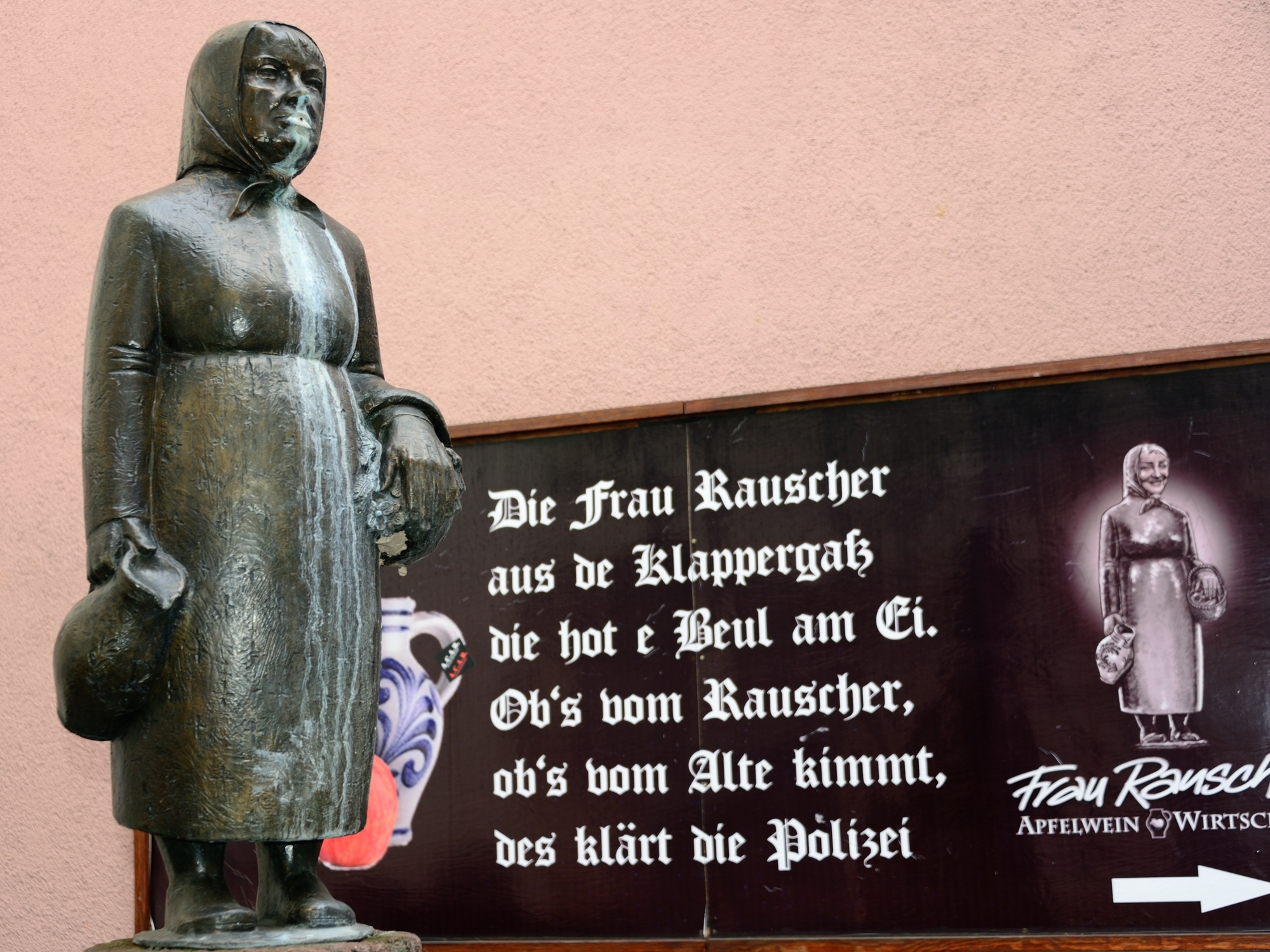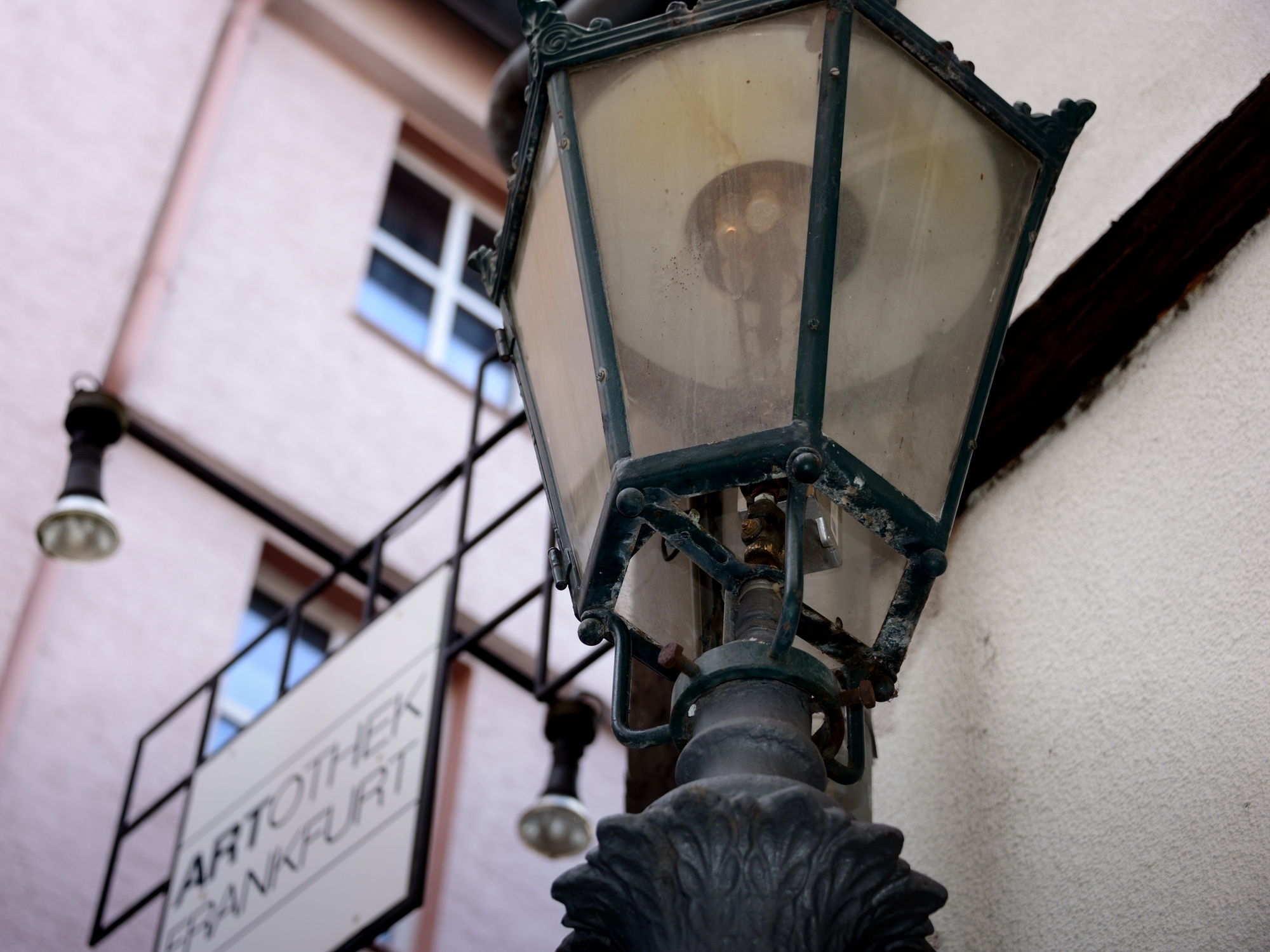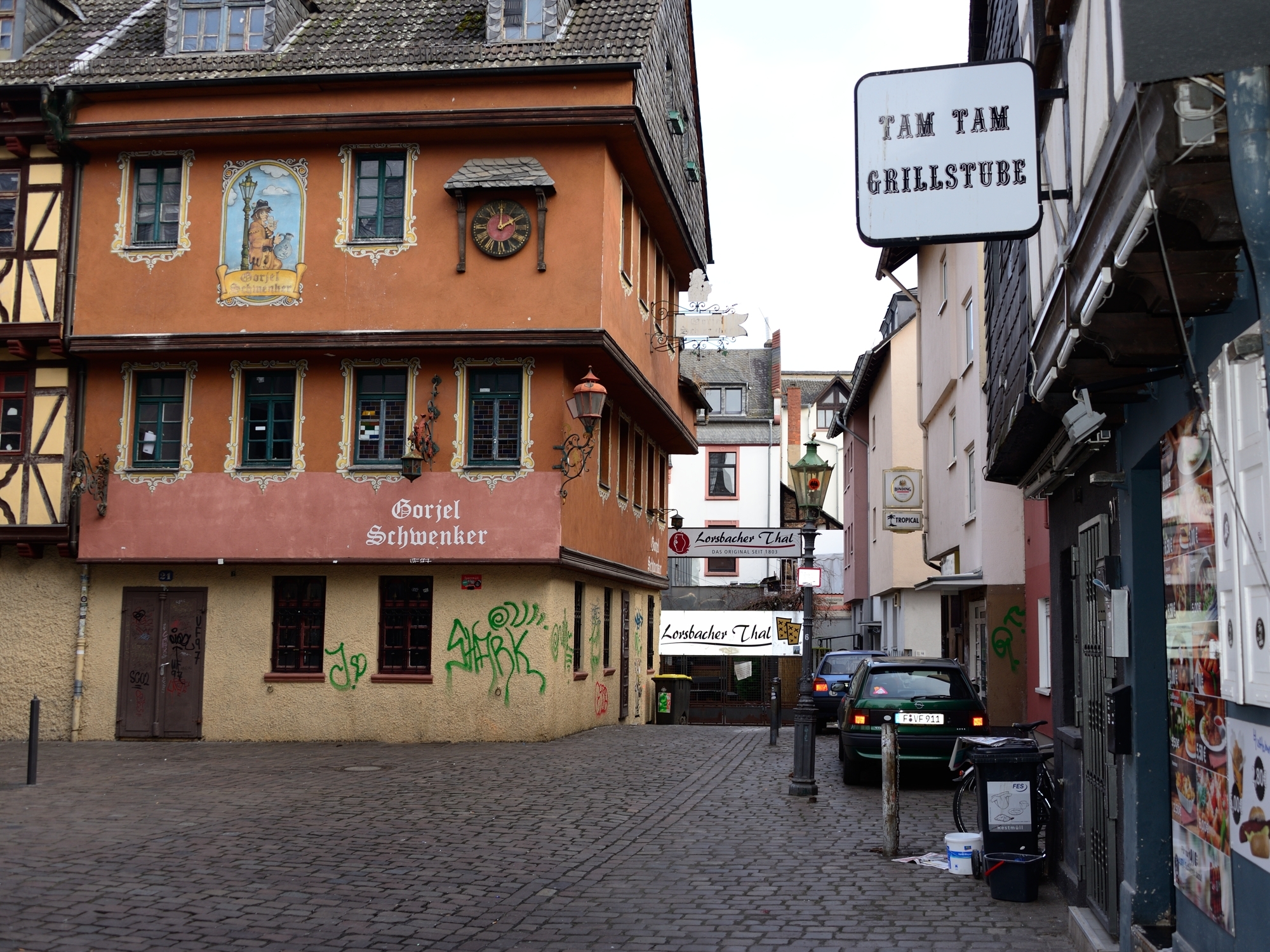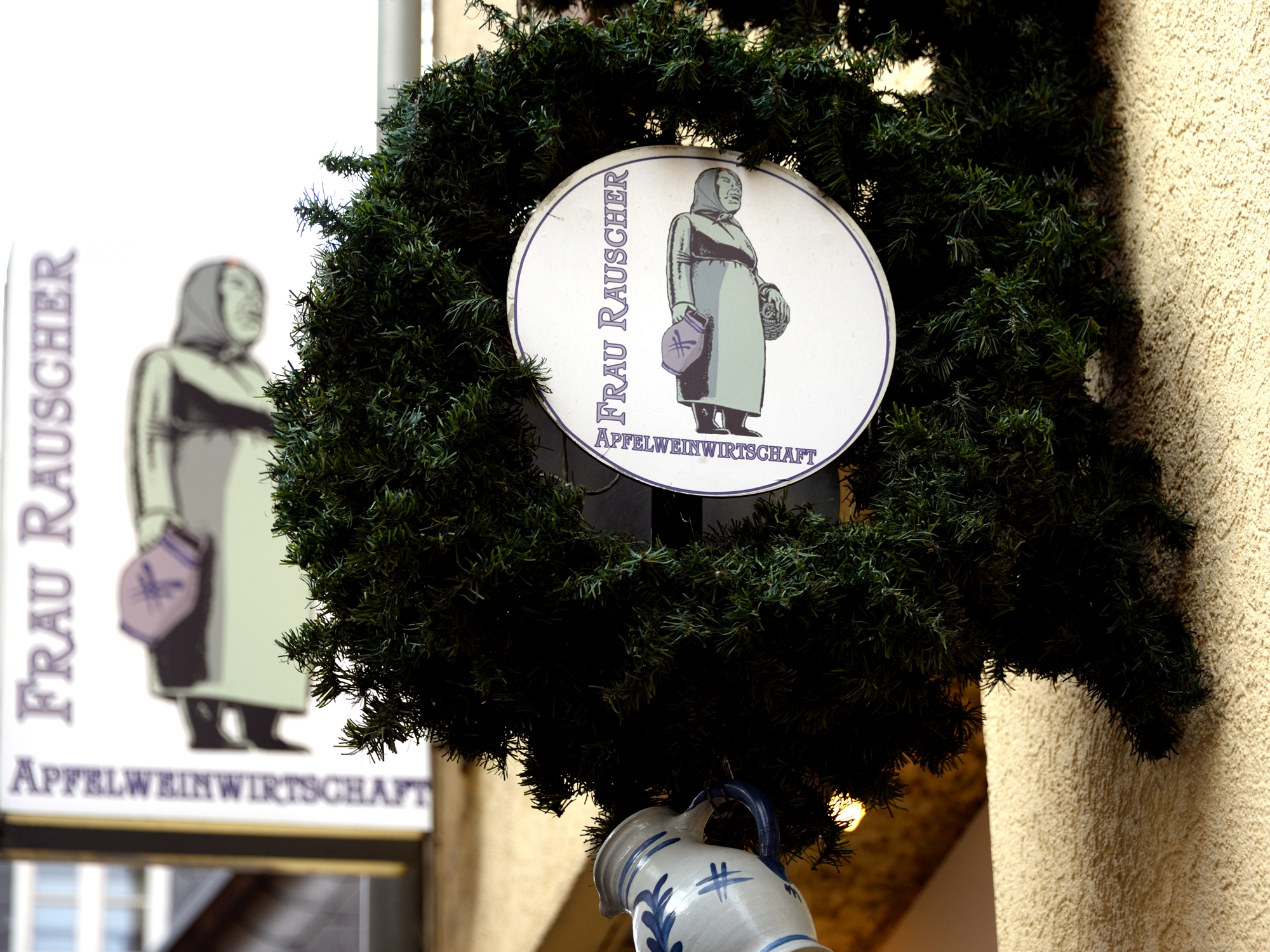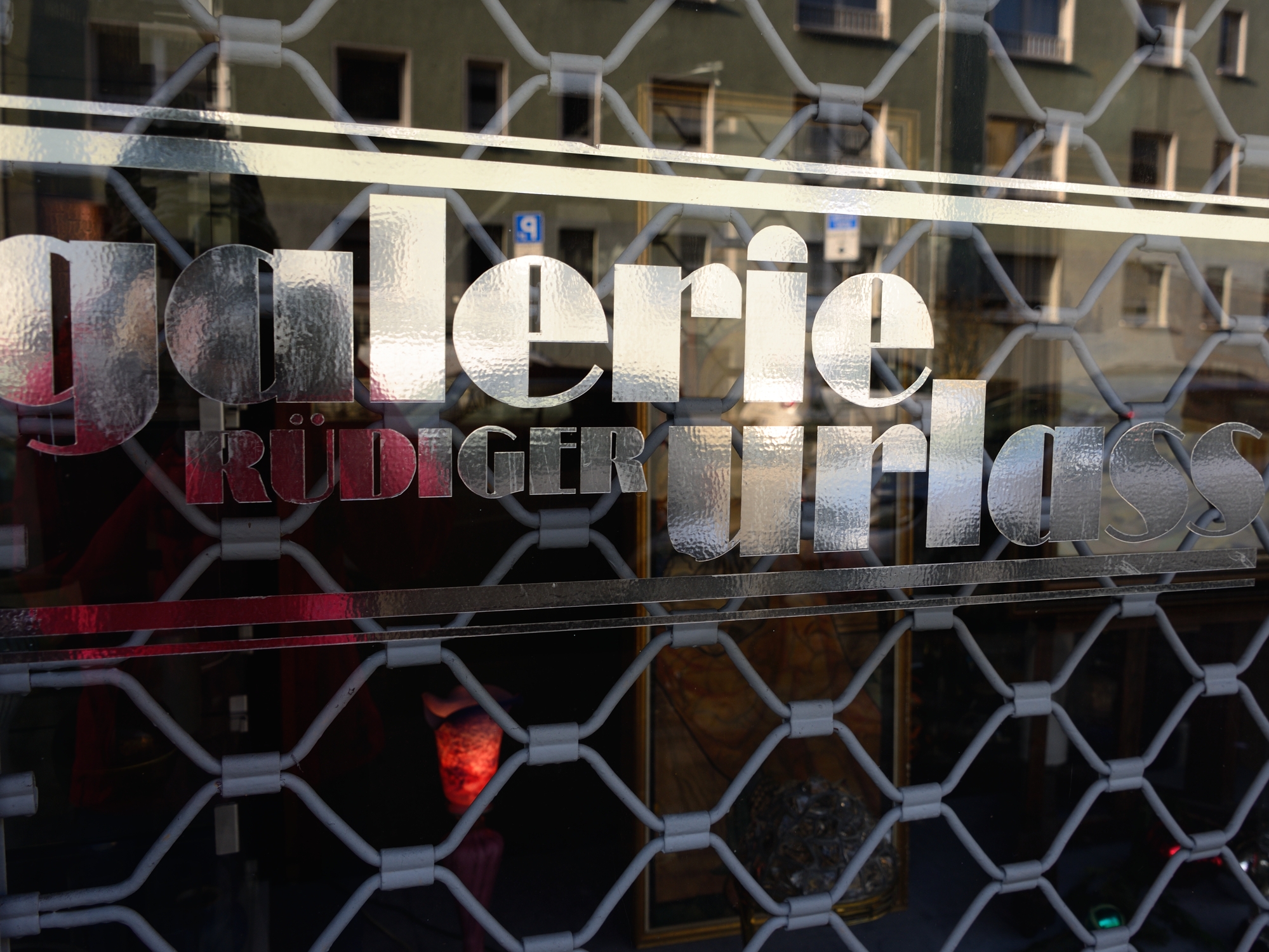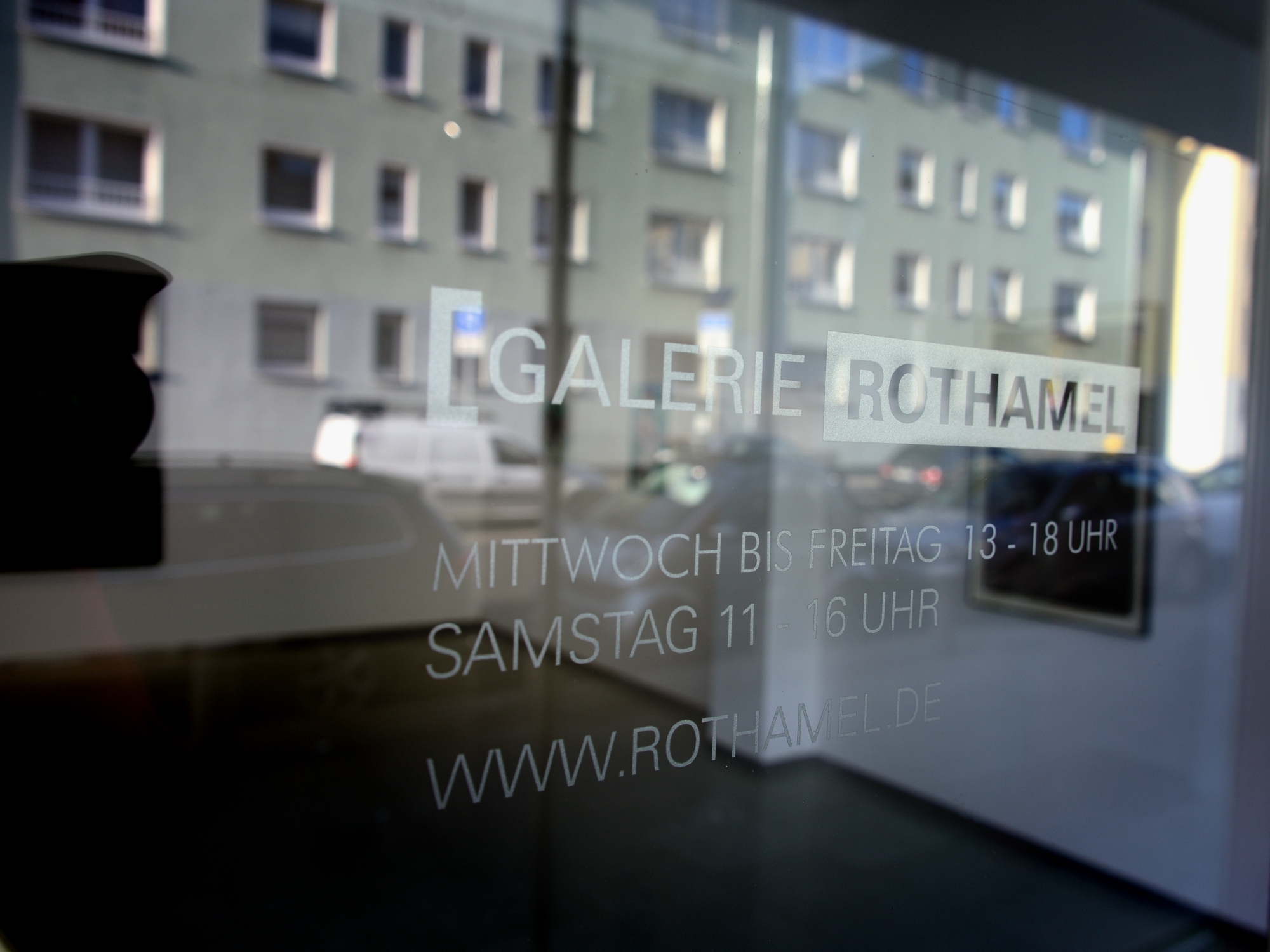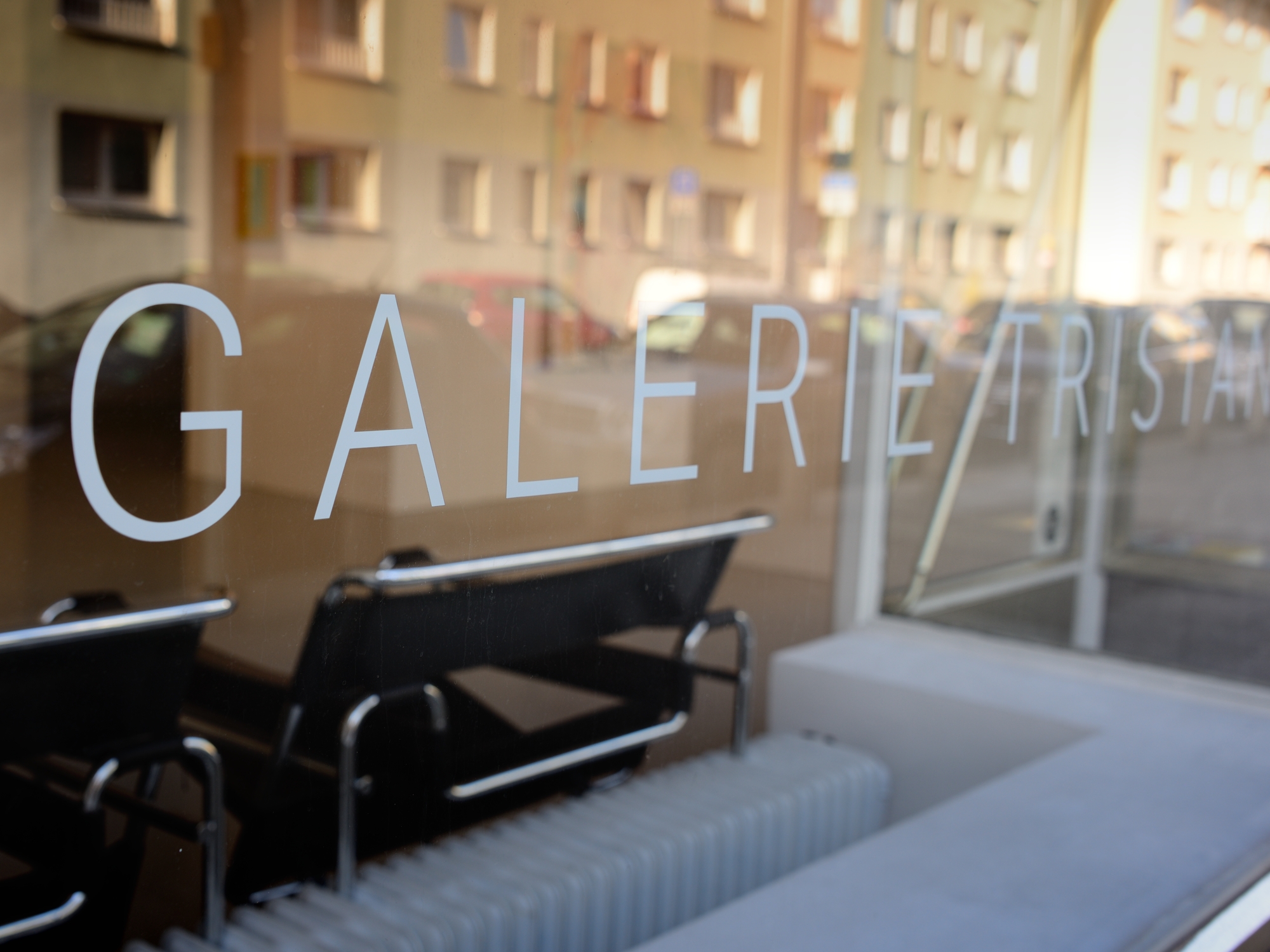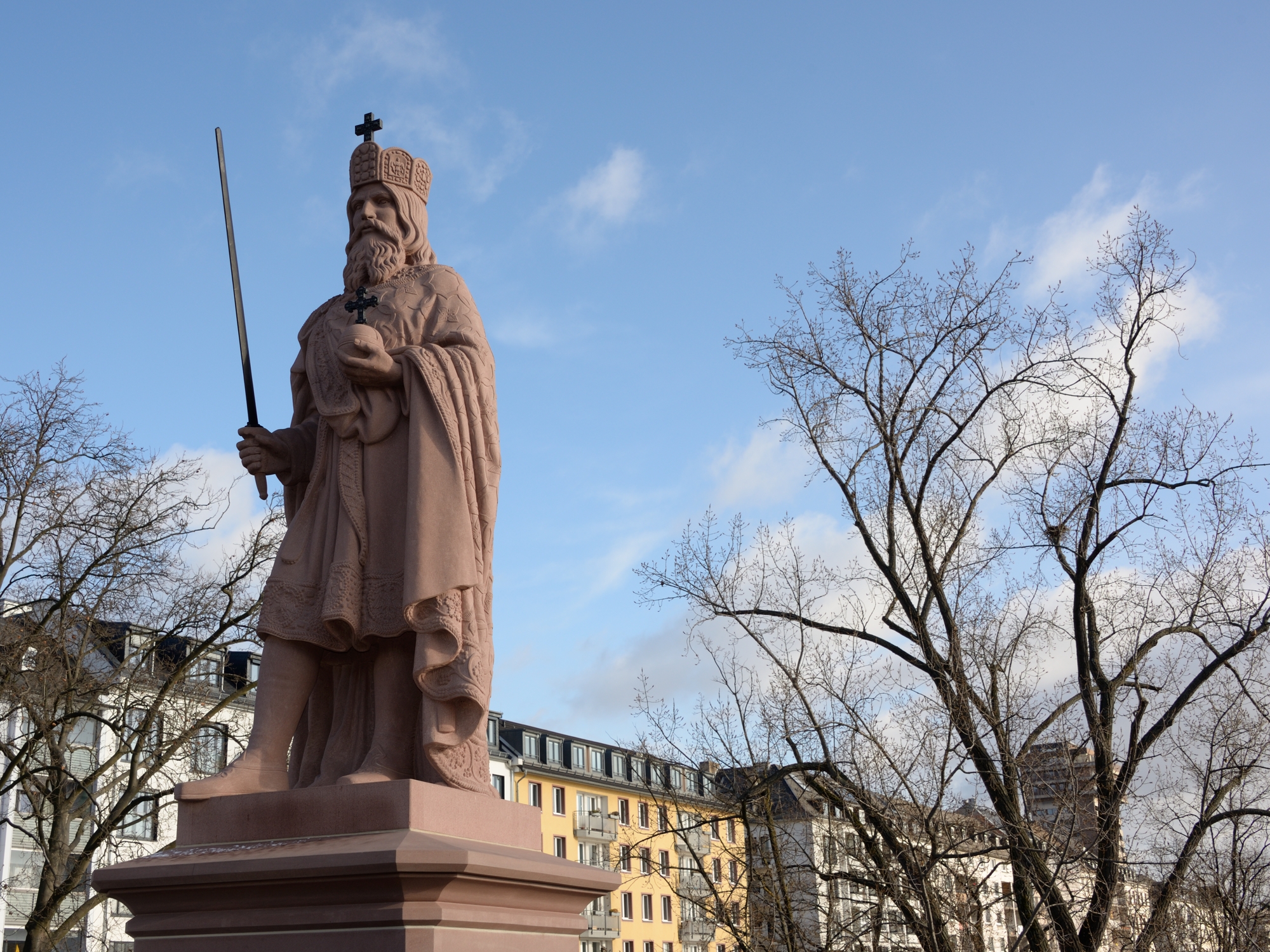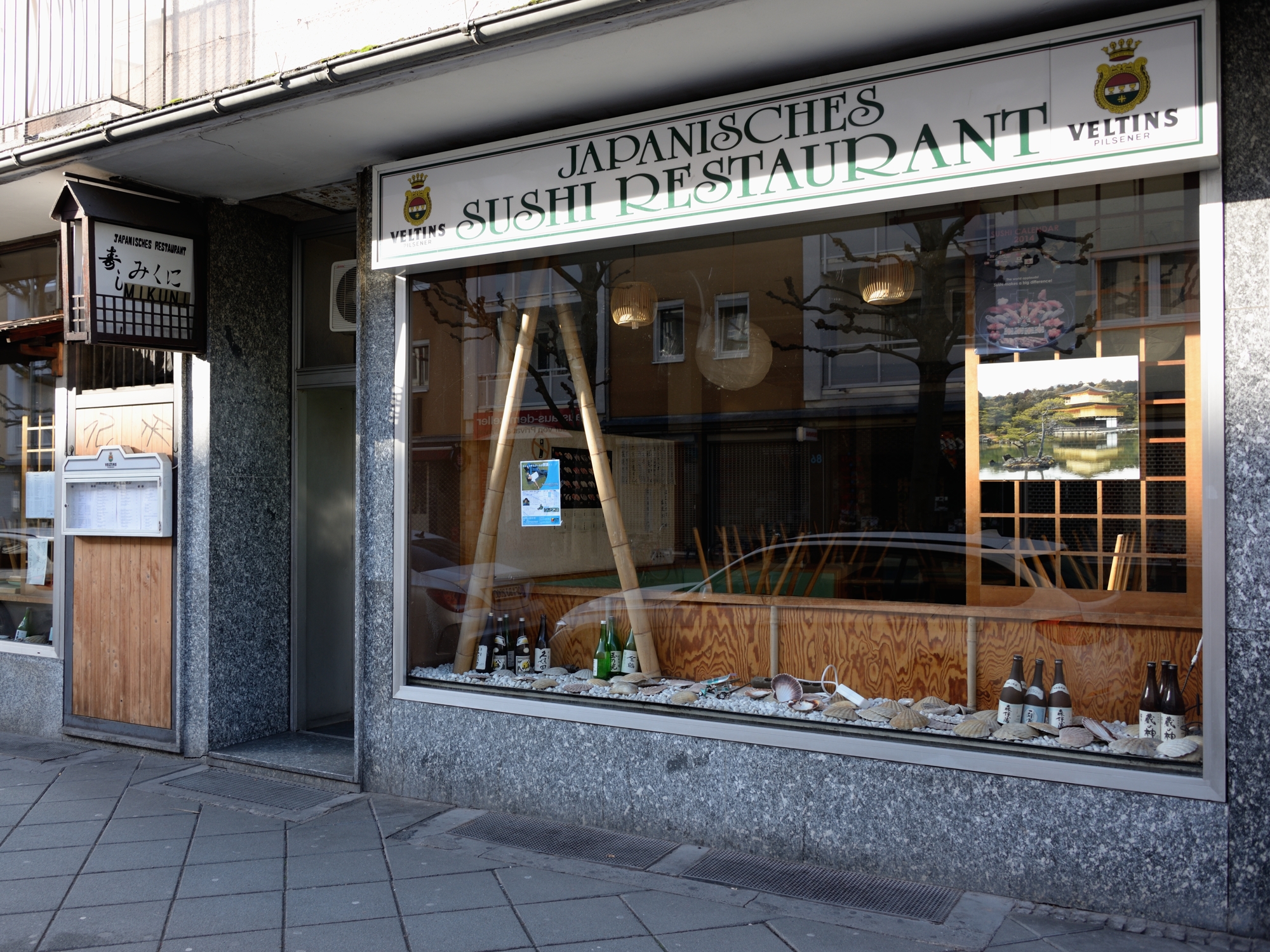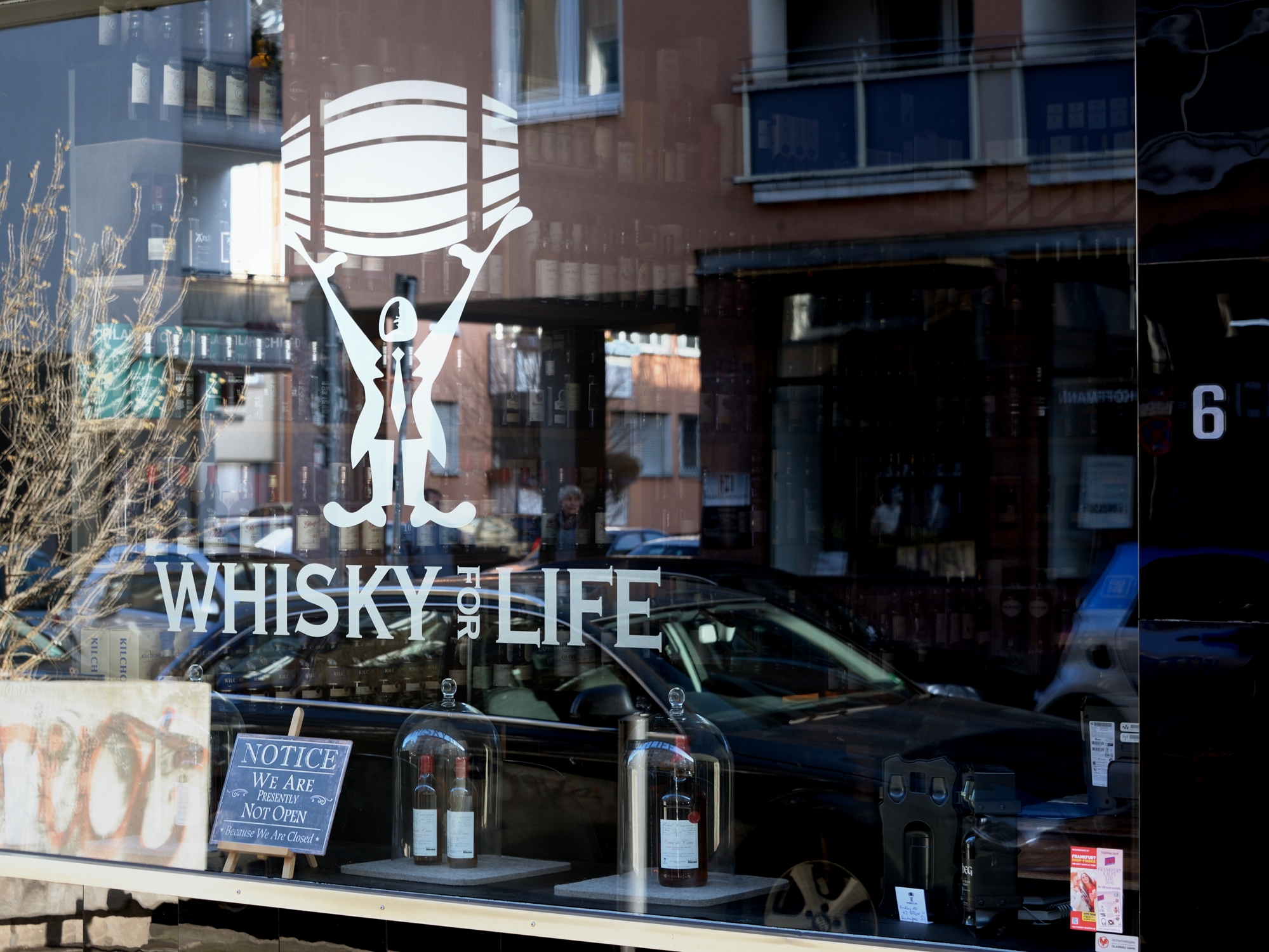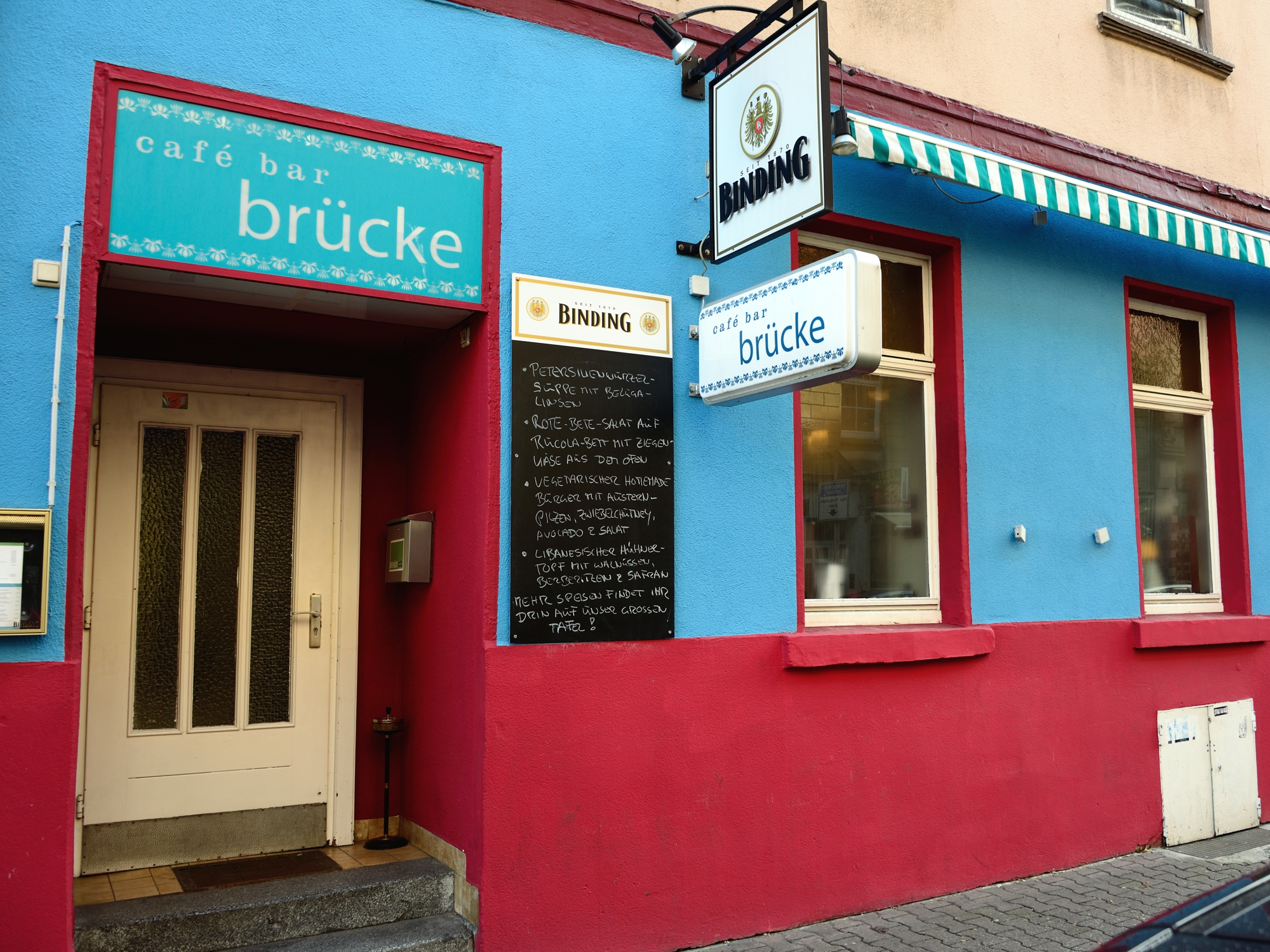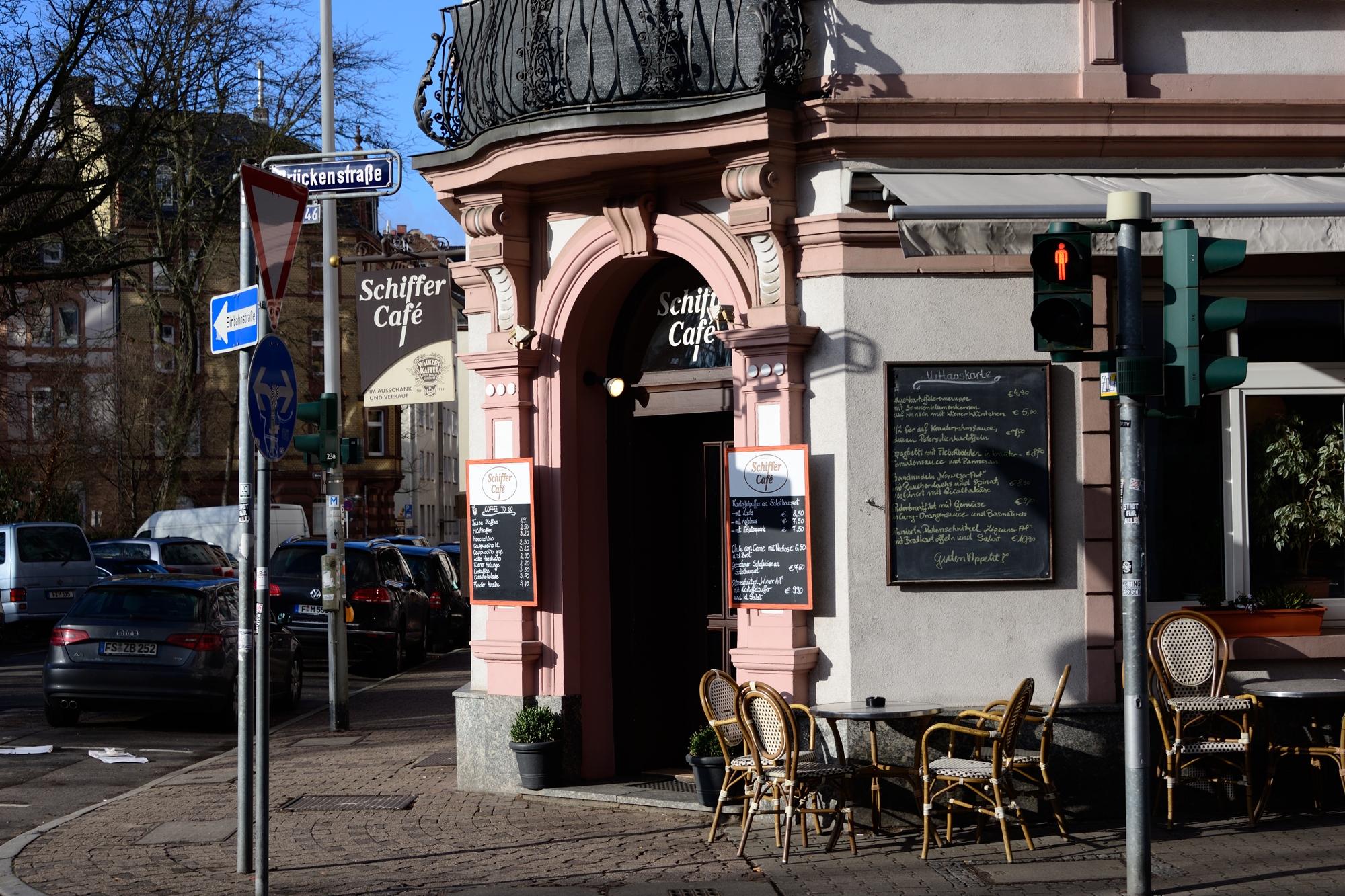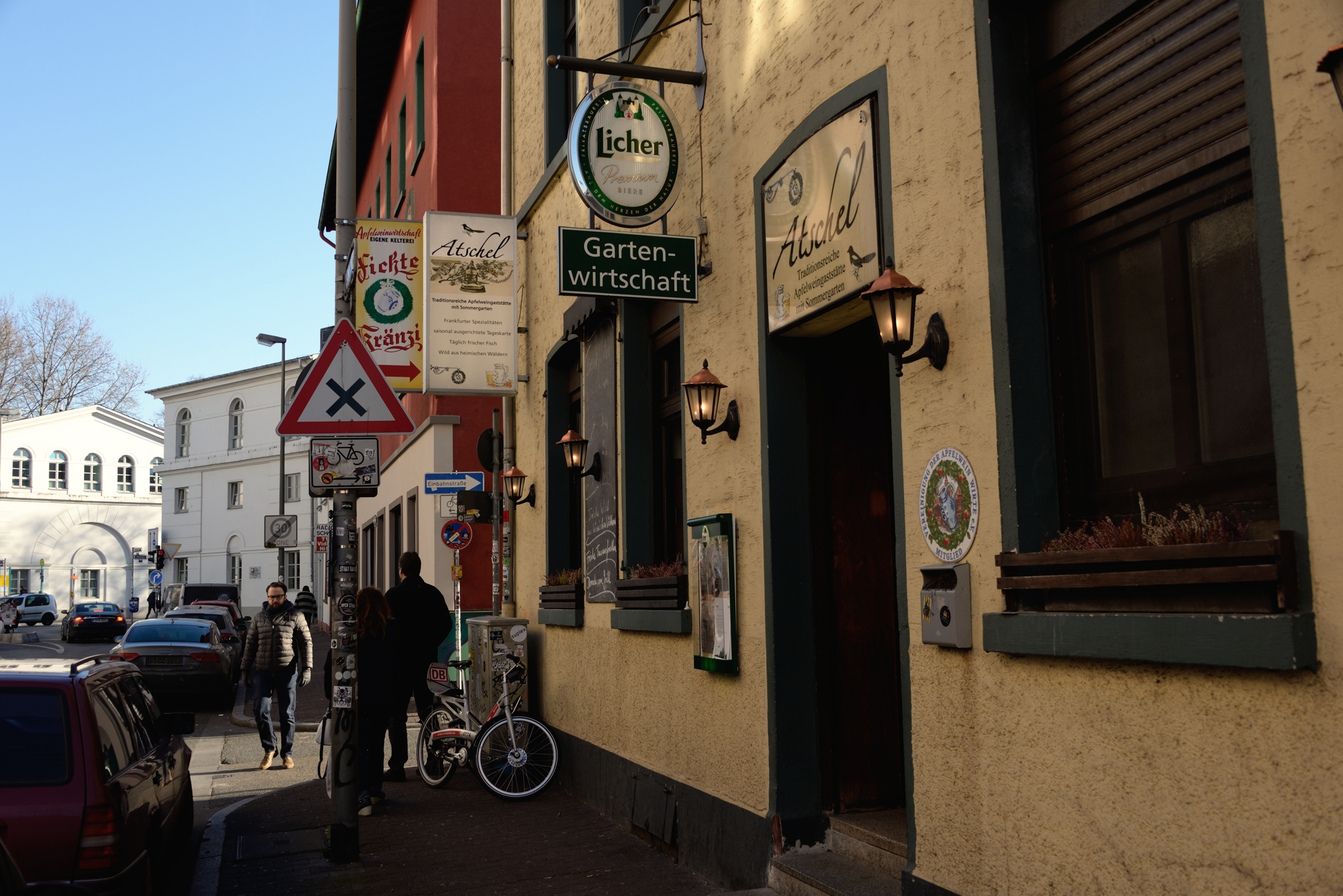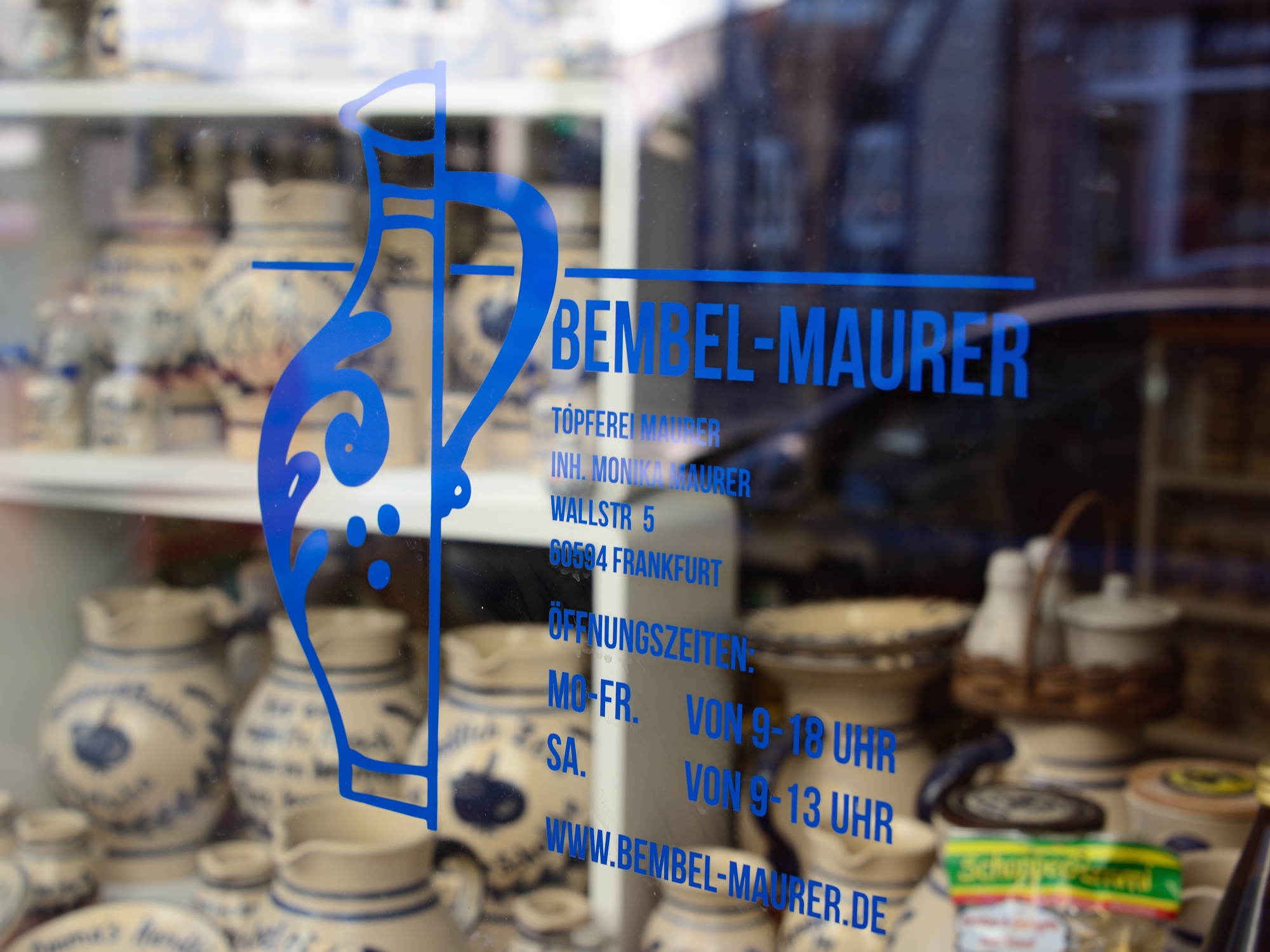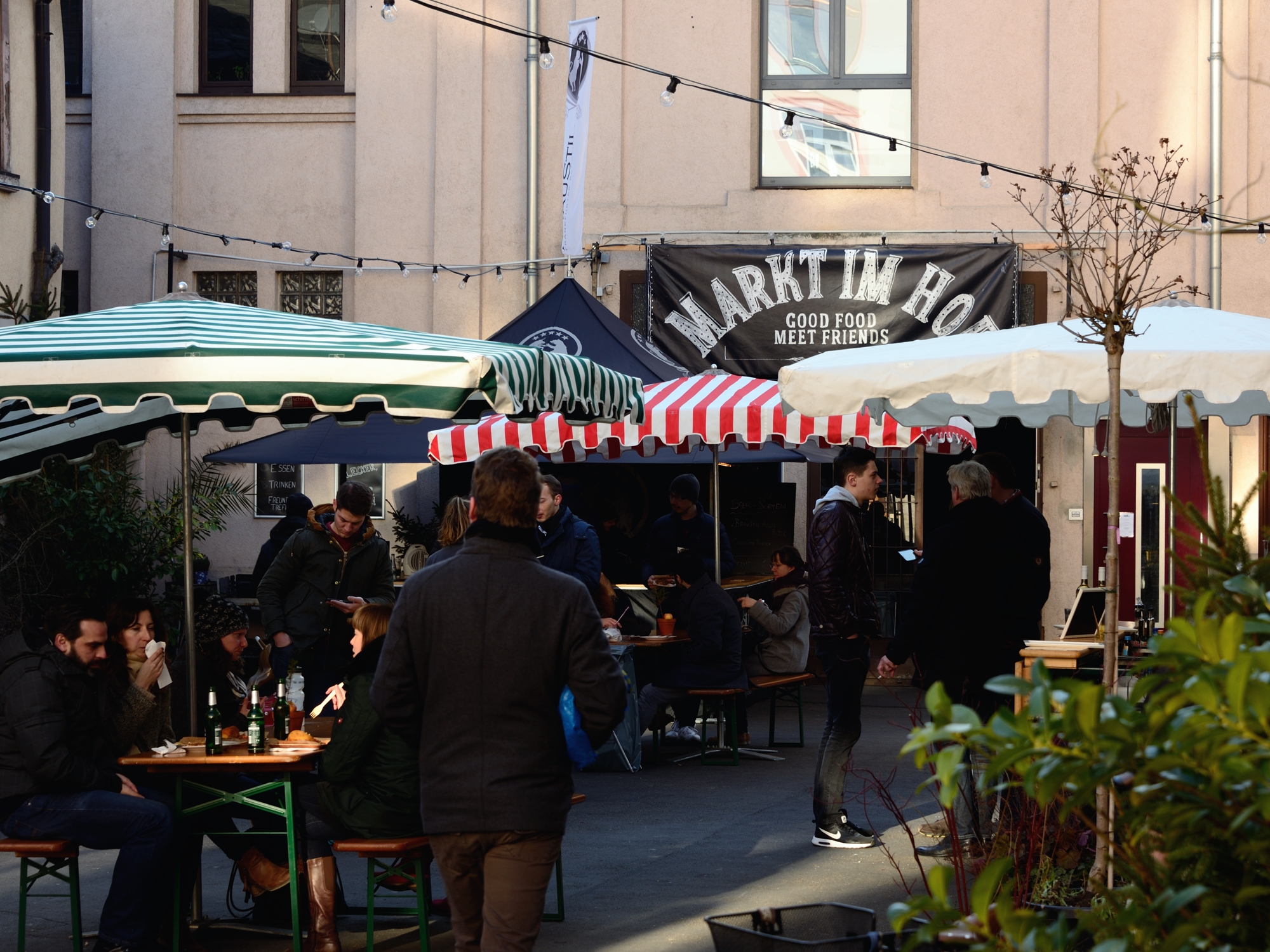Frankfurt New Altstadt
In September 2018 Frankfurt celebrated the official opening of the "new" Altstadt. This incredible development reflects architectural styles spanning six centuries. Of the 35 buildings which make up this new quarter, 15 of the houses have been authentically recreated whilst the other 20 properties have a modern contemporary style. The whole project was funded by the city costing 200 million euros and was over 12 years in the making.
Pre-war the old town was an area of 28,000m² and was the most expansive medieval old town in Germany. However, on March 22nd 1944, the bombs rained down. The timber-framed, medieval houses, were not able to withstand the fires, resulting in 80% of the old town being destroyed.
Frankfurt wanted to rebuild itself as a modern city and by 1974 the Technische Rathhaus (technical town hall) took pride of place between the cathedral and the Römerberg. However, there was little love for the building’s brutalist architecture so when it was voiced that the building was to be demolished, the locals wasted no time in petitioning for a sympathetic redevelopment of the old town to represent what stood here before the war.
Today the old town is 7,000m² and is only a quarter of it's previous size. The new development brings back to life former times from the Romans, to the Kaiserpfalz of the earliest Holy Roman Emperors, and the centuries of architecture that followed.
Underneath the Stadthaus, and open for the public to view, lay the old Roman ruins, walls of the former Kaiserpfalz and some of the earliest medieval cellars.
Two of the old trading yards, Hinter dem Lämmchen and Hof zum Rebstock have been beautifully re-crafted, and after 70 years of being blocked, the Coronation Way, Krönungs Weg, is once again a thoroughfare for the public to retrace the steps of the newly crowned Holy Roman Emperors from the cathedral to the Römerberg.
The Hühnermarkt is the hub of the quarter, with the gothic Neue Rotes Haus ready to house "schirns" of yester-year and the Esslinger Haus, with it's reference to Tante Melber, an aunt of Germany's most famous author Johann Wolfgang Goethe. The baroque Grüne Linden, on the south side of the market place, houses the Balthasar Wein Bar offering quality German wines to thirsty passers-by. Meanwhile, on the east side, a row of classicist housing has been recreated. In the centre of the Hühnermarkt stands the fountain dedicated to Friedrich Stoltze, a local satirist and activist of the 1848 democratic movement.
The most outstanding house, the Goldene Waage (the Golden Scales) stands opposite the cathedral. It cost €8 million to authentically recreate both inside and out. This replica 17th century renaissance house is to be managed by the Historical Museum and is open to the public as a cafe and it also has internal access to the Stoltze Museum next door, in house Weisser Bock..
Take some time to explore the new town. Better still, come on a Walk-Frankfurt tour and get the full details and stories of what life was really like here throughout the centuries.
A day out at the Frankfurt zoo(s)
Frankfurt has two zoos which are open every day of the year. Even in winter they offer a great day out with plenty of indoor exhibits as well as the outdoor pens where the animals roam.
The City Zoo
Located just 1 km east of the city centre the city zoo has it own U-bahn stop, "Zoo" on the number 6 and 7 lines and tram number 14 also stops right outside.
The zoo houses 450 species of animals and birds, including Kumar and Vanni, the lion and lioness. There's a monkey house, an exotic bird house and even peacocks strut freely around the grounds. A bonus for those with young children is the opportunity to hire a pull-along cart (3€), which is ideal for carrying backpacks and even tired children and there is a special petting area with goats and sheep. The zoo has various pit-stops offering snacks and drinks along the way and an indoor cafe.
The "animal of the month" feature showcases an animal each month and has special events such as supervised feeding times and information sessions by the keeper. Regular daily feeding times for the other animals is detailed on-line, http://www.zoo-frankfurt.de/ihr-zoo-besuch/fuetterungszeiten/
The zoo website offers some basic details in English, such as entrance fees and visiting times. Late night opening until 8pm is available on the last Friday of every month (except December). During the late night opening you can wander round at your leisure or join a tour (in German) which is themed each month. All this with a special 2€ price reduction on the regular entrance fee.
Opel Zoo
Opel Zoo is located in Kronberg, a 15 minute drive outside of Frankfurt. Easily accessed by car, it can also be reached by taking the S4 train from Frankfurt to Kronberg Bahnhof and then either the bus lines 261, X26 and X27 to the bus stop "Opel-Zoo".
The zoo is set out in a large park, which is perfect for a gentle stroll through all the themed areas. A highlight at the Opel Zoo is feeding the animals. The zoo sells small packs of food and actively encourages the feeding of various animals. At the elephant house you might be lucky to see the elephant holding his trunk straight up in the air, as a sign he wants another carrot!
There is a lot to see here, the elephant house, the giraffe house, a petting zoo with sheep, goats, ponies and donkeys, and lots of other species. For young children there is even the opportunity for a pony or camel ride. Throughout the park are kiosks offering refreshment. The Sambesi cafe has great views across the park, or you can even bring your own food and make use of the picnic facilities provided.
A day out in Bad Homburg
Bad Homburg, spa town to royalty and Russian nobility during the 19th century, is a short train ride from Frankfurt (train details details below). It's a great place to spend the day enjoying the beautiful Kurpark, the Schloss Homburg gardens, the great variety of architecture, and the numerous cafes and restaurants for refreshment.
Bad Homburg Kurpark
In the 19th century, the Russian nobility flocked to Bad Homburg to enjoy the spa baths and casino located in the Kurpark, a beautiful park landscaped by Peter Joseph Lenné and lovingly maintained to this day. The park has a Russian orthodox church and two Siamese temples. The first Buddhist temple, inaugurated in 1914, was sent as a gift by King Chulalongkorn of Siam. Later in 2007 the Thai royal family sent another temple to commemorate the long standing ties between the town and Thailand. Back in the 1800's the German royal family constructed a spa house in the park. The Kur Royal Day Spa, is still open to the public and and there is also the more modern Taunus Therme baths. After the Kurpark wander along the streets nearby e.g. Landgrafenstraße towards the high street, which are filled with fine examples of art nouveau architecture.
Bad Homburg High Street
Bad Homburg high street (starting at the southern end of Louisenstraße) is pedestrianised, which makes for a pleasant, traffic free stroll up toward Schloss Homburg. There are plenty of places to grab a coffee and have a break, of particular note is Eiscafe De Pellegrin, Louisenstraße 9, serving excellent ice-creams. Don't forget to check the side streets for some 'off the beaten track' restaurants (Audenstraße has quite a few).
Schloss Homburg
At the northern end of the high street is the Schloss Homburg, the summer residence of Kaiser Wilhelm II. Today, the gardens are open to visitors and the main entrance is on Dorotheenstraße. Beside the main entrance is the Erlöserkirche, commissioned by the Kaiser, with a lavish interior presenting a mix of byzantine and art nouveau styles.
Edward VII was a regular guest at the Schloss and is credited with making famous the Homburg hat, which is still produced in Bad Homburg today. The original Homburger Hutsalon (hatters shop), is on Rathausstraße 8, in a beautiful 16th century building, surrounded by other beautifully restored timber-framed houses.
If you enjoy architecture, on returning back to the station, instead of walking along the high street, take the route along Dorotheenstraße, starting at the Schloss, and enjoy the lovely examples of 18th century Baroque housing. Along the way is the beautiful church of St. Marien.
Trains to Bad Homburg and map
Bad Homburg can be reached in 21 minutes by taking the S5 from Frankfurt Hauptbahnhof (or directly from Frankfurt city centre at Hauptwache and Konstablerwache) Trains run every 15 minutes on weekdays and every 30 minutes at weekends. A single ticket costs 4,80€, a day card costs 9,35€ or, if there is between two to five people travelling, a group card is only 16,40€ (prices correct as from June 2017) If you have a Frankfurt travel-card, you will need to pay a 2,95€ supplement each way. The Bad Homburg tourist information web page has lots of additional information.
Bad Homburg - click on map will enlarge it and this link is the searchable web version.
Ernst May architecture and a lovely day out
The ernst-may-haus
Within the Frankfurt travel zone a little north of Frankfurt is an area known as Römerstadt (take U-bahn U1 or U9 to Römerstadt). Today, it is known as a 1920's housing project conceived and planned by Ernst May. Centuries ago, it was a an area of Roman activity. With an original 'ernst-may-haus' to visit and offering some beautiful countryside along the path of the river Nidda, the Römerstadt makes for a great day out. It's also accessible via several cycle routes. (I've added notes below)
First port of call is the ernst-may-haus (Im Burgfeld 136), run and maintained by the Ernst May Society. Directions to the house are well signposted from the Römerstadt U-bahn station. The ernst-may-haus is a sample house which re-creates the original interior and features of Ernst May's concepts and has a very informative video, in English, about his ideas and planning for the New Frankfurt, as it was called. Other exhibits are in German however, one can still enjoy the aesthetics and ideas which went into creating this 1920's home. In the house is an original kitchen, designed by Margarete Schütte-Lihotzky, a bathroom, a cellar and bedrooms. Rooms are decorated in the original colours from 1928 to give authenticity to Ernst May's vision.
Once you leave the ernst-may-haus, you'll notice how the housing on every street conforms to the Ernst May principles, front lawns, back gardens, flat roofs and long terraces of identical buildings. Next you'll notice the amazing amount of greenery and nature incorporated into this residential project.
Nearby walks
My recommendation is that after you have visited the mayhaus, you walk back along the street, Im Burgfeld, towards the U-bahn, but instead of going into the station keep walking down the street (Hadrianstraße). Eventually, on the left you'll reach a road called "An der Ringmauer", walk beyond this street and take the next left which is a pathway leading you around the back of the housing and along the Schrebergartens. (Schrebergartens are small allotment gardens) The individuality of the Schrebergartens themselves are are pretty sight in the summer and the other unavoidable view are the imposing boundary walls, to the left as you walk, jutting out like battlements. Walk up upon one and capture some great Frankfurt skyline views.Find a path that takes you through the Schrebergartens and to the banks of the river Nidda. Suddenly you are transported away from housing and into the heart of the country-side with large green vistas and nature all around. Head toward the small bridge signposted as, "Am Bubeloch" and enjoy the views. For a pleasant walk, cross the bridge and walk down stream, in under 2km you reach another bridge where you can cross over, explore Steinbech (a small water inlet) and then walk back up towards Römerstadt. An alternative walk from "Am Bubeloch" is not to cross the bridge but to follow the bank of the river Nidda upstream for 3.5km and you will reach the old Bonames airfield which is today a nature reserve and has the excellent Tower Cafe, serving lunches and home-made cakes. (From The Tower Cafe it is possible to walk into town and catch the U2 or U9 trains at the Kalbach station.)
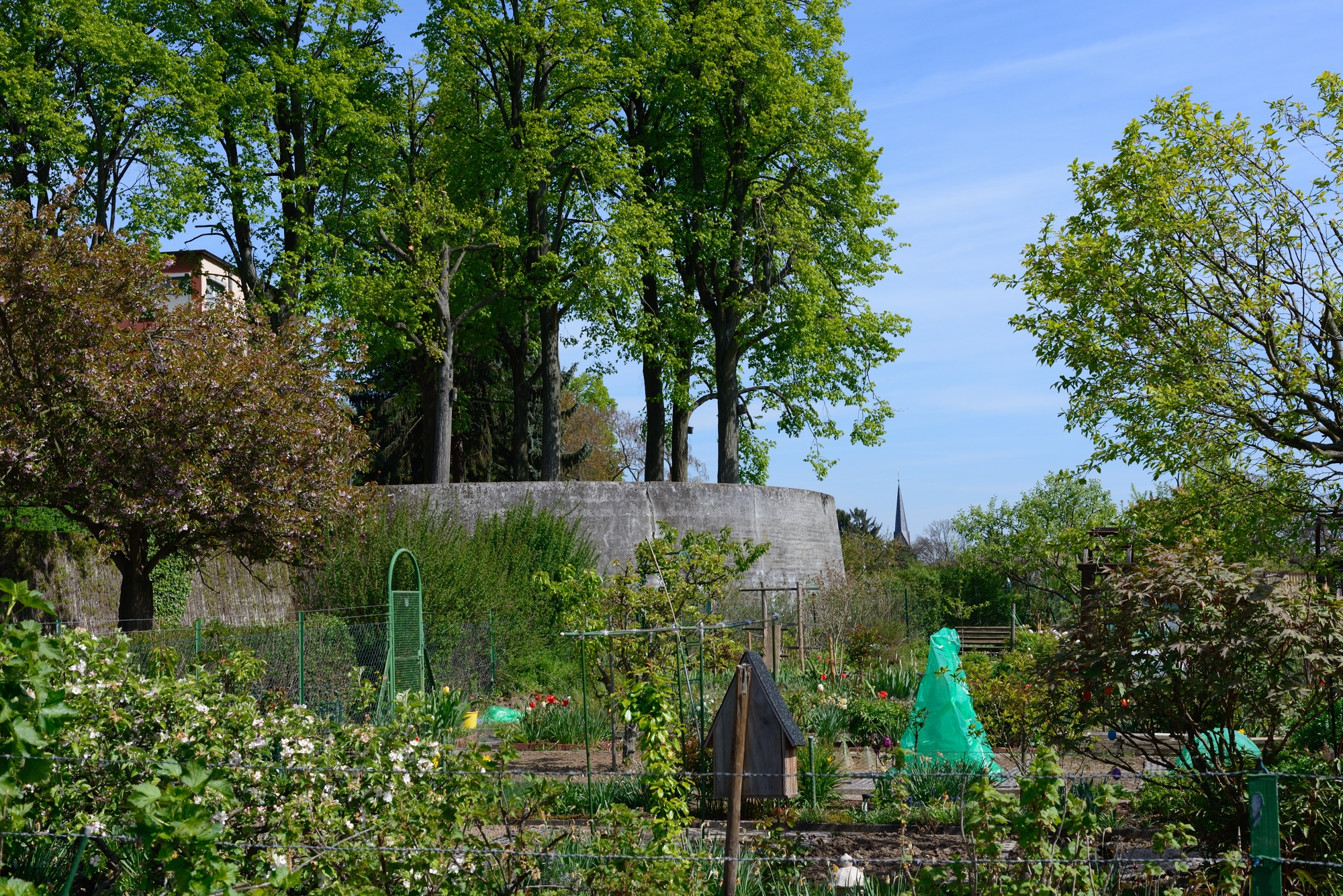
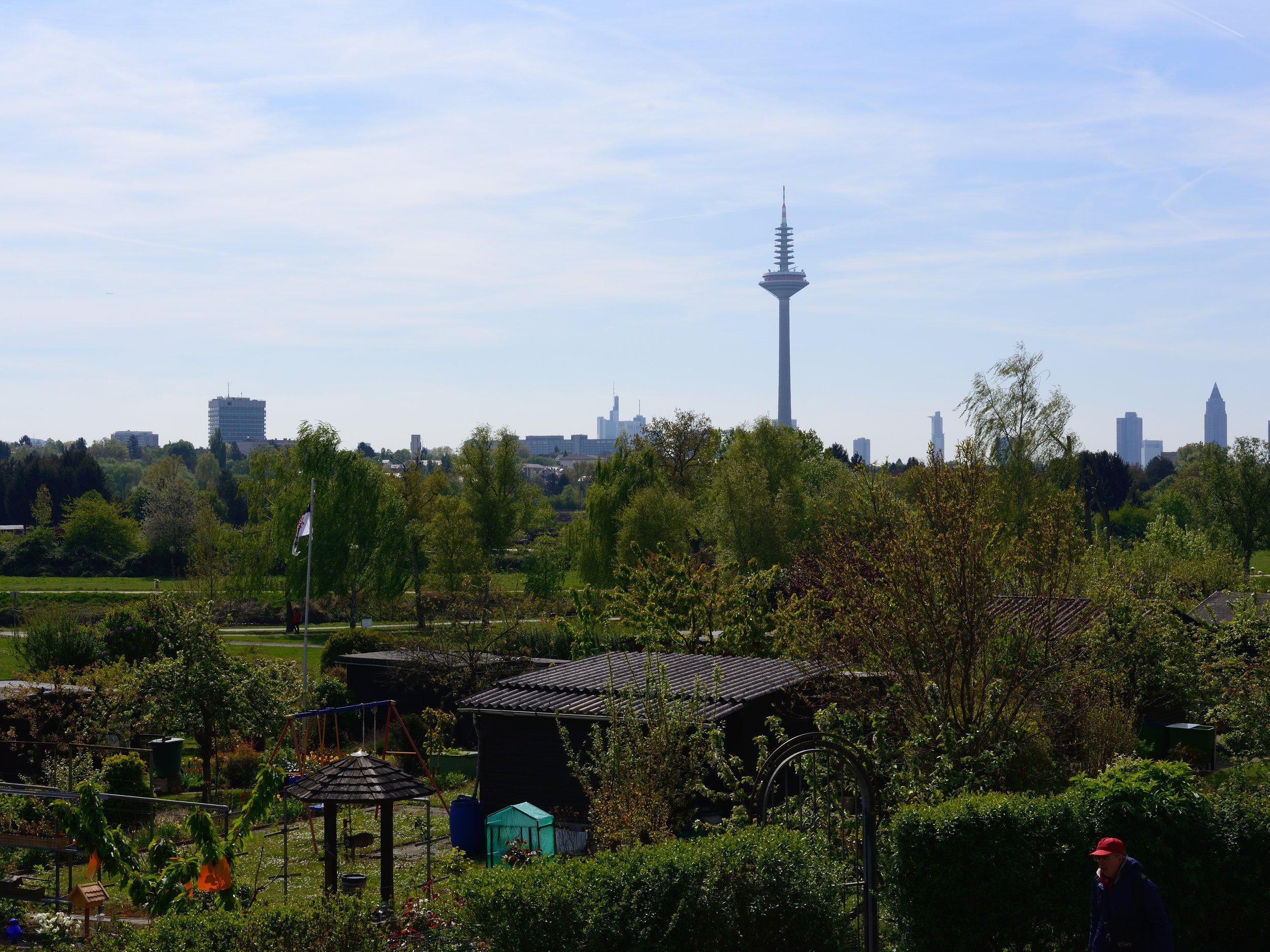
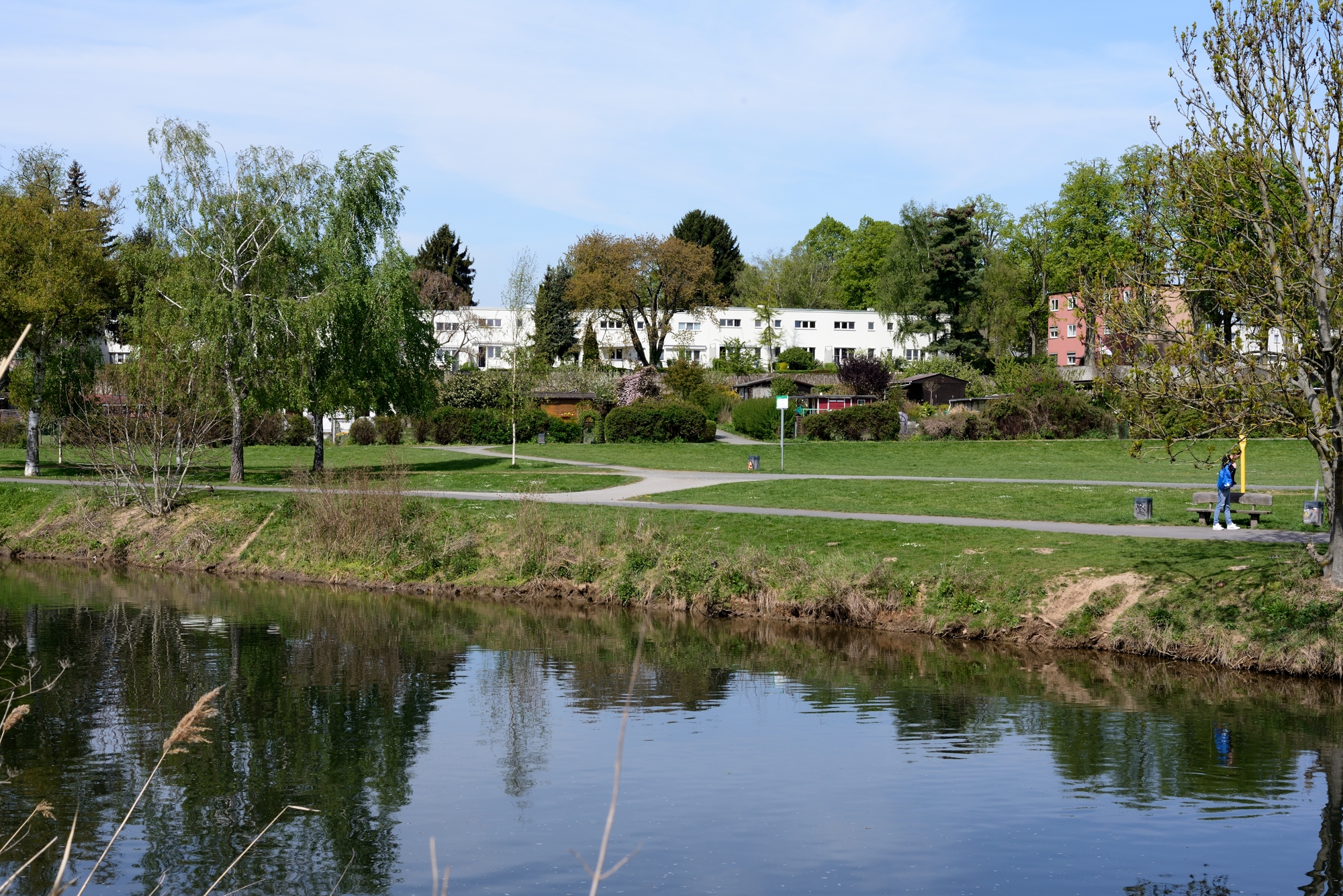
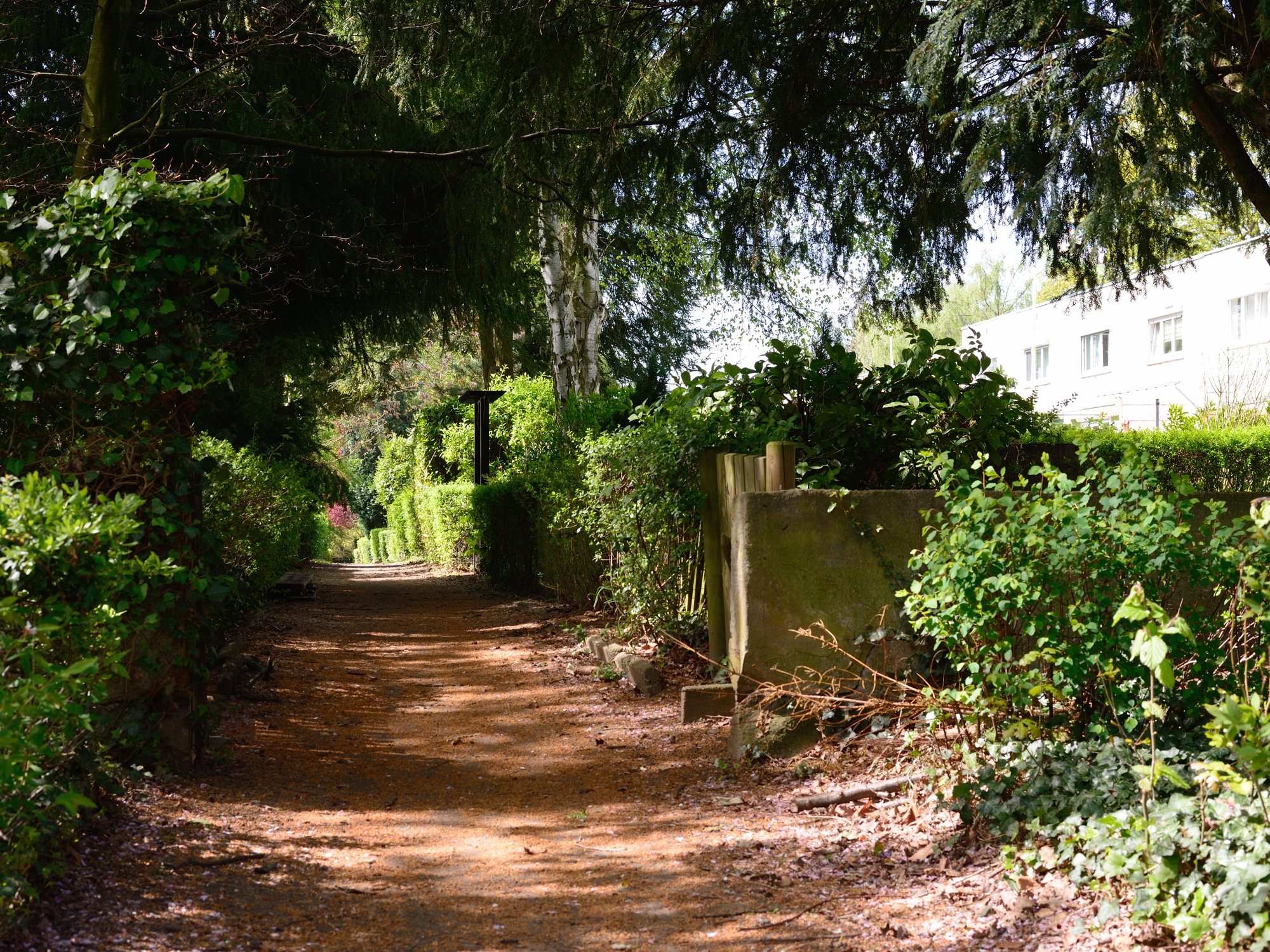
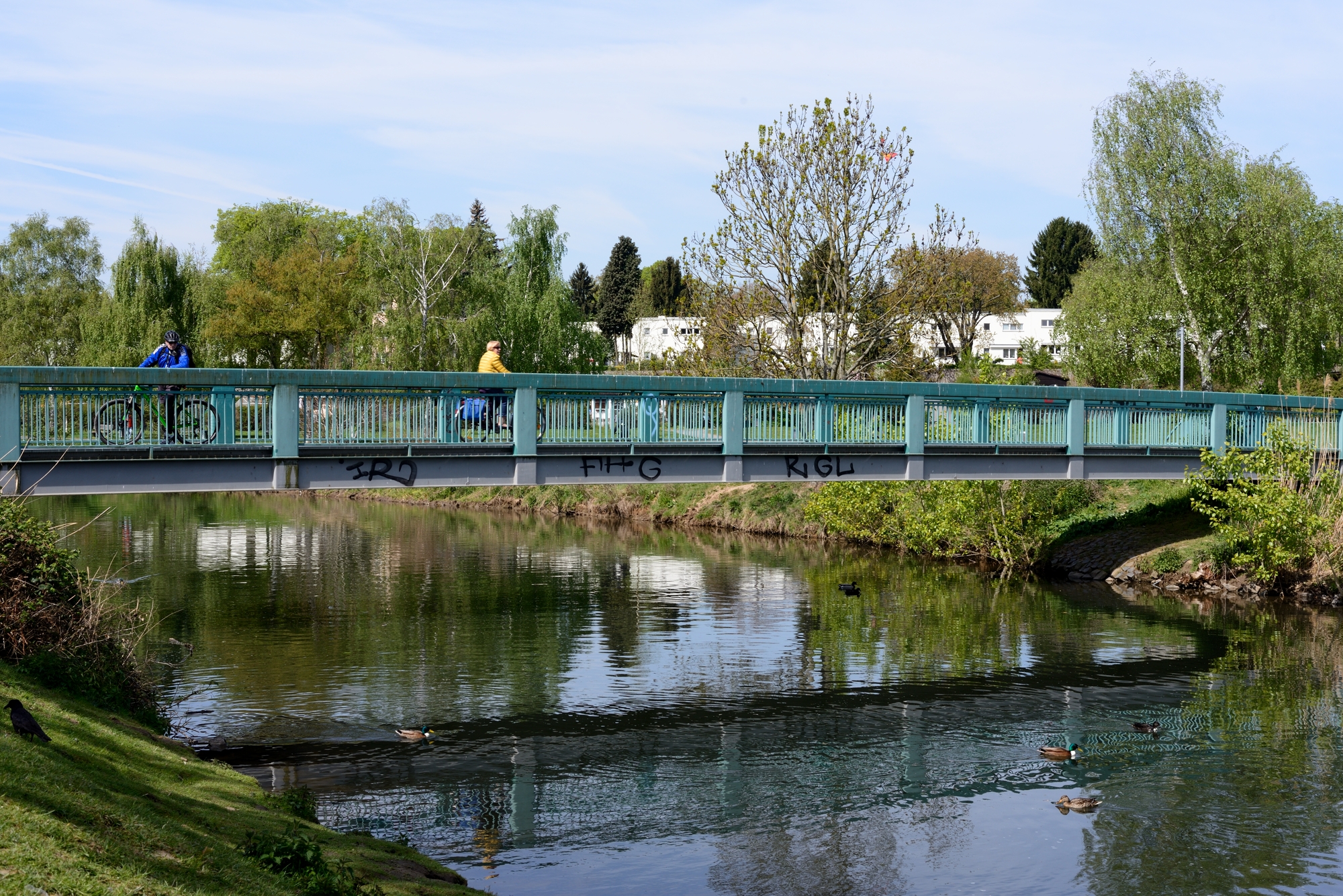
To incorporate a walk along the river, on route back to Frankfurt, turn left at Am Bubeloch and follow the river path upstream. The path will eventually take you up onto a road bridge. Turn right onto the bridge and cross the Nidda river. Turn right onto Niedwiesenstraße and then left onto Am Brückengarten. Turn left at the T-junction, at the end of Am Brückengarten, and you'll see some steps leading up. Follow the steps up and you'll find yourself on a busy road (Am Weißen Stein). Turn left and you'll see the S-bahn station Eschersheim. Turn right and follow the road down toward the U-bahn stop called Weißer Stein. This stop is served by the U1, U2, U3 and U8 trams. For a treat head to the Lido ice cream cafe, just behind the U-bahn stop. They make the ice cream on-site and the quality is top notch.
For cyclists
The cycle along the Nidda river, from Frankfurt heading north east is lovely. There is a small bridge at Am Bubeloch allowing you to cross over into Römerstadt where upon the Schrebergartens and Ernst May housing is directly ahead of you. Turn left at Am Bubeloch and follow the Nidda downstream and under the road bridge. The ernst-may-haus is across the fields heading north away from the river. After visiting Römerstadt head back to the river turn left and follow the Nidda upstream to Bonames and it's old airfield to rest and grab a bite to eat at the fabulous Tower Cafe.
Walking Frankfurts old city walls
The medieval city walls of Frankfurt no longer stand today. Instead there is a beautiful park, the Wallanlagen, that follows the path of the old walls and makes for an interesting and varied 5km walk. Look at any map of Frankfurt and it's easy to spot - it's the ring of green that surrounds the city centre and, at the southern edge, follows the river bank.
The ring of pale green is the former site of the medieval walls and today is a park.
Constructed in 1343 the wall was up to eight metres high and three metres thick with a wide moat fed by the River Main. In the above map the blue line is the path of the wall, meanwhile the battlements are indicated by the yellow and black line. By the early 1800's the defensive walls were officially de-commissioned and the city planners approved the construction of a city park. The walls were dismantled between 1806-1812 and the area landscaped using designs by Sebastian Rinz.
There is plenty to see in the park. Small lakes provide for birds, children's play areas are plentiful along the eastern section of the Wallanlagen and there are some iconic sights such as the Euro sign and medieval Eschenheimer tower.
Euro Sign by the former ECB headquarters, at Willy-Brandt Platz (Gallusanlage)
Cafe's and other highlights around the Wallanlagen
Starting from the eastern side, where Obermainanlage meets the river, and heading north the park has the air of an English garden. Along the way you'll notice a small lake and sculptures, plus a few children's play areas so the kids can enjoy the park too.
As you reach the Zeil intersection there is the Haus Bar which opens in the evenings from 18:00. Very close by is Main Gold, a cafe and restaurant open from 10:00.
As you carry on walking around the park there is another larger lake with weeping willows. If you cross over the road (Friedberger Anlage) at this point you enter Bethmannpark with it's beautiful Chinese garden.
Heading back into the Wallanlagen, another key sight is the Italian sunken garden just before the Eschenheimer tower. Cross over the road into the next section of the Wallanlagen and at this point there is another cafe, "Good times for good people", which is great for lunch and coffees.
Continue on to see the small garden house, the Nebbiensches Gartenhaus, which hosts regular exhibits by local artists. Walk past the lake and you are at Opernplatz. Carry on through to the Taunusanlage section of the park, and here you will find sculptures dedicated to Beethoven, Schiller, and Heinrich Heine, as well the Museum of Modern Art (MMK). After the MMK the large Euro sign is impossible to miss. Another 200 metres south and you are at the River Main and have completed a walk around the Wallanlagen.
Concerts at Commerzbank Arena - Frankfurt
If you're lucky enough to be seeing Erasure and Robbie Williams this summer (July 19th 2017), or one of the many concerts hosted at the Commerzbank Arena in Frankfurt then here are some tips on making the most of your time in the city.
Where to stay
Frankfurt is a great place, despite what people say, with lots of history, restaurants, bars and museums. Many concerts take place at the Commerzbank Arena (aka the Stadion) which is situated south of the city and served by good transport links so staying centrally in Frankfurt is a good option (take the S-bahn: S8 or S9 or tram line 21). Two convenient locations are the Bahnhofsviertal and Innenstadt. The Bahnhofsviertal is literally by the main railway station and offers a lively, slightly raw side of city life. However, the Bahnhofsviertal is not in the historic heart of Frankfurt. To be in the centre of town, near the shops and old town, you need to stay in the Innenstadt. The S8 and S9 run right through the Innenstadt, stopping at Hauptwache and Konstablerwache, so it offers very easy access to the Commerzbank Arena on concert night! This link has a map of central Frankfurt and tells you a little more about key hotel areas.
For public transport details go to the RMV web page. The local Station for the Commerzbank Arena is called "Stadion"
Commerzbank Arena, bottom centre of the map. Frankfurt city is to the north.
Things to do in Frankfurt
Firstly, consider a walking tour. Frankfurt is very historic but during World War 2 the medieval heart was destroyed and taking with it the memories of it's past. However Frankfurt is doing an amazing job of recreating some of it's old buildings and a walking tour highlights the best features. This links offers lots of other ideas for what to do during your time in Frankfurt. Another page worth checking out is the monthly update of events happening in Frankfurt.
Farmer's Markets
If you're only in Frankfurt for one day the key highlight has to be the Kleinmarkthalle. Buy some edible treats from the stalls downstairs and then take them upstairs to the Rollanderhof where you can buy a glass of wine, sit down and enjoy your purchases. If you are in Frankfurt on a Thursday or Saturday an alternative is the Konstablerwache farmer's market, and on a Friday, the Schillerstraße market. Both have plenty of places to buy snacks, offer various wine stands and of course the famous Frankfurt apple wine! What, you've never heard of apple wine? Here's a link offering some details on this famous Frankfurt beverage.
Places to eat and drink
This link lists some restaurants in the centre of Frankfurt and also recommends a few apple wine taverns, a speciality of Frankfurt, mainly south of the river in Sachsenhausen (take the S-bahn or U-bahn to Südbahnhof or tram lines 15, 16. Alternatively the tram lines 14, 18 to Frankensteinerplatz)
If you're staying near the main railway station, the Bahnhofsviertal, a few additional restaurants and bars are listed below:
Urban Kitchen - a general all rounder restaurant and bar.
Central Grill - a cheap and good Turkish grill restaurant.
Saravanaa Bhavan - excellent vegetarian Indian food. Dosa's are the best in Germany!
Chez Ima - trendy eaterie and bar. It gets busy so book via OpenTable.
Maxie Eisen - another trendy bar. Why pay 4€ forglass of wine when you can pay 7€!
Walon & Rosetti - nice eats and a bar that's not too noisy.
How to spend one day in Frankfurt
Things to do on a sunny day
Download an Audio Tour and enjoy a self-guided walking tour taking in all the main central sights, or buy the Walk Frankfurt book, paperback and kindle formats, available on global Amazon sites. This blog page highlights all the main Frankfurt attractions which are typical during a Walk Frankfurt tour.
Simply relax along the River Main and watch the World pass by. On the south bank of the river, during the summer months, boats are moored by the Eiserner Steg where you can buy a coffee, beer or whatever you fancy. By the Untermainbrücke there is also the Maincafe, right on the river bank, with lots of outdoor seating.
Join in with local life at the farmer's markets. On Thursday and Saturday the market is hosted at the Konstablerwache. On Friday there is a market on Schillerstraße (09:00 - 18:30), right outside the Stock Exchange (Börse).
Take a 100 minute Primus Line cruise up and down the Main river. The boats offer refreshment on board and a cool breeze on a hot day.
Go for a walk around the Frankfurter Wallanlage. The ring of parkland that surrounds the city centre follows the old path of the 14th century city battlements and is approximately 5km long with interesting art and artefacts to see on the way.
Walk east along the northern banks of the River Main towards the European Central Bank. There you will find a cafe/restaurant Oosten, with great food and a sunny terrace.
Enjoy cafe life in Frankfurt city centre. This link suggests a few places to hang out and look like a real local.
Things to do on a rainy day
Visit the multiple museums in Frankfurt - if you are going to use the public transport consider the Frankfurt Card which gives you free travel and 20% discount on entry to many museums and attractions. If you don't need transport then consider buying a Museums Card. Once bought it will give you free entry into all of Frankfurt's museums for two days. For more information on museums pricing and buying tickets see this blog post on Frankfurt's museums.
Visit the churches - the Kaiserdom, Alte Nikolai and Katherinenkirche are all very centrally located and welcoming. Paulskirche hosts a permanent, free, exhibition dedicated to the first National Assembly of 1848 and has an amazing mural by Johannes Grützke.
Head to the Kleinmarkthalle, browse the stalls including the famous Schreiber stall serving freshly boiled sausage, snack on regional produce, or go upstairs to the first floor and sample a glass of local Riesling at the Rollanderhof.
Go and see the 16th century fresco in the Karmelitekloster. Entry is free and you can hire an English audio guide for 2€ from the reception desk with 90 minutes of information about the fresco and the artist, Jörg Ratgeb.
Take a look around a German concept shop called Manufactum, opposite the Alte Oper on Reuterweg. The shop stocks a variety of different objects and has a tasty cafe too.
Walking around old Sachsenhausen (Alt Sachsenhausen)
Old Sachsenhausen, south of the river, is a unique part of Frankfurt. Today the area comes alive at night, crammed as it is with bars, clubs and apple wine taverns but take a closer look and you will notice traditional cobbled streets, gas lamps and old medieval houses.
Große Rittergasse, Sachsenhausen in Frankfurt
First mentioned in a document back in the 12th century, old Sachsenhausen became the place where the fishermen, weavers, and the other poorer classes lived. The area survived the devastation of the second war and today offers a glimpse into the Frankfurt of old.
The easiest way to get to old Sachsenhausen is to walk cross the Alte Brücke (notes on other routes are at the bottom of this page). Once on the south side of the river, look in the direction of 10 o'clock and you'll see a side street (Große Rittergasse) running behind the youth hostel. Follow the side street and you'll suddenly find yourself standing next to the Kuhhirtenturm, the cowherds tower. Today it serves as a museum dedicated to the composer Hindemith, who converted the tower into accommodation and whose family lived here from 1923 until 1943. Only open on Sundays, it a great little museum offering information in English and German. The link above offers more details.
Kuhhirtenturm, now a museum to the composer Hindemith, open on Sundays.
Wander along Große Rittergasse. Many of the bars and building you see are old timber frame houses but the facades were covered over in a post war attempt to modernise the rickety old buildings. At the junction of Frankensteiner Straße stands one of many traditional water fountains you can find around old Sachsenhausen. These pink sandstone pillars, decorated on top with statues of people, animals and, in one case, even an artichoke were meticulously restored by Georg Krämer in the 1950/60s. Every year since 1490 the local folk of Sachsenhausen host a fest (during the 3rd weekend in August) to celebrate the fountains and their vital source of water.
If you are in the mood for a coffee stop by the Libertine cafe which offers home-made cakes in the afternoon. It also offers breakfast and in the evening the cafe becomes a trendy bar!
Next, wander up the cobbled lane of Kleine Rittergasse. If you're here in the evening stop by the street lamps and take a close look. Many of these old lamps are still lit by gas, if you're not sure whether it's a genuine old lamp or not, have a listen and you'll hear the gentle hiss of gas. Near the top of Kleine Rittergasse, turn left into what looks like a dead end. Ahead of you is the back entrance to "Lorsbacher Thal" one of the traditional apple wine taverns, with a good reputation too. An idea place to stop and enjoy traditional fare such as Handkäse, grüne Söße and of course, apple wine.
Never heard of apple wine? More information is available on my apple wine blog post, but back to the business of old Sachsenhausen...
From the back entrance of the Lorsbach Thal, you can turn the corner and head left onto Klappergasse. More old houses and gas lamps, but this lane is particularly famous for it's statue dedicated to Frau Rauscher, who spits water at unsuspecting passers-by. She was a local character, known for drinking a little too much apple wine and even has a poem dedicated to her antics, this English version isn't a direct translation but works well as a rhyme: Mrs Rauscher’s been found with a bump on her head. Whether from apple wine or her old man, at least she ain’t dead.
Summa Summarum, a great little live band venue and jazz club deep in the cellar of this old 17th century building
Wander back up Klappergasse and keep your eyes open for brass apples in the cobble stones which are a nod to the apple wine heritage of the area. At the end of the street join Kleine Rittergasse and walk towards Paradiesgasse. Turn left and in 30 metres turn left again onto Neue Wall. Here you find more apple wine taverns, the two best being Klaane Sachsenhäuser with it's lovely courtyard and Daheim in der Affentor Schänke. Alternatively, turn right and cross over the road into Wallstraße for the opportunity to explore more of Sachsenhausen as detailed in my other blog post, Konstablerwache to Sachsenhausen.
Brass apple depicting the trail through old sachsenhausen
Map and directions
Alt Sachsenhausen
A larger map detailing highlights of this blog is linked here. To get to old Sachsenhausen using public transport, take tram number 14 or 18 and alight at Frankensteiner Platz, or take the S-bahn or U-bahn to Südbahnhof and exit via Diesterwegplatz.
If you are in the area, don't forget the flea market, held every fortnight on a Saturday along the Museumsufer. Click on this link for up to date information.
The Museumsufer, which runs along the south bank of the river Main, offers plenty of museums to visit. This museums link will tell you more.
Frankfurt: from Konstablerwache to Sachsenhausen
January, February and March are cold months in Frankfurt. Even so it's still possible to explore and, by browsing a shop or two or enjoying a new cafe, you get the chance to intermittently warm up. The walk I'm suggesting for such a Winter's day takes you into what appears to be an unassuming part of town, filled with 1950's post war architecture but delivering some lovely cafes, galleries and views which you might otherwise never notice. The walk is simply a straight line from north to south and over the river.
Starting at Konstablerwache, if it's Thursday or Saturday you have the chance to peruse the farmers market, eat a bratwurst and have a glass of Glühwein from one of the wine stalls. From Konstablerwache head south, down Fahrgasse.
Fahrgasse, starting at Konstablerwache in the heart of Frankfurt
Within 100 metres, you'll notice a large wall on the left hand side of the street. It's a fragment of the old medieval wall from the 12th century, the Staufenmauer. It also served as the northern entrance to the Jewish Ghetto, the Judengasse, decreed in 1462 and the first Jewish ghetto in Europe. Destroyed in the late 1800's, nothing remains of the ghetto today.
An der Staufenmauer, at the junction of Fahrgasse and Töngesgasse
Carry on heading south and the first half of Fahrgasse has a variety of Asian stores and if it's lunch time you might want to stop by one of the authentic restaurants, e.g. Mikuni, and have a bite to eat. If you prefer a coffee then carry on down Fahrgasse, crossing over Berliner Strasse and towards the river. This half of Fahrgasse has antique shops and galleries on both sides of the street that are worth a browse.
Part way down the street, on the right hand side, is a small street called Weckmarkt. At the very entrance of this street is a modern jewellery store called "feinform" which offers some interesting contemporary pieces and is worth a peek. Back onto Fahrgasse and a little further south is a whiskey shop, Whiskey for Life which is every whiskey drinkers dream. If you're lucky you might catch a tasting. Opposite on the other side of the street is the Holy Cross Brewing Society, reputedly one of the best coffee stops in town. In fact, you're spoilt for choice for places to relax and eat in this area. Check out Cafe Sugar Mama , Naiv and Langosch.
If you're not quite ready for a stop then walk to the end of Fahrgasse and onto the Alte Brücke. As you step onto the bridge look to your left to see the fine statue of Karl der Grosse, aka Charlemagne. He was the King of the Frankish tribesmen and the first person to be crowned Holy Roman Emperor. He's also gave Frankfurt it's name which means, 'the ford of the Franks'. As you cross the bridge, take in the view of the ECB, European Central Bank on the left hand side and get your camera ready for the classic 'Skyline' view of Frankfurt to your right. Once over the river, keep to the left hand side of the bridge and at it's end, cross over the road (Sachsenhäuser Ufer) and head straight down the side street which is the beginning of Brückenstraße. Almost immediately you'll discover the entrance to the Ikonen Museum which has quite the collection of religious artefacts. Next door is the Deutschordenskirche. It's usually open by 12 noon, so step inside and take a look around. If it's January you're in for a special treat because the nativity scene is quite something to behold.
Ikonen Museum, Frankfurt.
From the church, continue down Brückenstraße, over the junction. You're now in the heart of Sachsenhausen. Immediately to your left is the Brücke Cafe, serving coffee, home-made cakes, drinks and meals late into the evening. Further down the street are clothing boutiques and plenty of stores for window shopping. One highlight is the Portuguese gourmet shop at number 60 - Casa de Portugal Here you can buy groceries, port, terracotta pots and freshly baked Portuguese specialities. It's a great little place. Down at this corner of Brückestraße is another great cafe, Schiller Cafe, serving breakfasts and meals all day.
Wander back up Brückestraße, and turn right (east) along Wallstraße. Again, this street hosts an array of independent shops, restaurants and in particular two classic apple wine taverns, Fichtekranzi and Atschel (Atschel is usually open at lunch time) Next door to Fichte Kranzi is a traditional pottery shop, Töpferei Maurer, selling all things pottery related to Frankfurt's apple wine scene. On Saturdays there is also Markt im Hof, a small venture hosting a couple of food trucks, apple wine tastings and an indoor canteen with innovative choices of food. It's a real favourite with the locals!
By now you've probably seen a few places where you'd like to stop, eat and relax. If you're still in the mood for exploring then look out for my next blog post which will take you across the road and into the heart of Old Sachsenhausen!
What to do on a winter's day in Frankfurt
Winters can be cold in Frankfurt and, although bright and crisp outside, it's only a matter of time before you hanker for somewhere indoors to keep yourself warm. Here are some ideas for the winter months.
Frankfurt cinemas screening films in English
Some cinemas in Frankfurt screen films in the original language, e.g. a British film in english or a French film in french, with German subtitles. Here are some recommendations for watching films in English.
Metropolis, close to the Eschenheimer Tor. Check their webpage for the up to date programme and look for films with the UK/USA flag and "screening in English" written next to it.
E-Kinos, at Hauptwache (near the Sparkasse). Original language screenings are usually on a Sunday or Monday. Scroll down the program and look for the screening times. If there is an "Original Version" screening then it will be shown at the bottom of the time list .
Mal Seh'n Kino, in Nordend on Adlerflychtstraße. Check the program; for English language films look directly under the title of the film for"englische OmU" or "amerikanische OmU" .
Harmonie cinema, in Sachsenhausen screens films in the original language on Mondays and, occasionally, on additional days. That means French films are screened in French, American films in English etc. Look out for UK/USA films and the words "Engl. OmU" which means "English with (German) subtitles."
Orfeos on Hamburgerallee occasionally screens films in the original language. An added bonus is the lovely restaurant which serves very good pre-screening dinners. To see which films are in English, check the programme for "engl. mit dt. Ut" meaning "English with German subtitles."
The English Theatre in Frankfurt
The English Theatre hosts some excellent productions. The theatre bar offers snacks and drinks and pre-ordering for interval drinks too. For post-theatre dining, Fundus on Willy-Brandt Platz stays open until midnight. This January and February 2017 the theatre is showing Spamalot. Check this link for dates, times and tickets.
Inside the Kaisersaal with it's 52 portraits of the Holy Roman Emperors
Frankfurt museums
Frankfurt's museums have regular visiting exhibits so there is always something new to see. This link offers more in-depth information on the entrance fees, a link to the official museums page and regular museum opening times (e.g. many museums are shut on a Monday). A few of the of the visiting exhibits are listed on my "Monthly events in Frankfurt" page,
City centre cultural excursions
Paulskirche on Paulsplatz is otherwise known as the "Cradle of German Democracy" it was in this building that the first Parliament was hosted in 1848. Today the church is open and free to the public and hosts a permanent exhibit. At the ground floor level text is offered in English, as well as German, and a mural by Johannes Grützke depicts, "The Path of the Representatives to St. Paul's Church." Upstairs hang the flags of the 16 states of Germany.
Attend an organ recital at the Kaiserdom (cathedral). The organ was installed in 1957 and is a spectacular instrument. Details of up and coming recitals are listed on the WALK-FRANKFURT, "Monthly events in Frankfurt" page.
Visit the Kaisersaal - The Imperial Hall displays 52 portraits of the Holy Roman Emperors from Charlemagne (Karl der Große) to Franz II. The entrance can been found on the southside of the Römer building, on Limpurgergasse. Enter through the iron gates and in the courtyard there is a machine where you pay your 2€ entrance fee. Walk up the spiral steps to enter the building. Once inside go up the next set of stairs into the Imperial Hall. Open between 10:00 - 13:00 and 14:00 - 17:00. Occasionally the Kaisersaal is closed due to private events.
Visit the Cloister (free entry) within the Institute for the History of Frankfurt, and hire an audio guide (2€) detailing the medieval frescos of Jörg Ratgeb. The institute also hosts free exhibits about Frankfurt upstairs. At present the exhibit details the development and maintenance of the Frankfurt Greenbelt.
Jörg Ratgeb frescos at the Carmelite Cloister, Institute for the History of Frankfurt
Go to the Zoo - even during the winter the Zoo is open everyday and has indoor houses as well as outdoor enclosures. Check the webpage for opening and closing times. Right now the Zoo is collecting old mobile phones to raise money for the mountain gorillas in the Congo - have a quick clear out and take your old mobile phone along!
Cafes
If you're in town then check out some of these cafes, listed in another blog post, in which to rest your weary legs and warm up with a coffee, tea or better still a hot chocolate.
--















